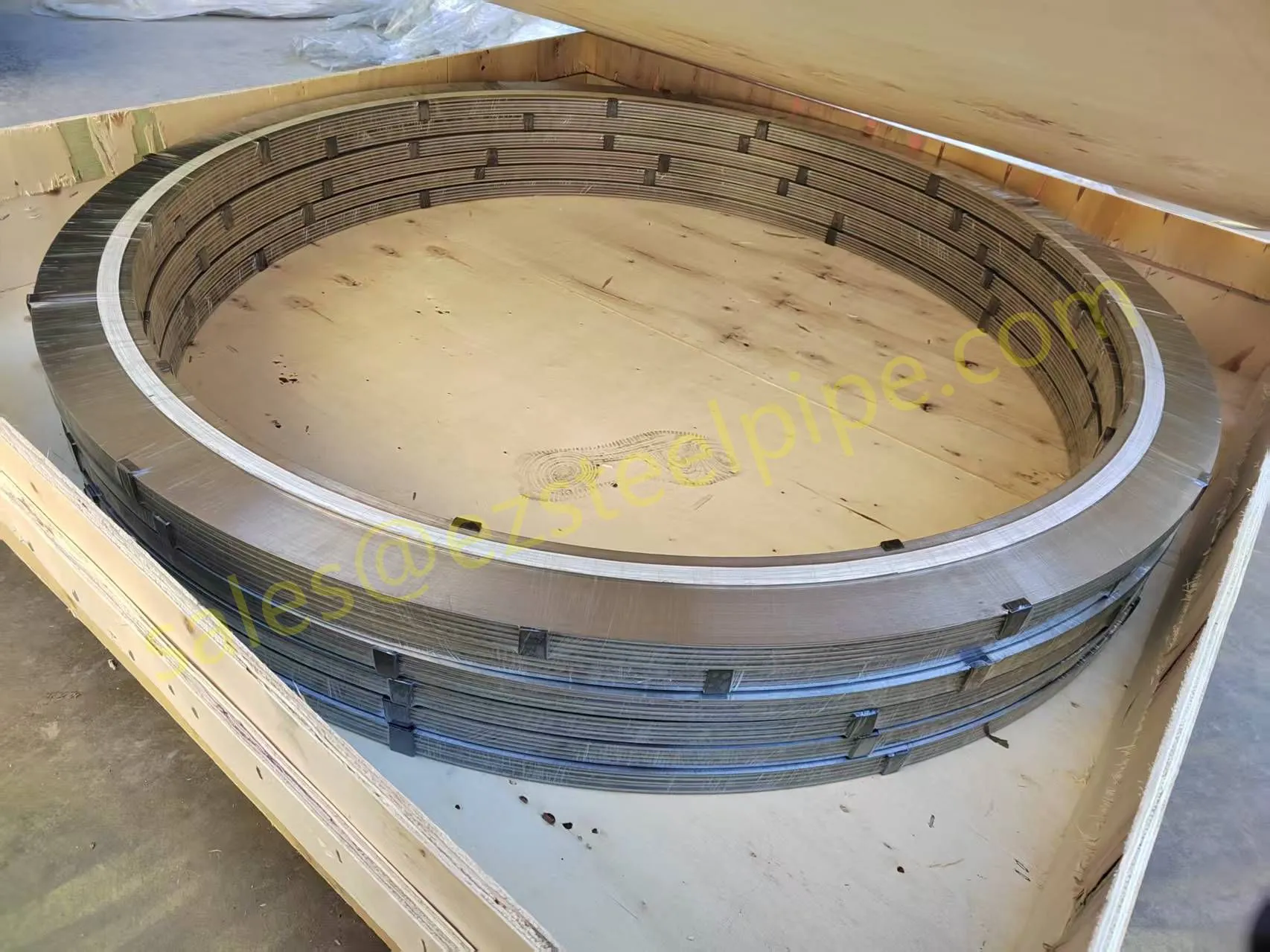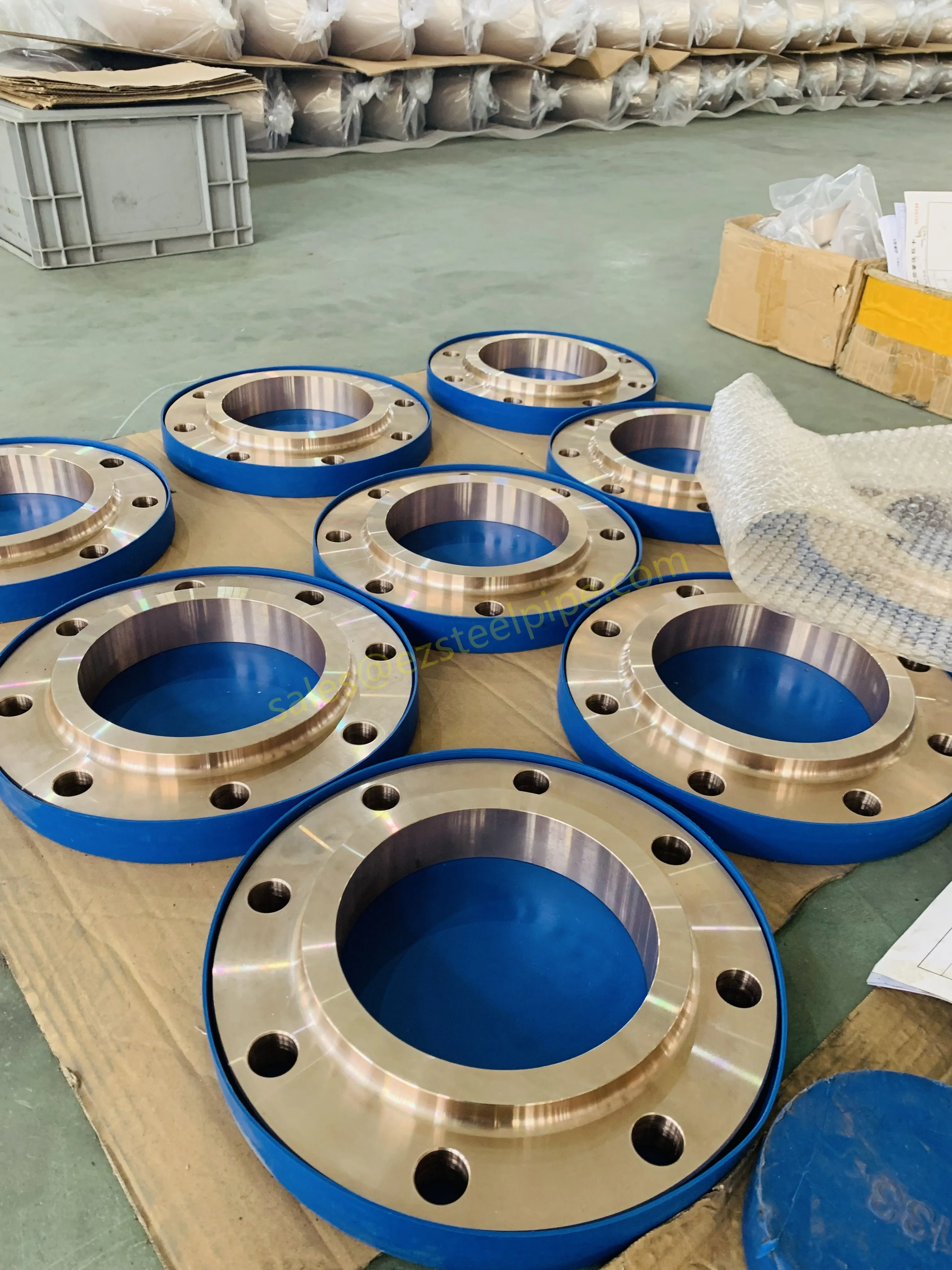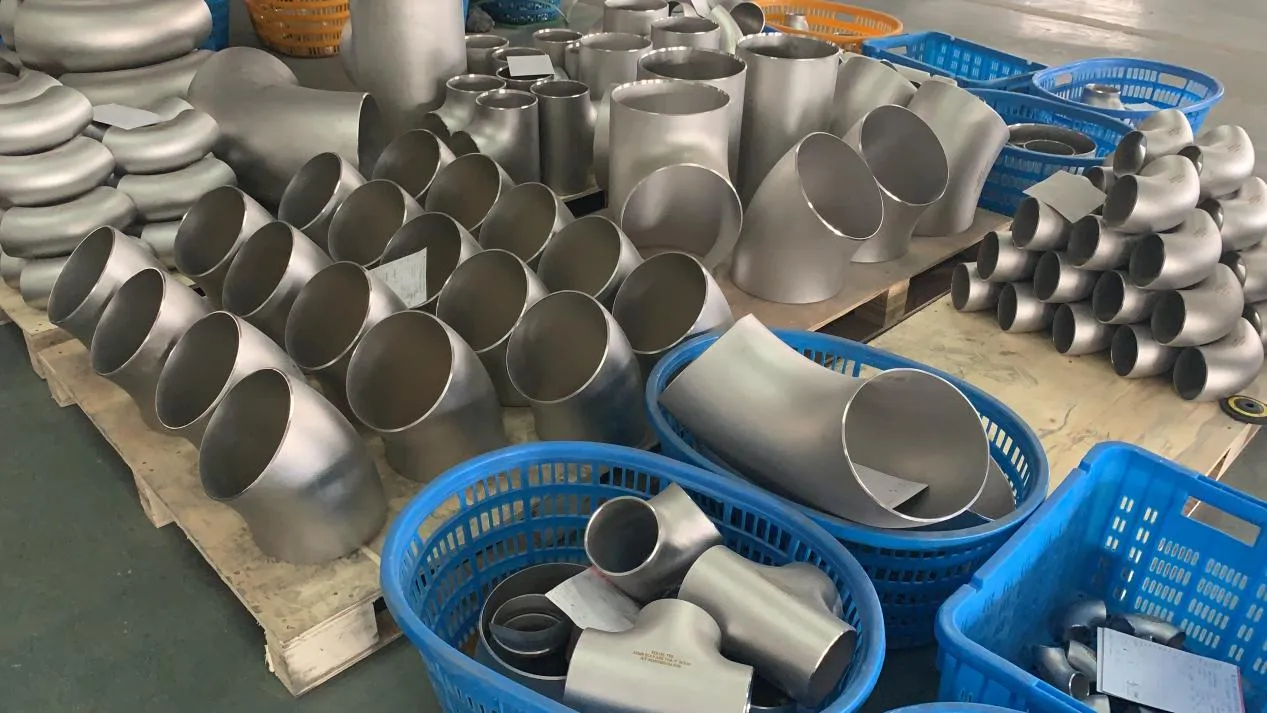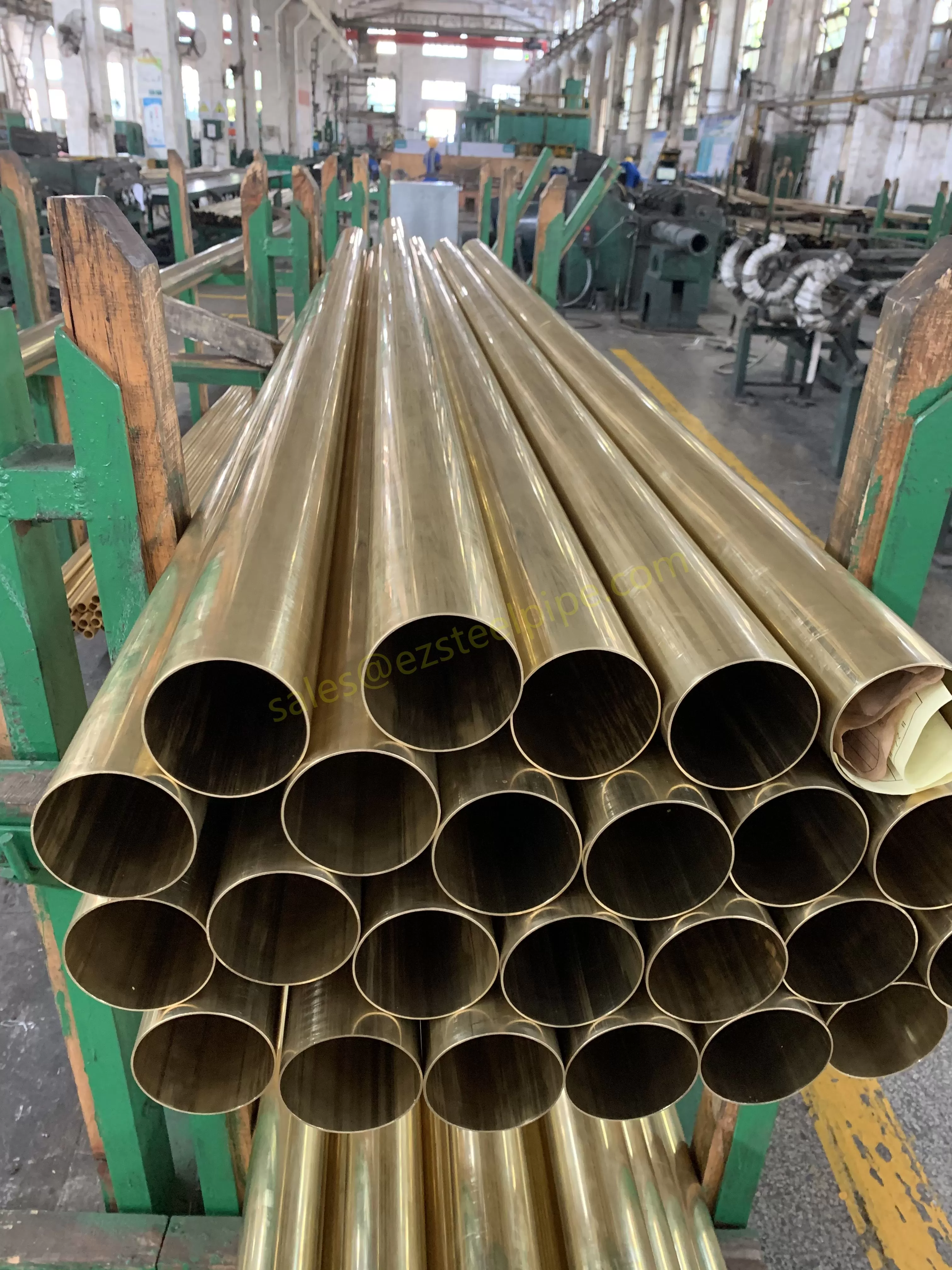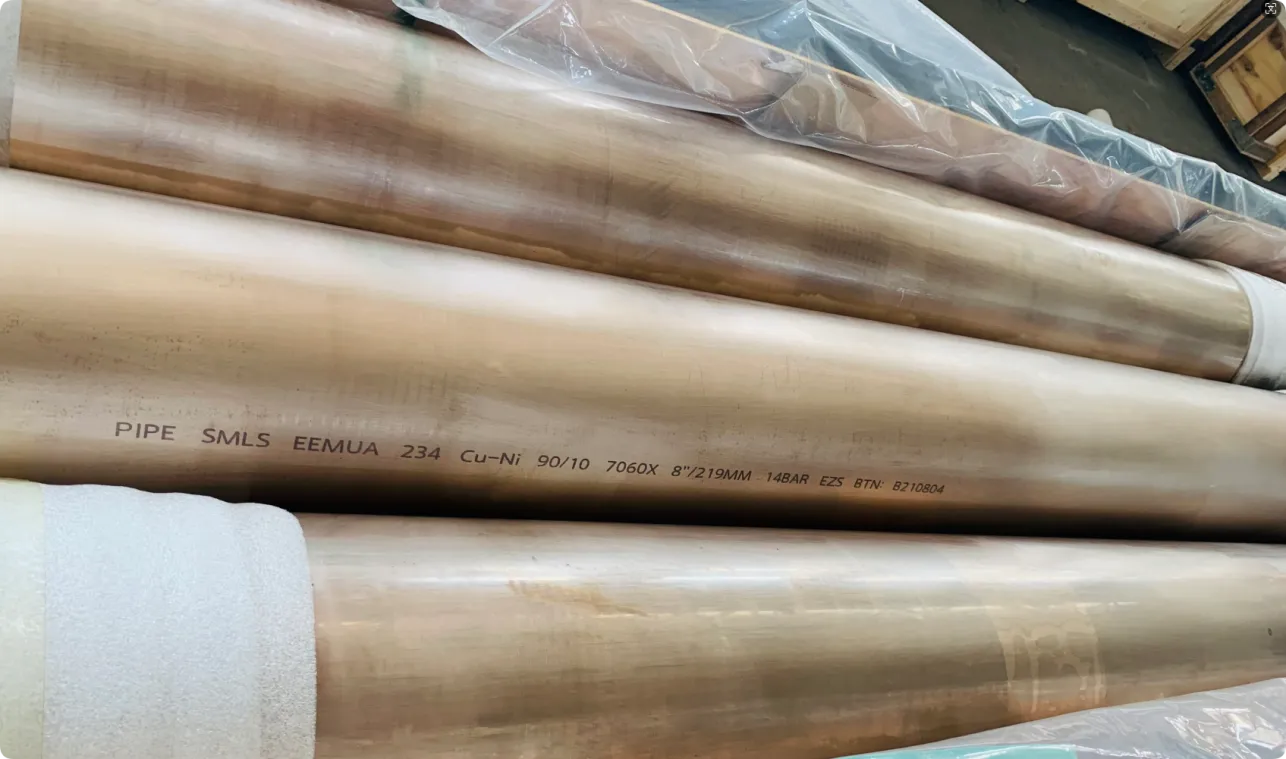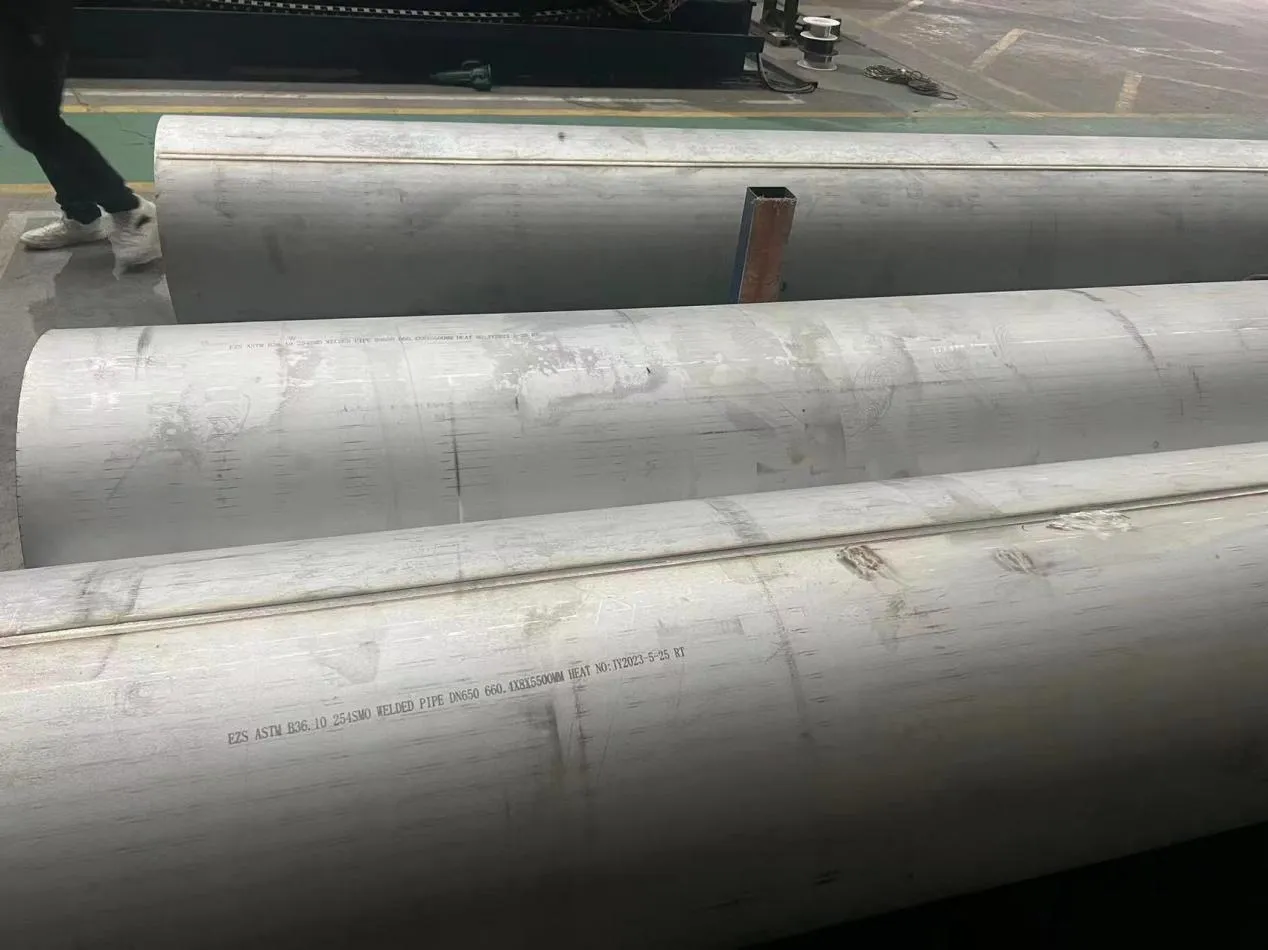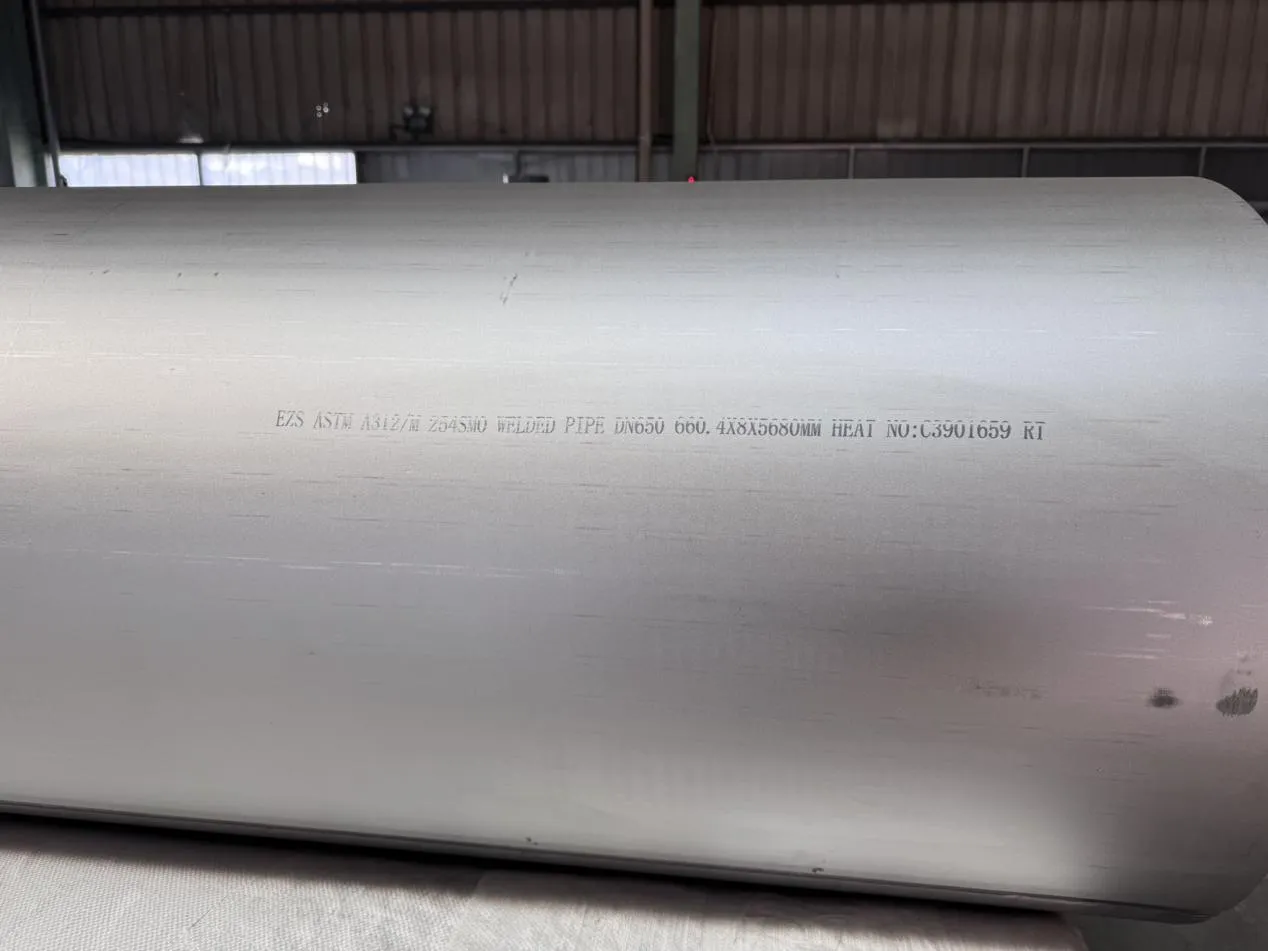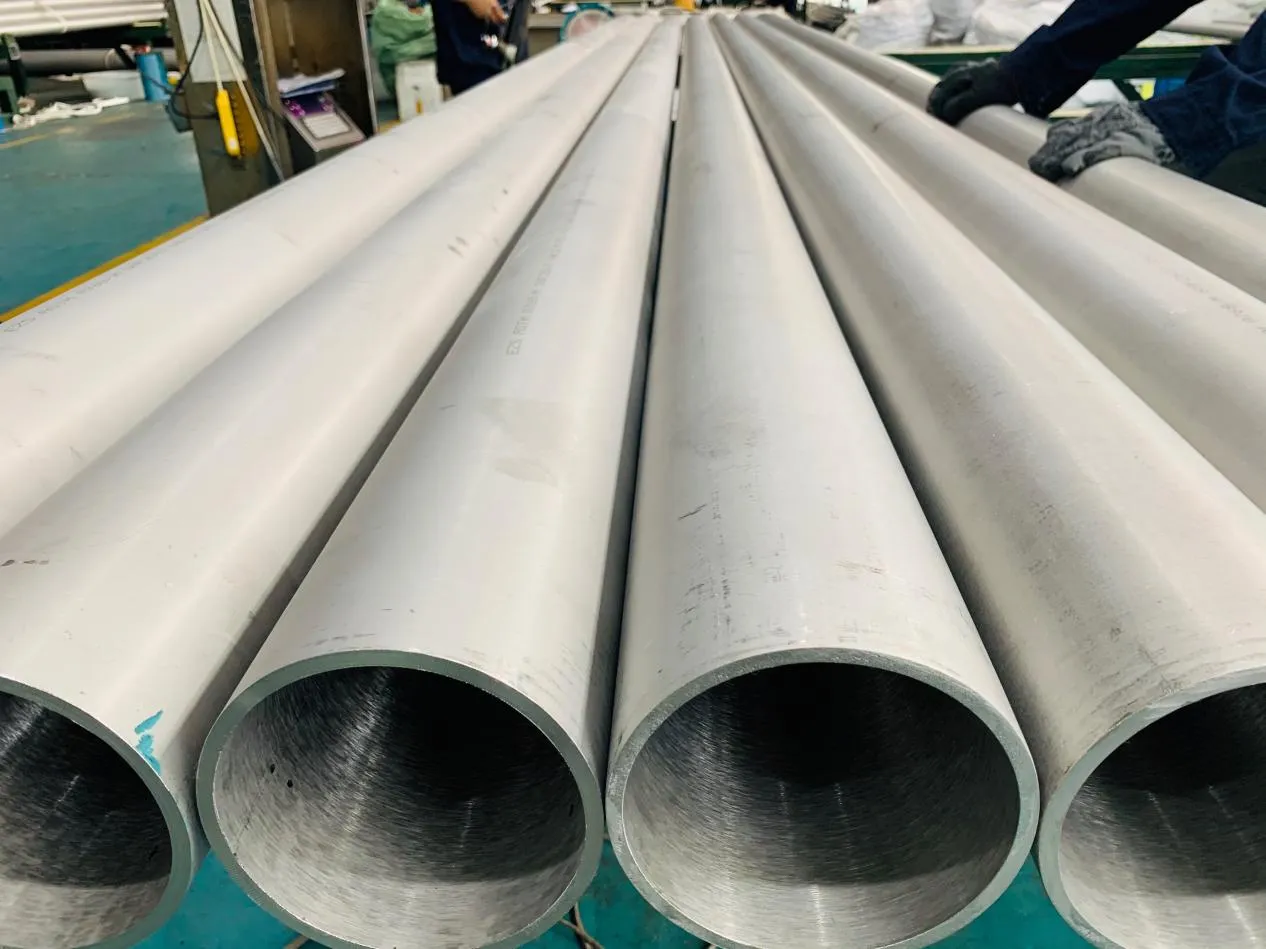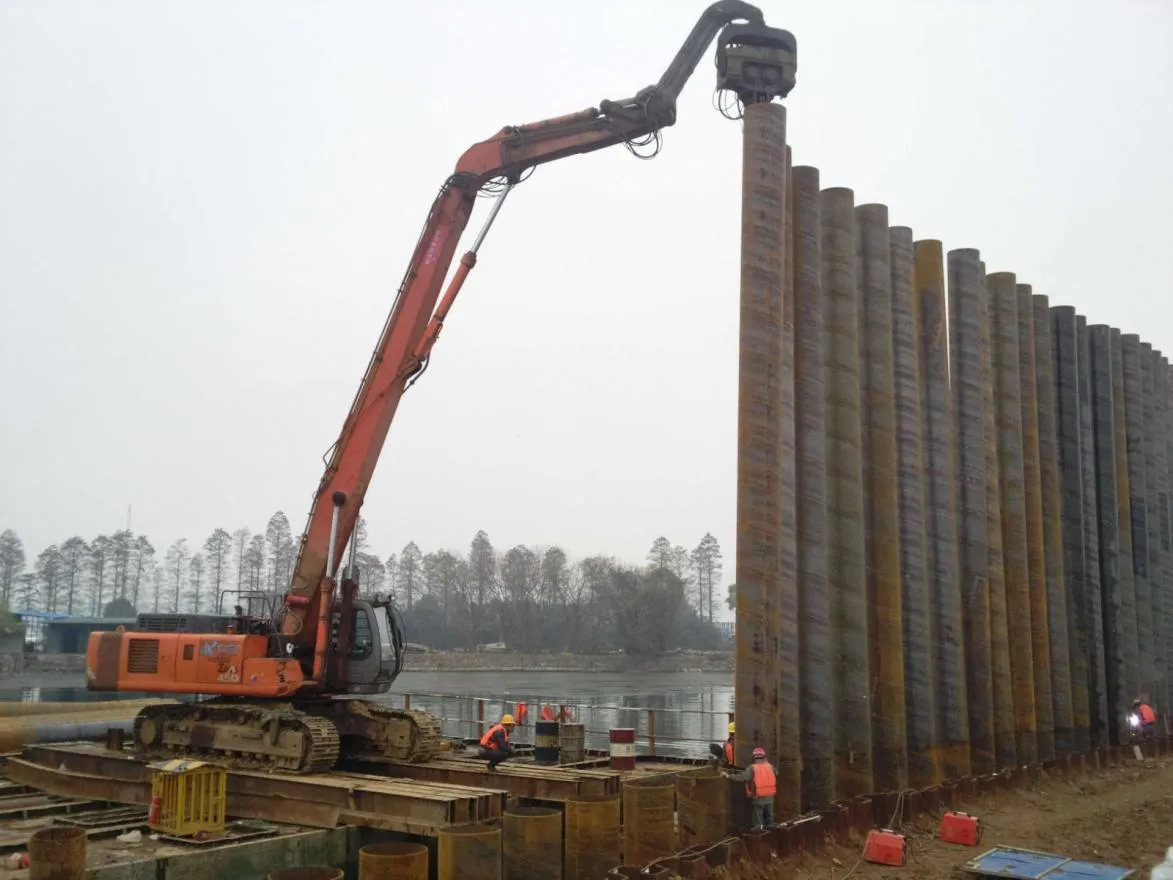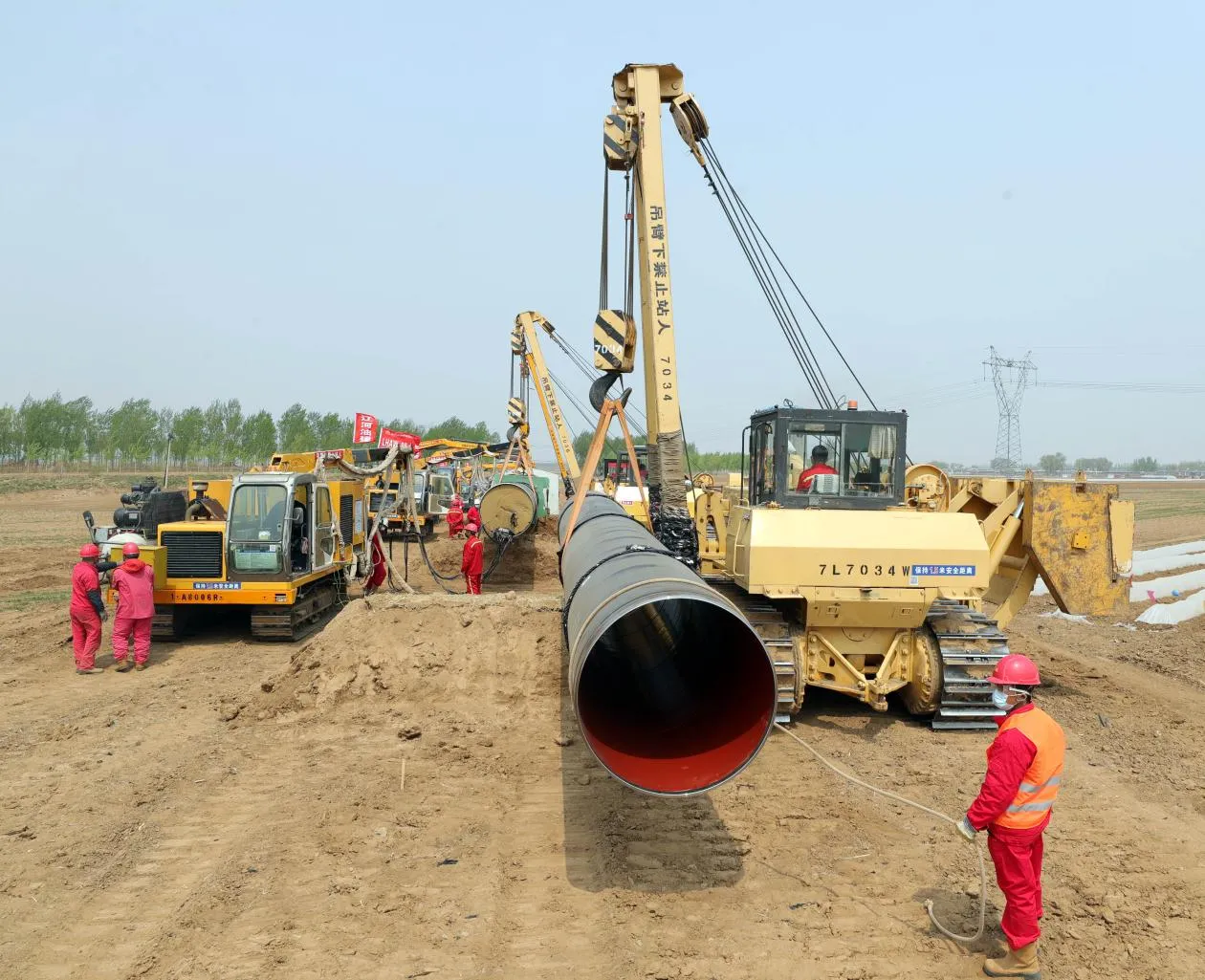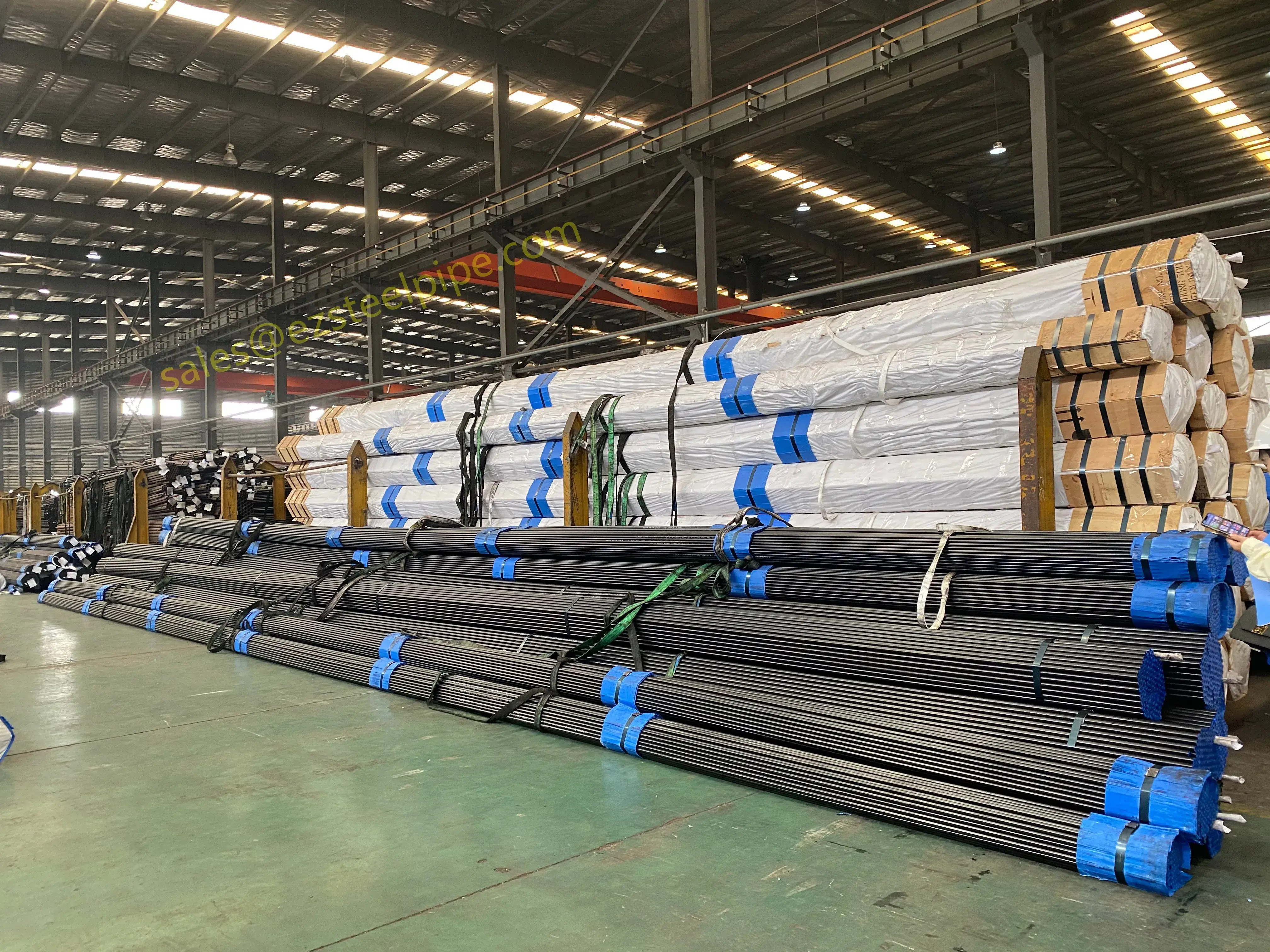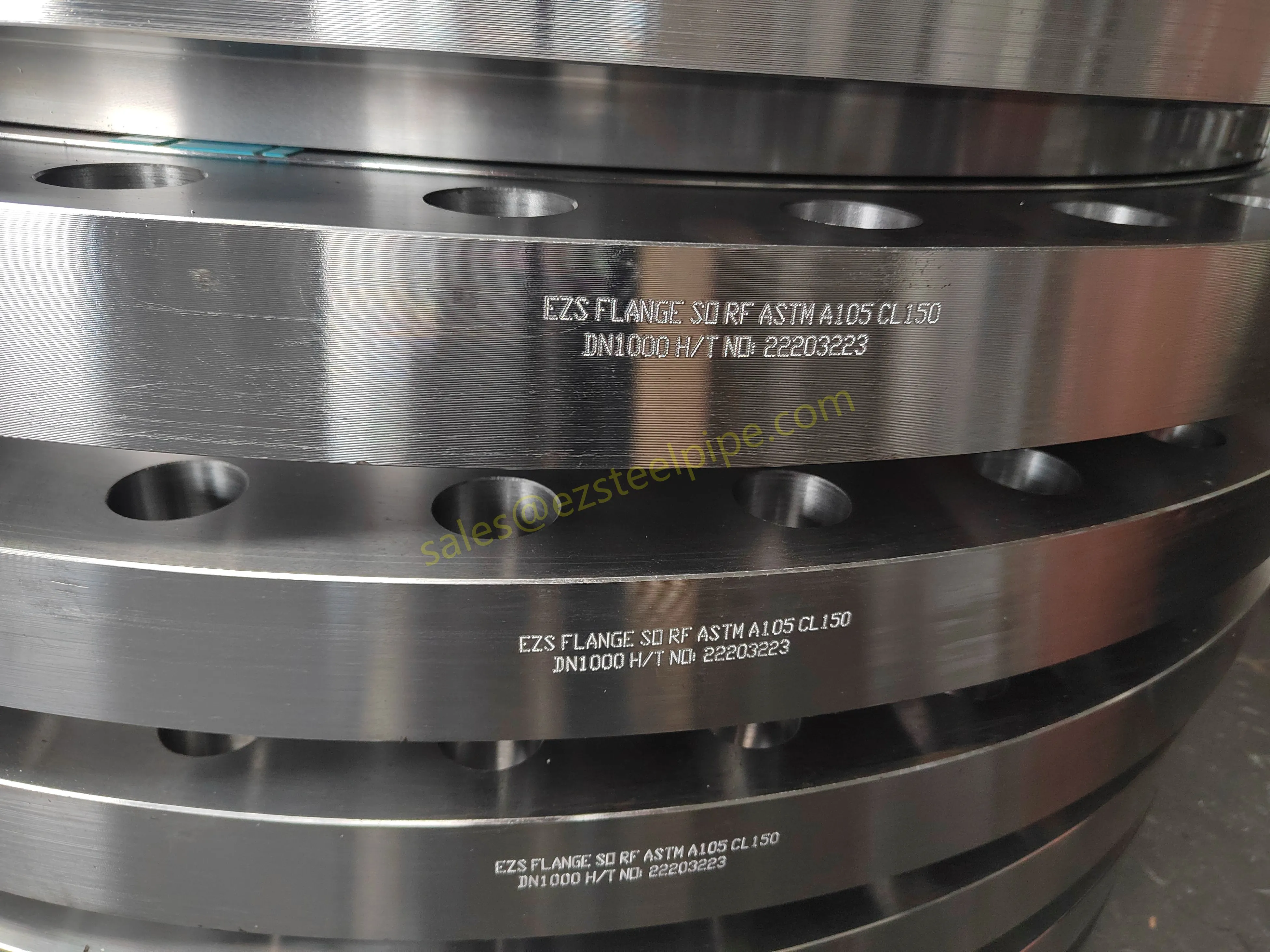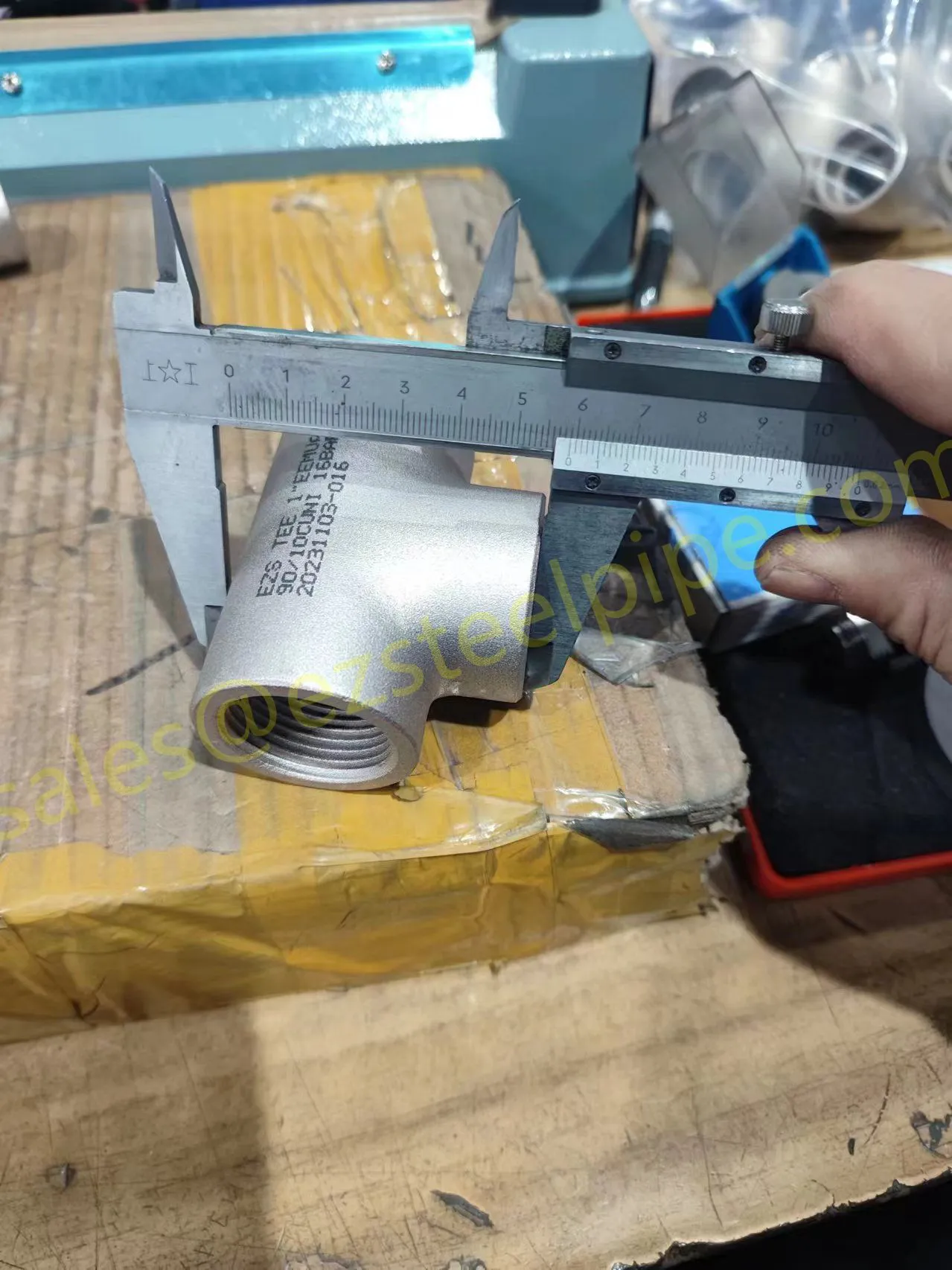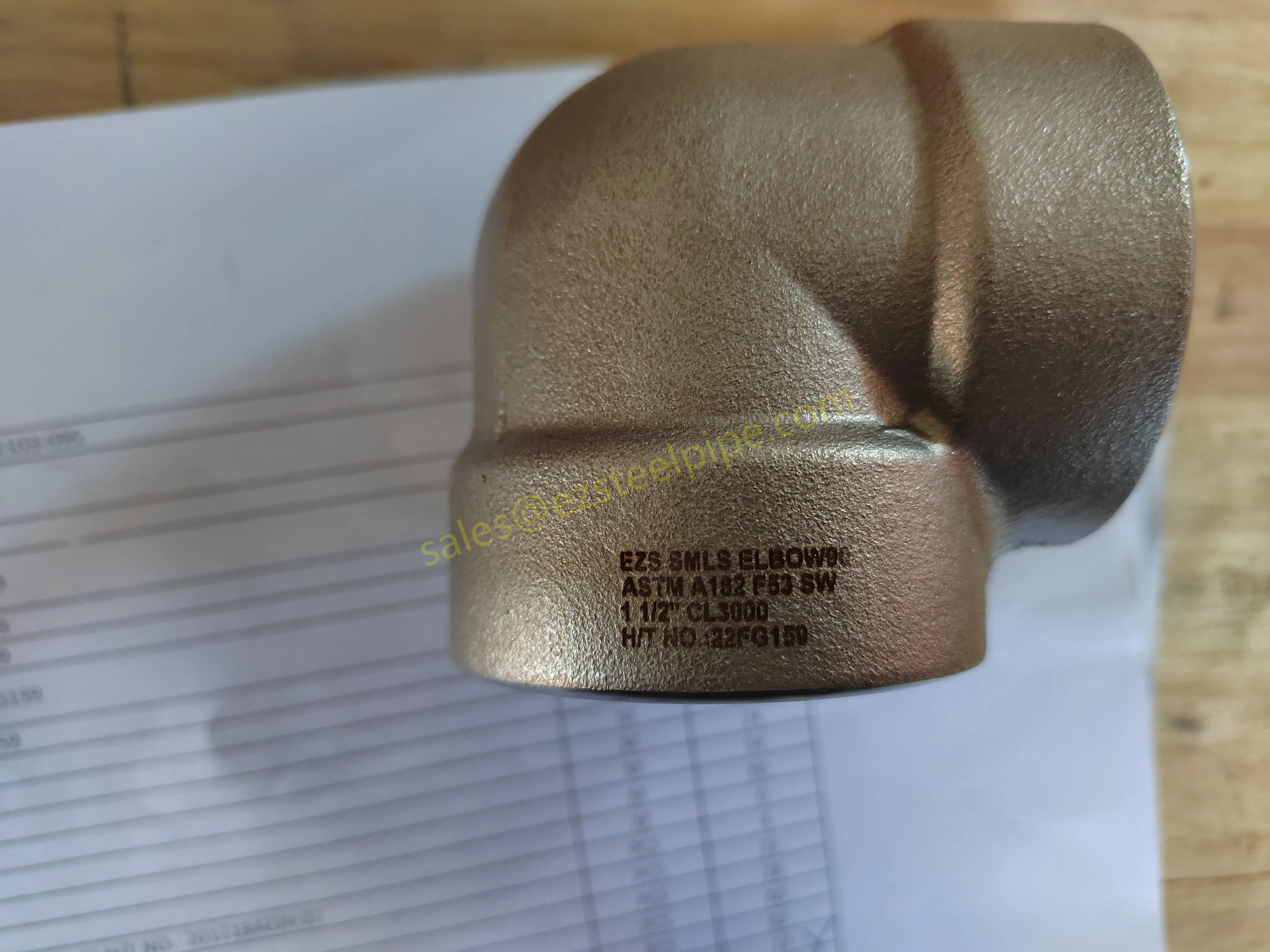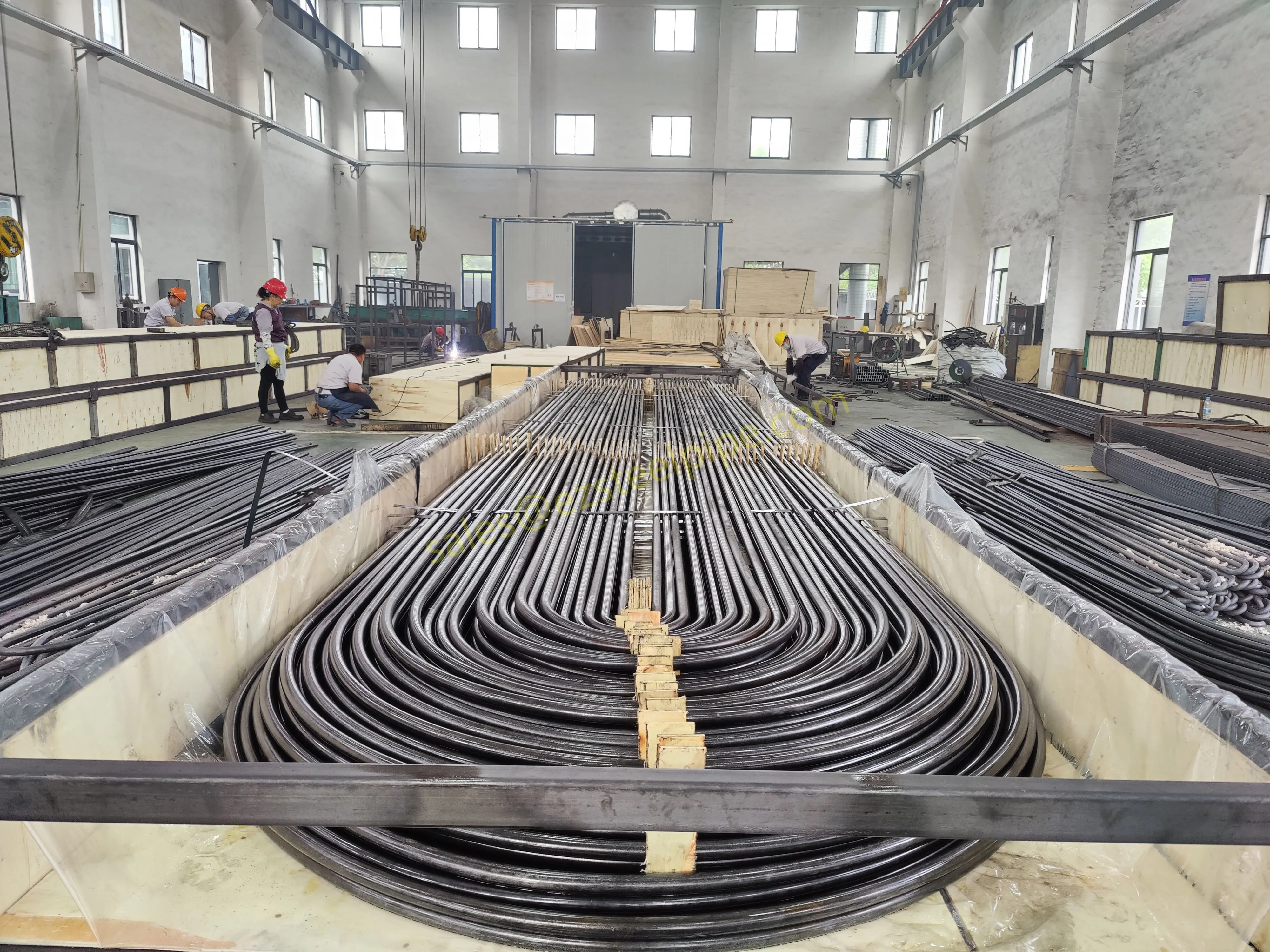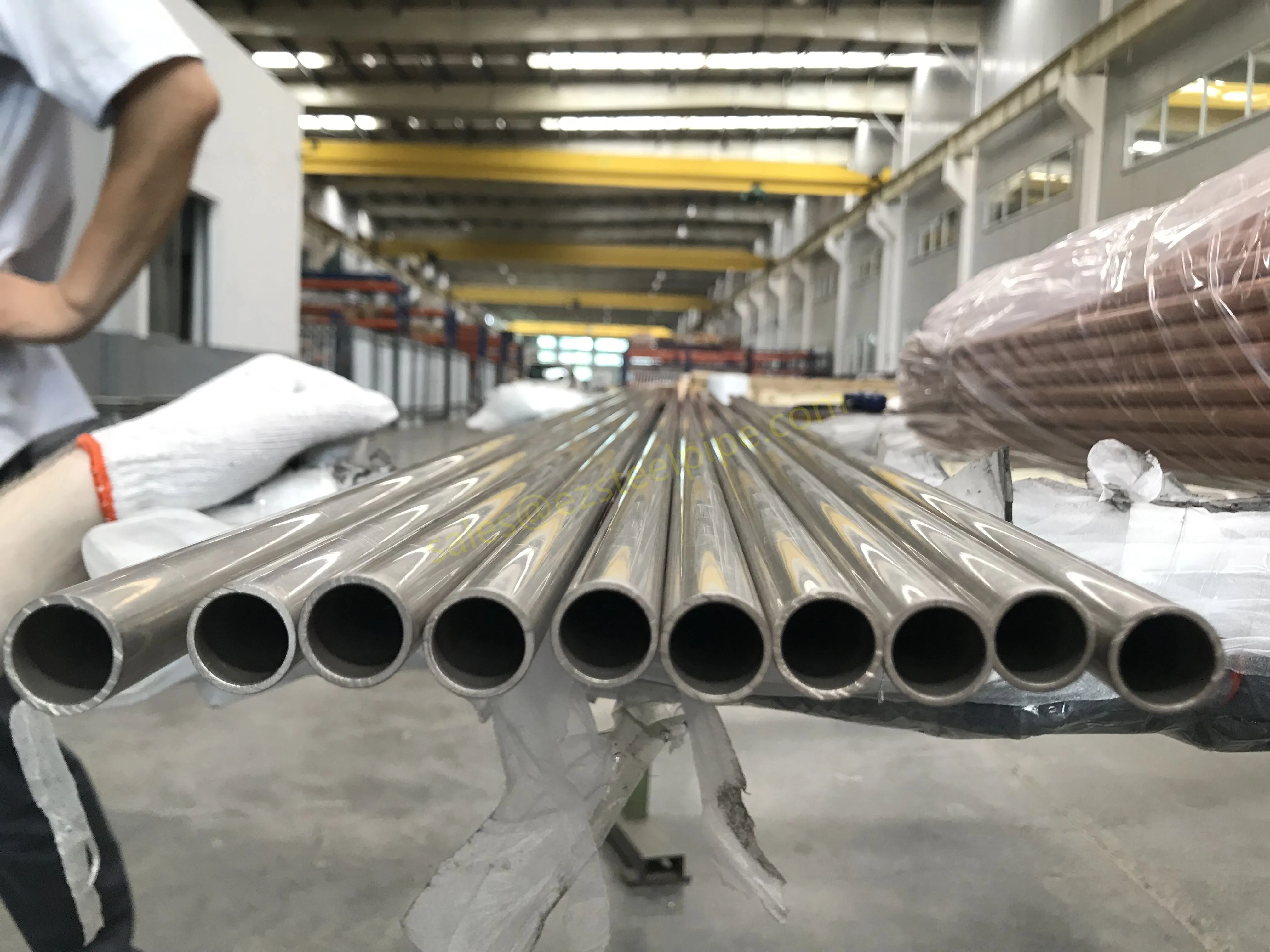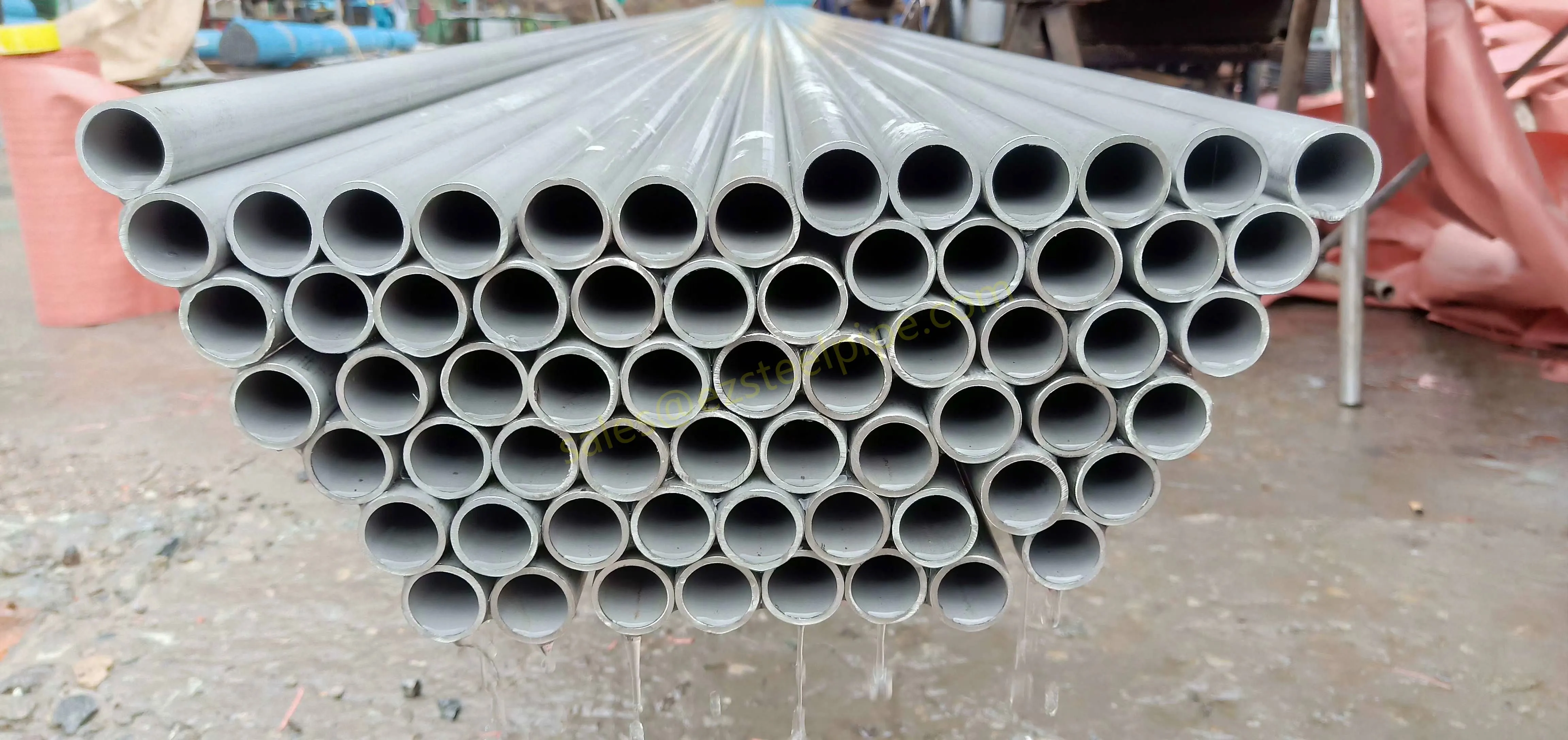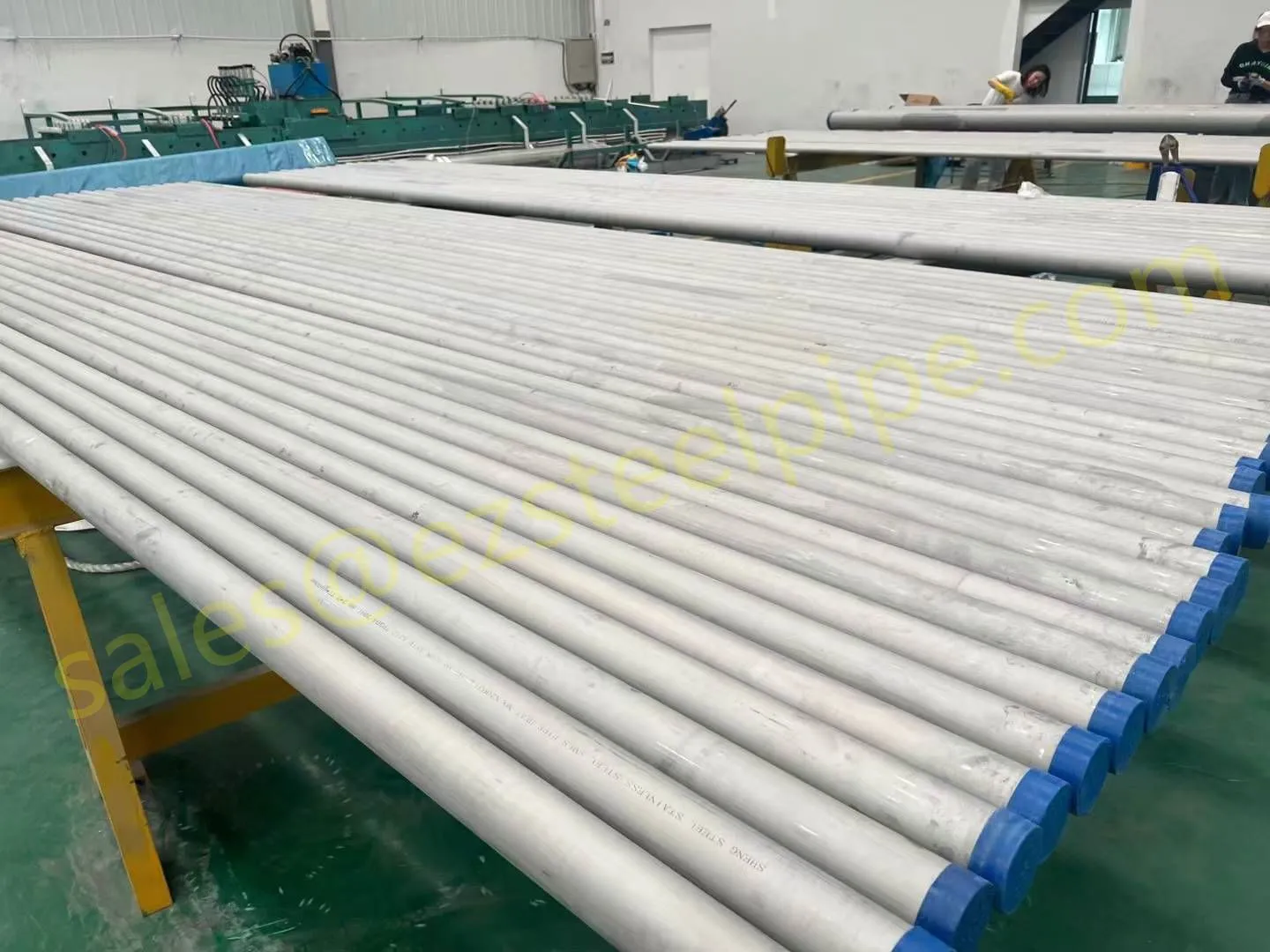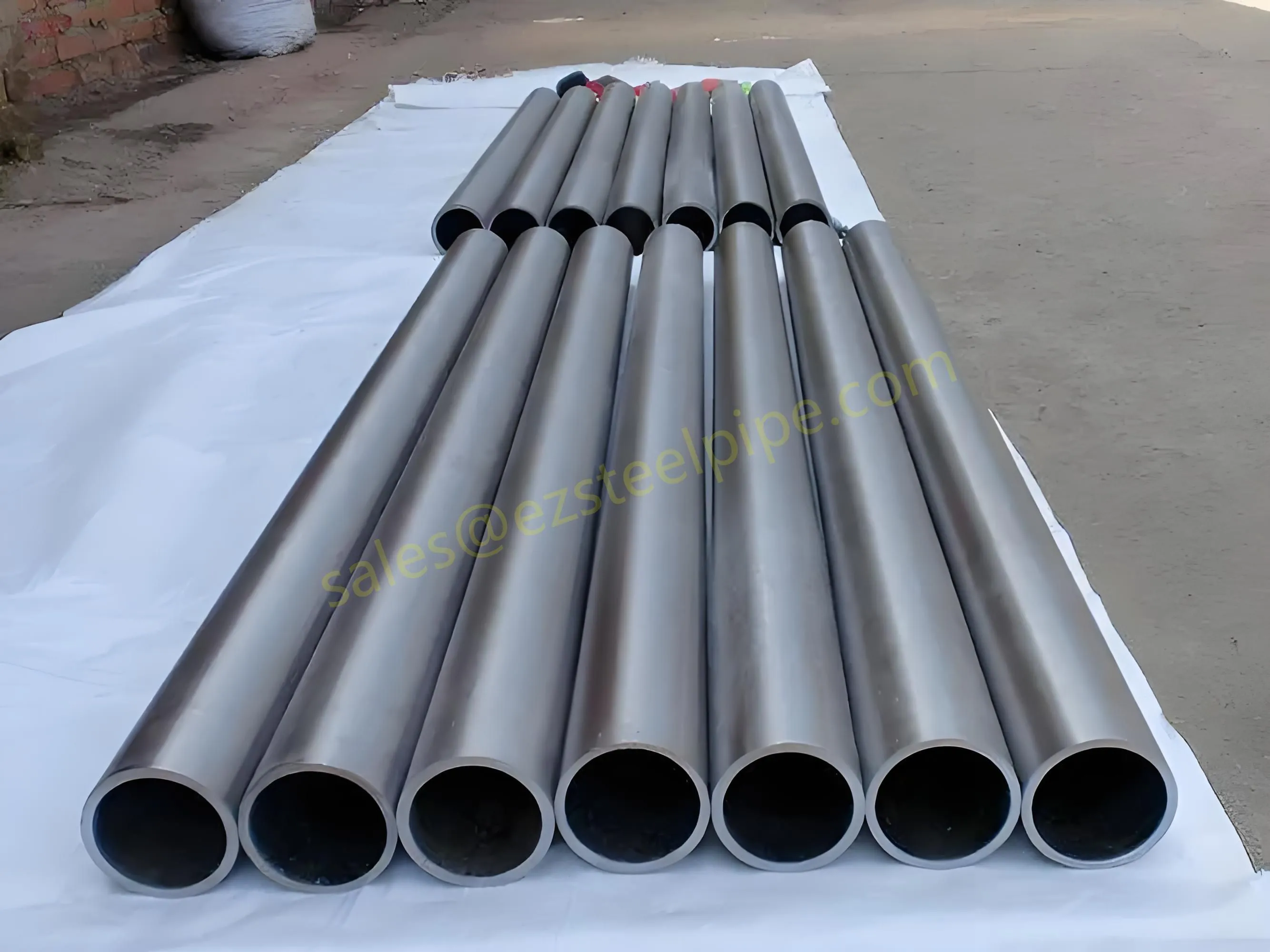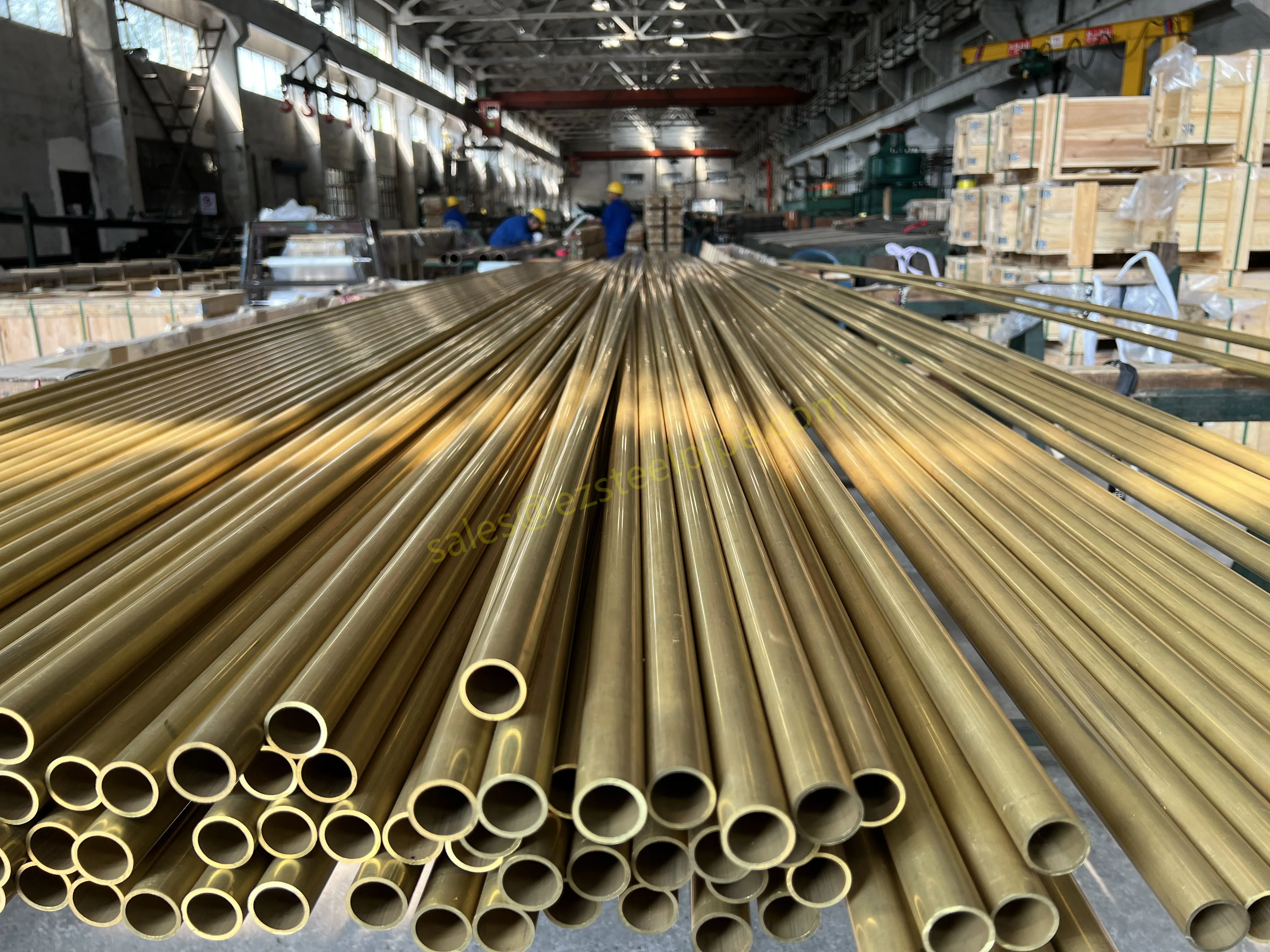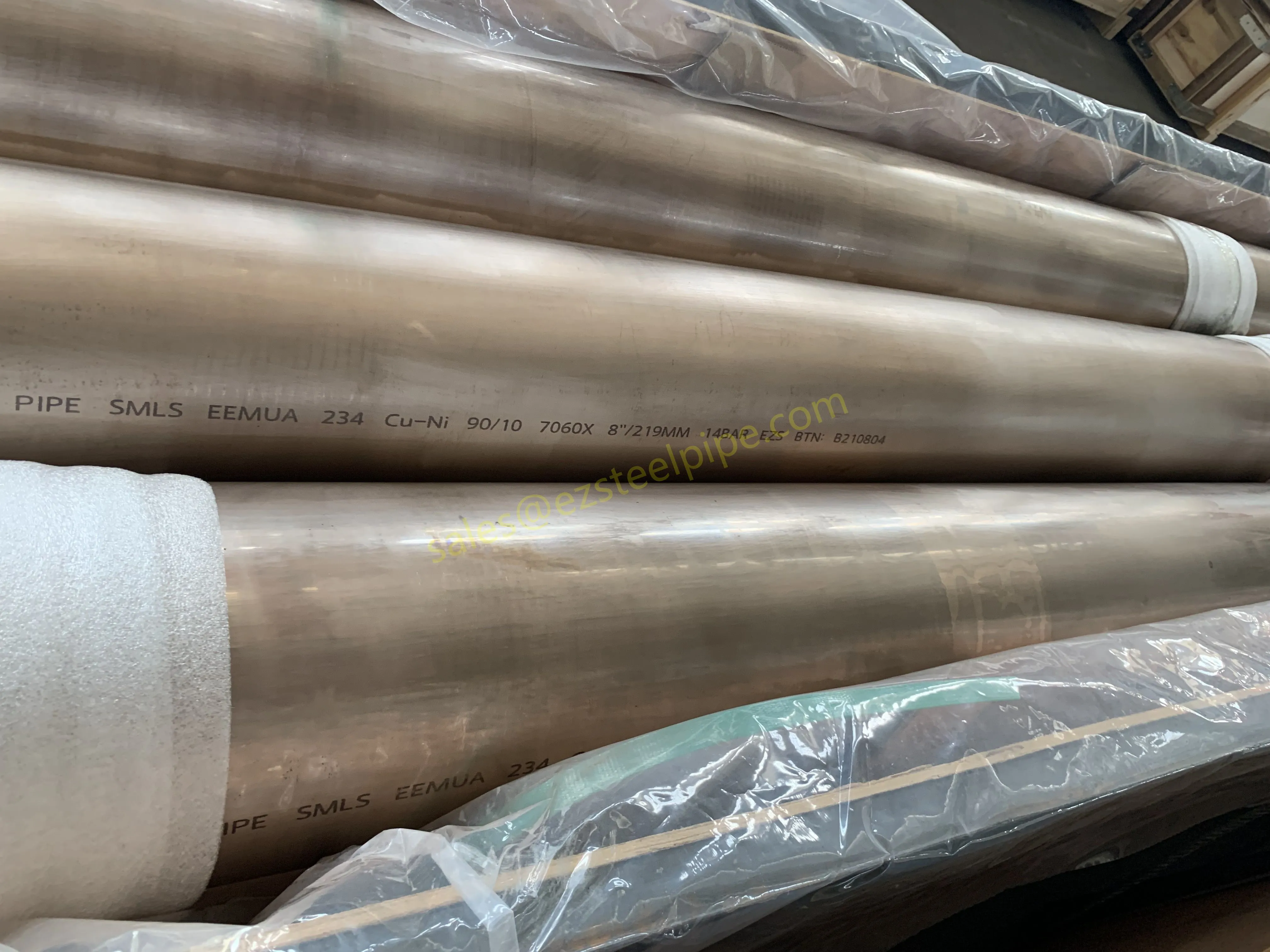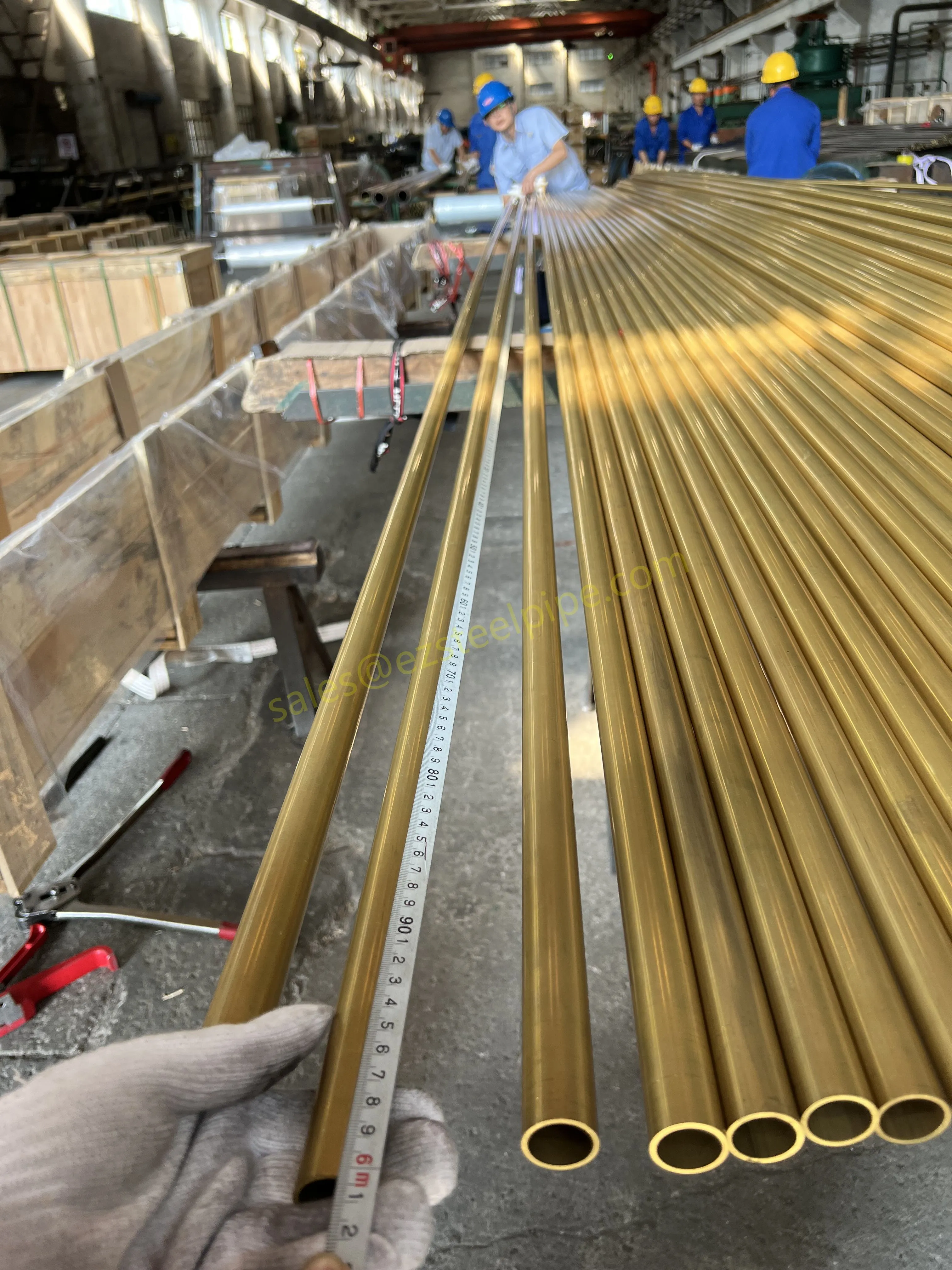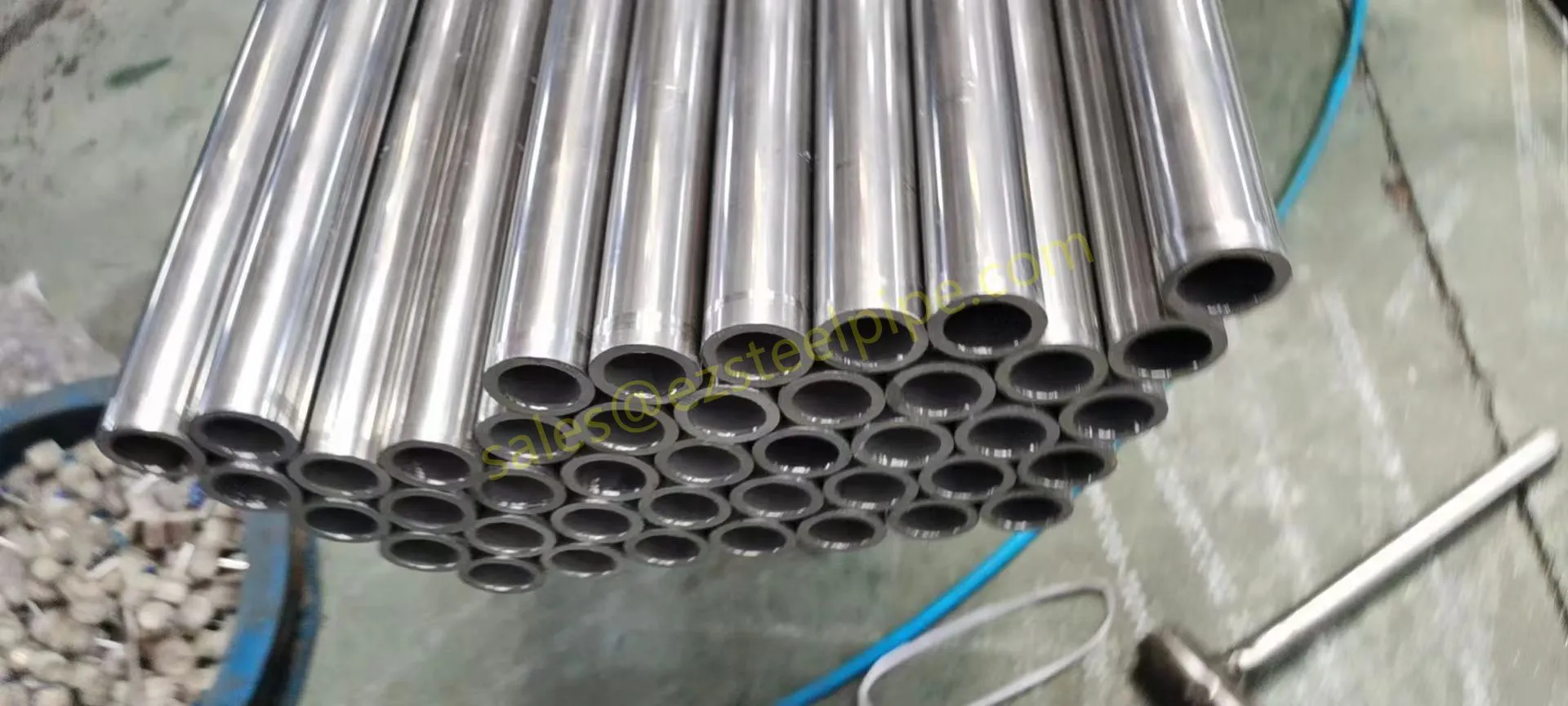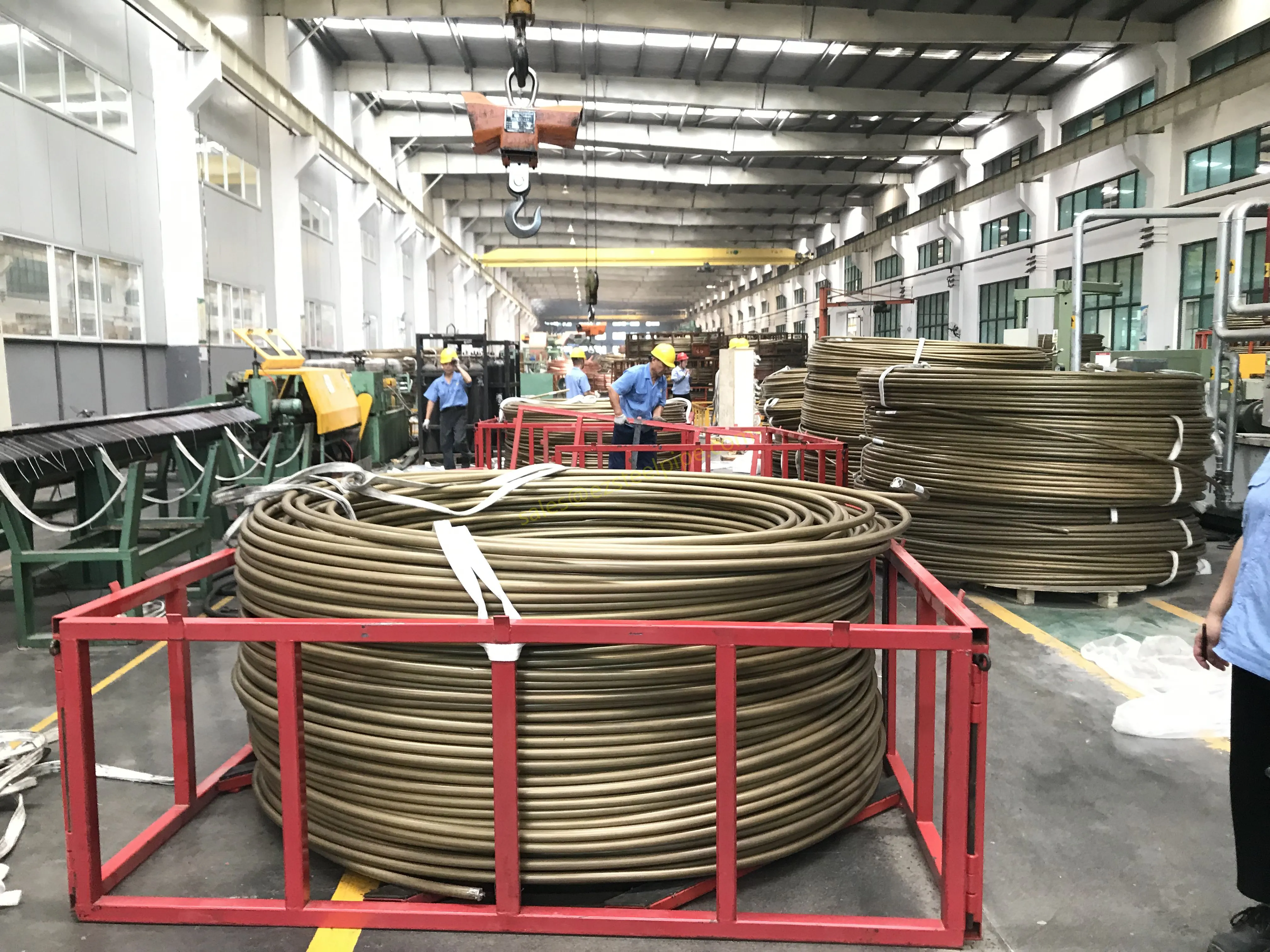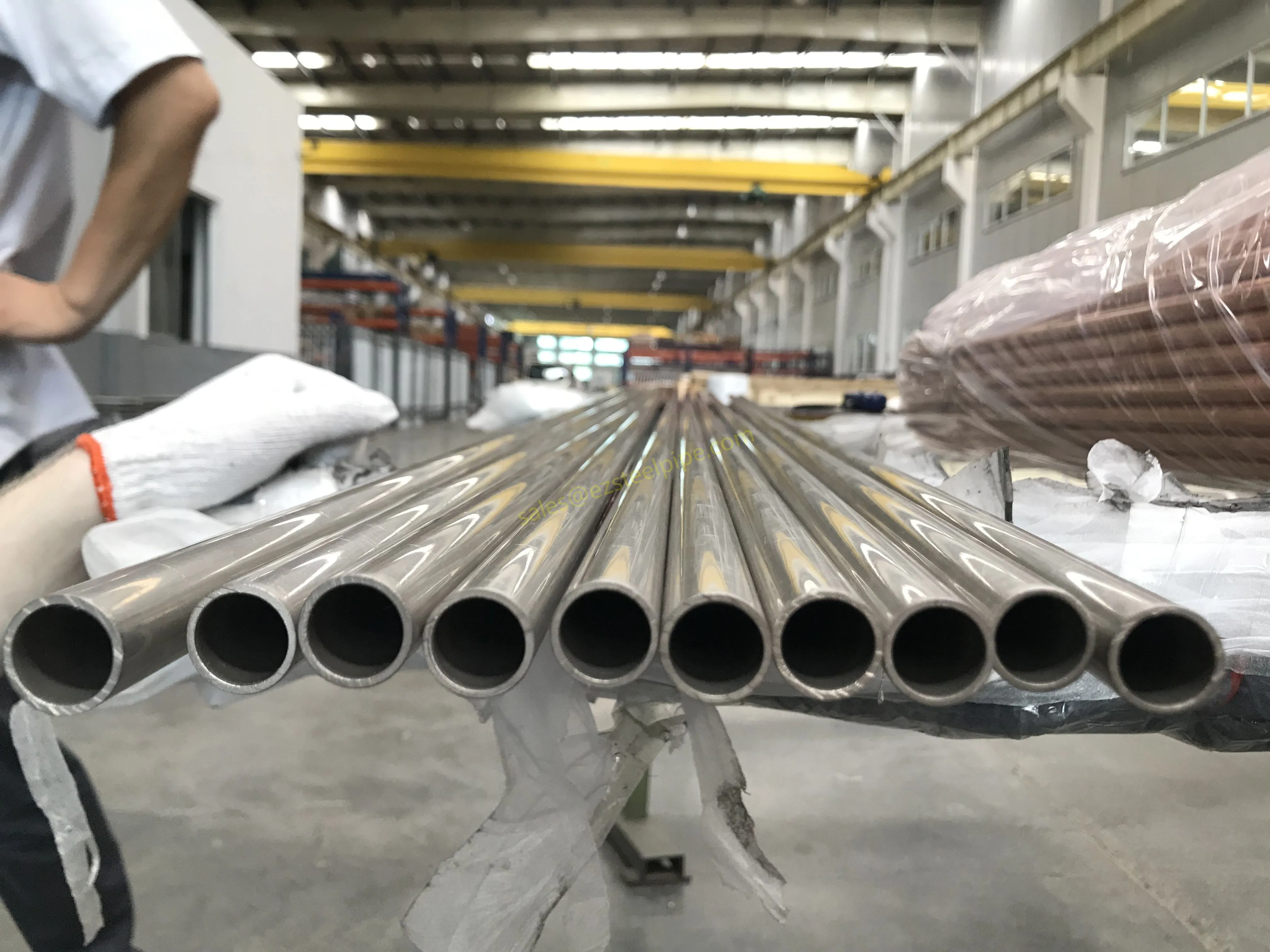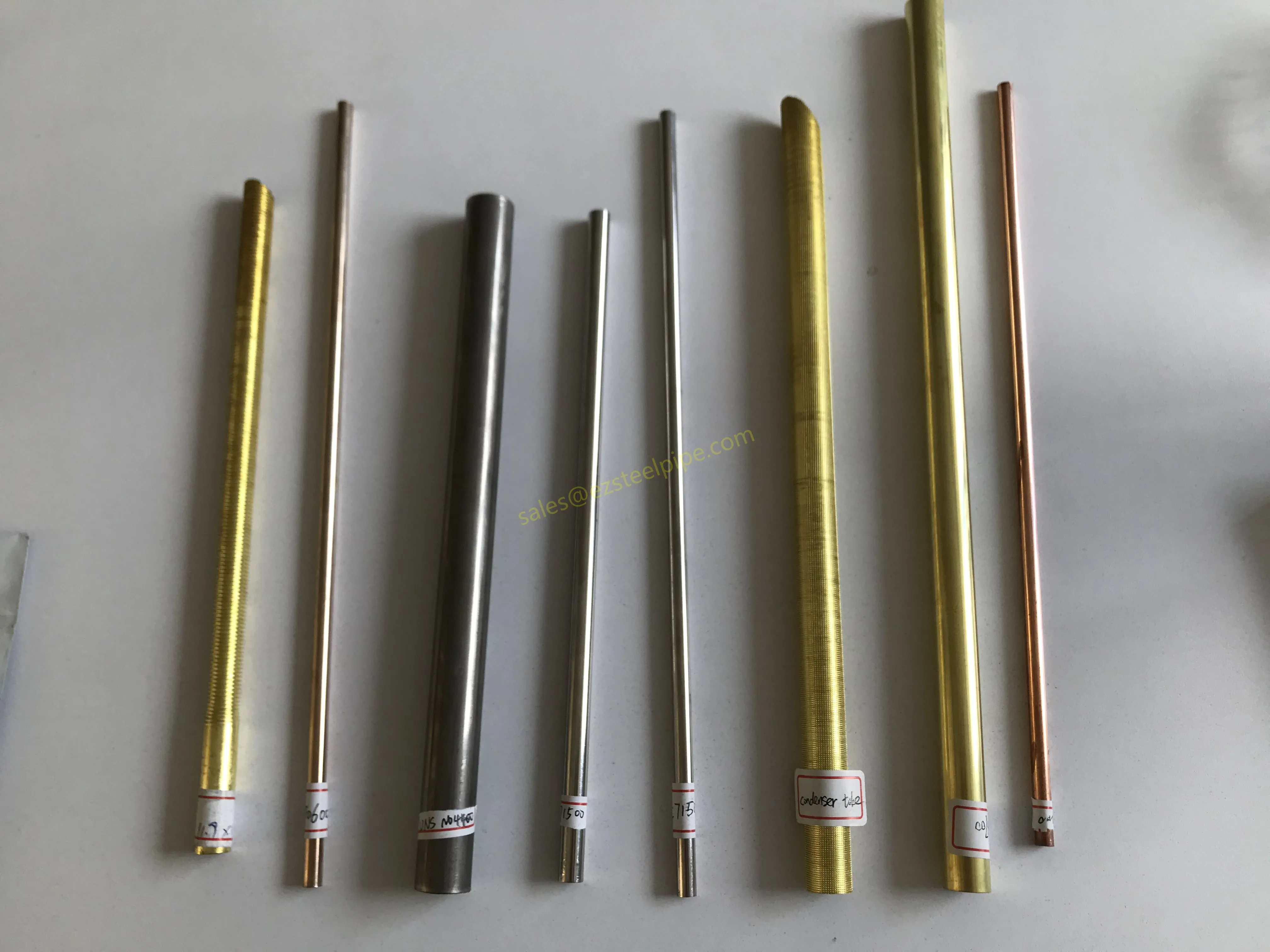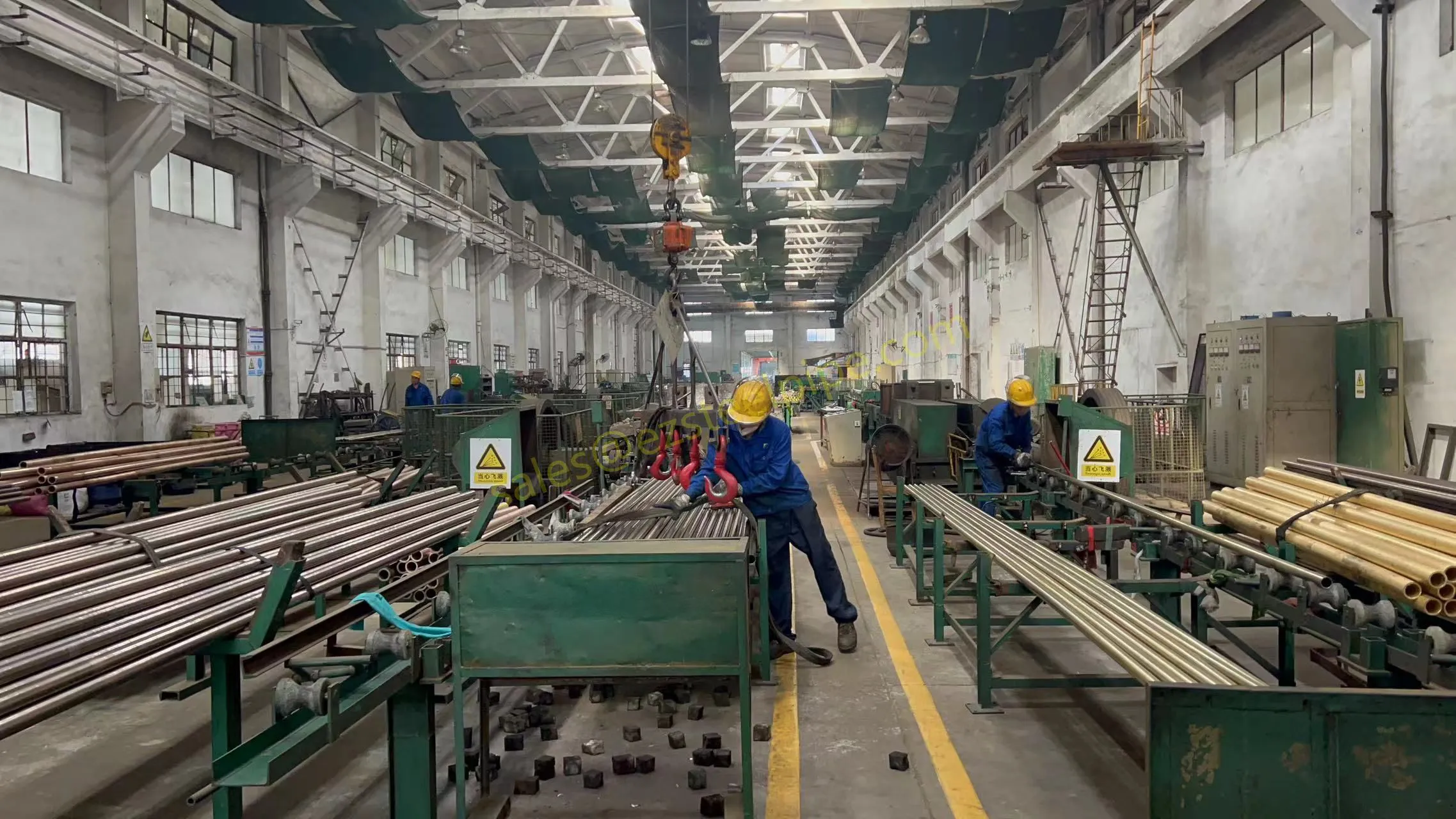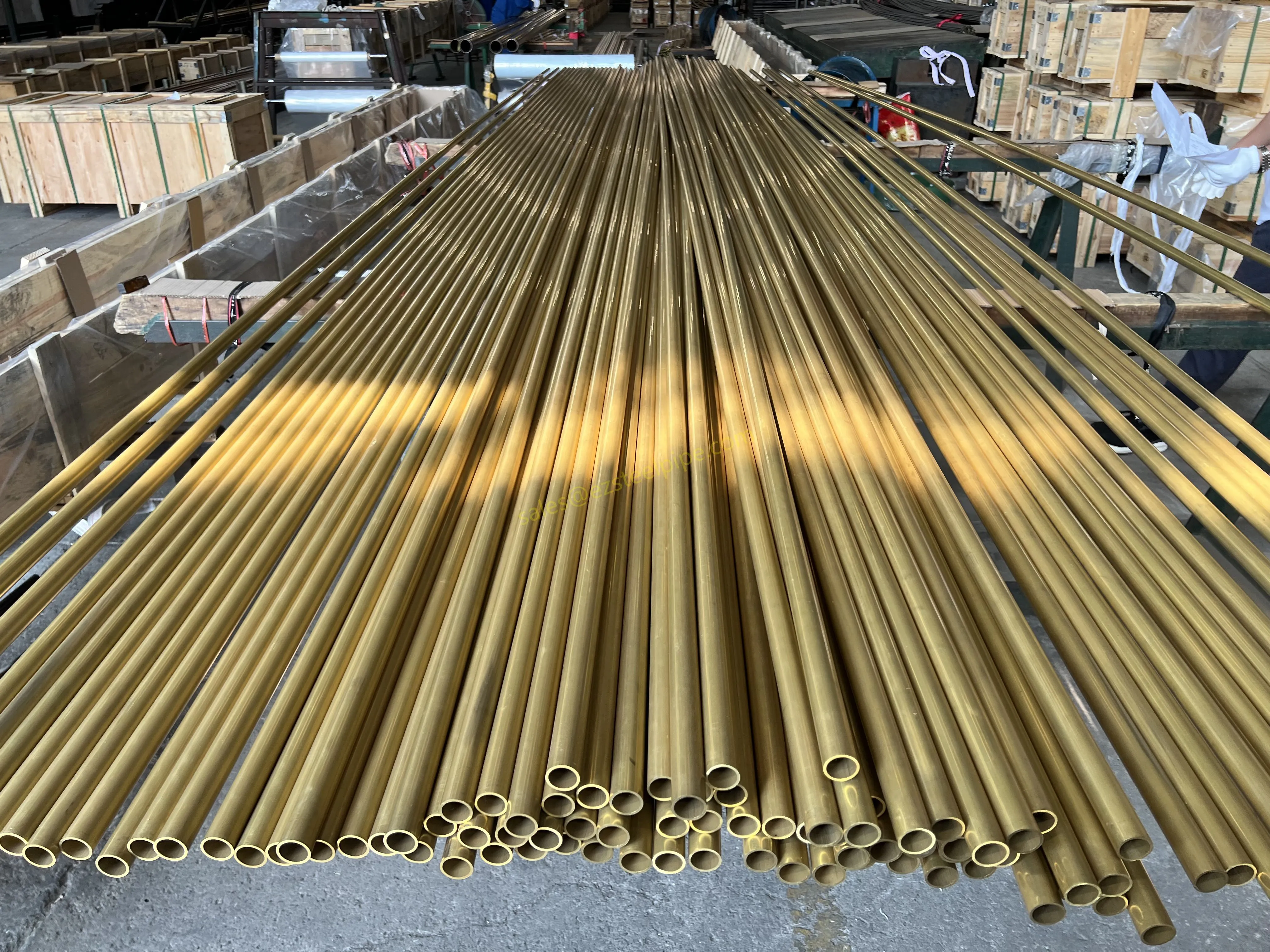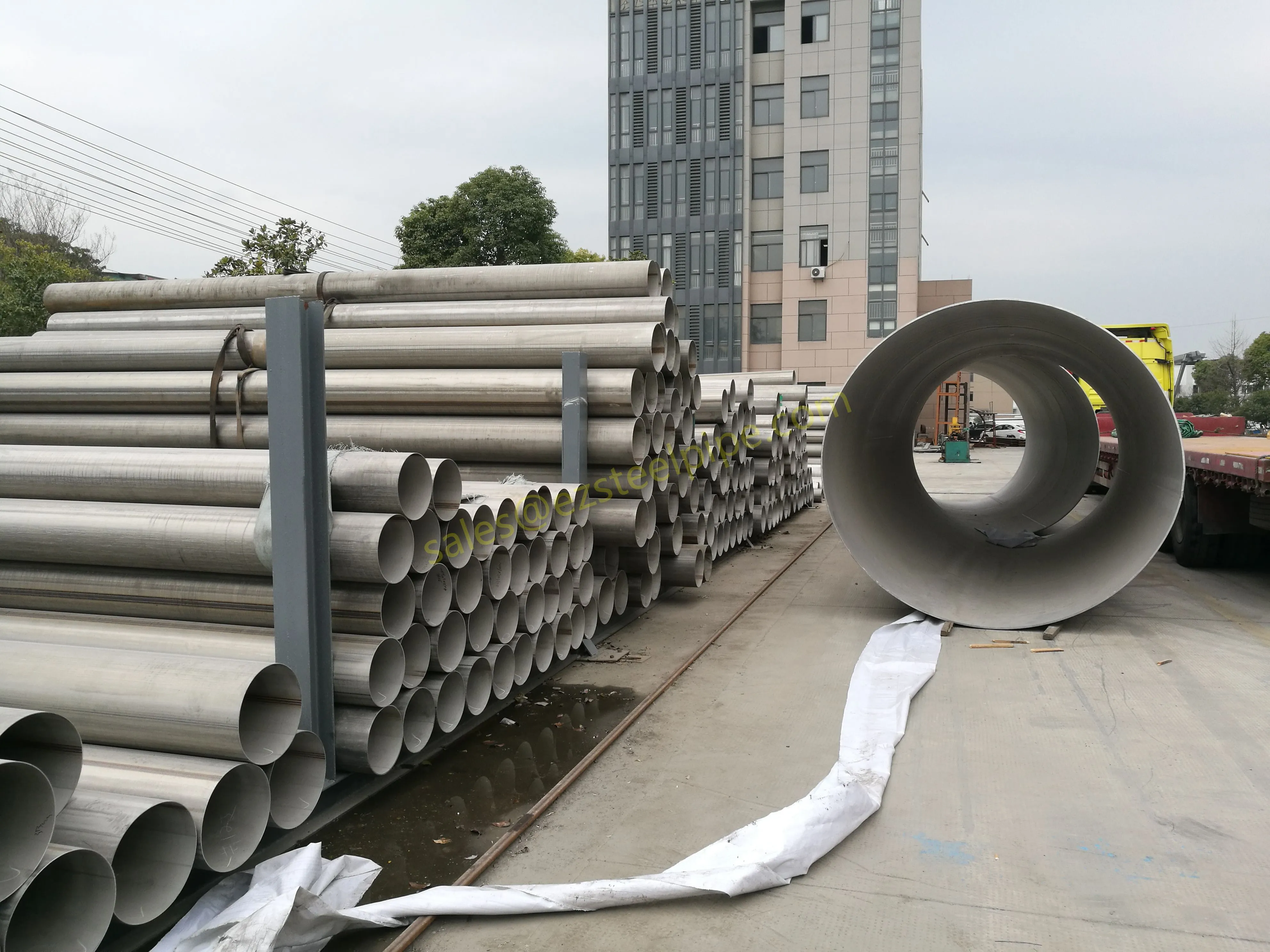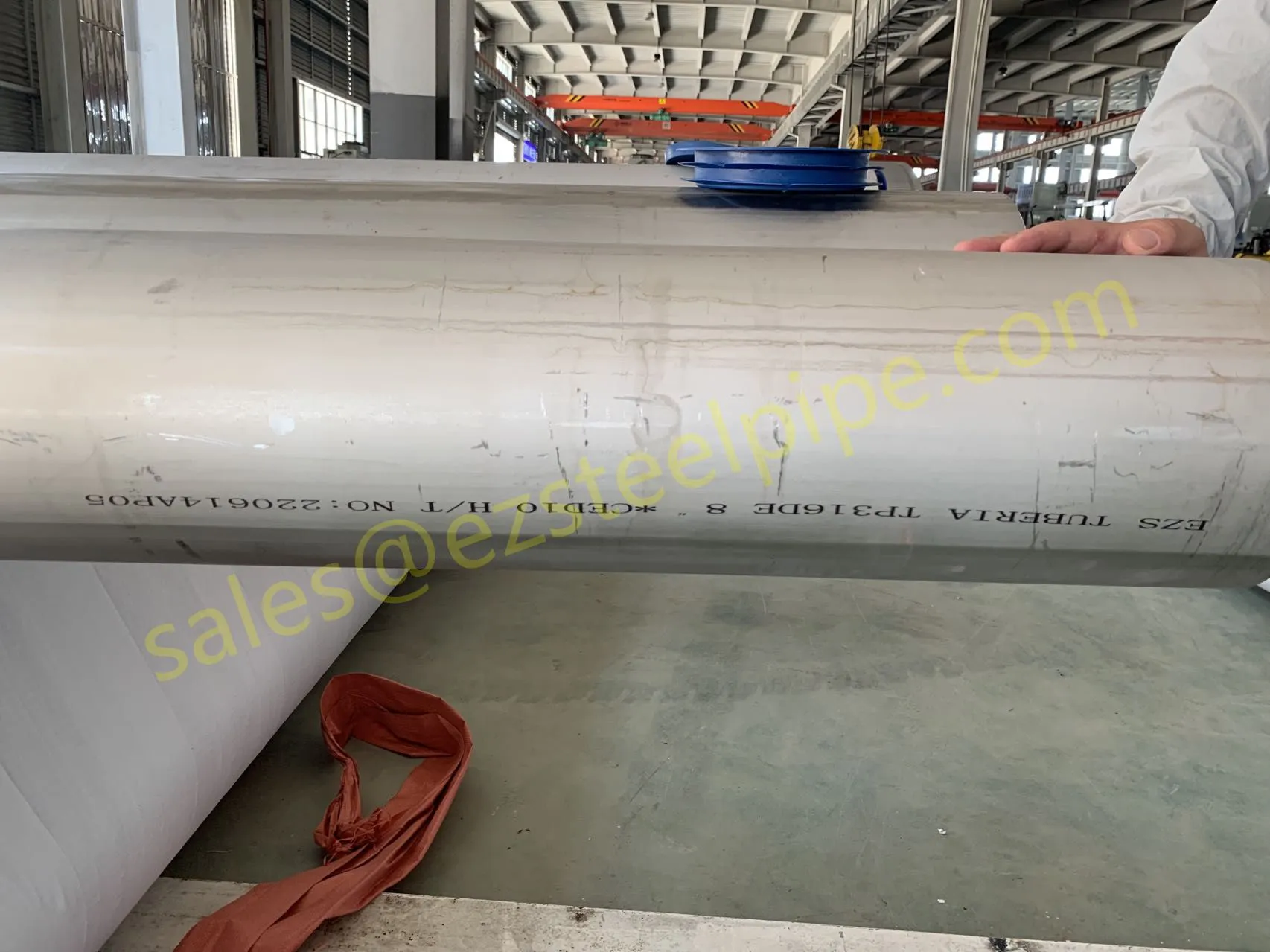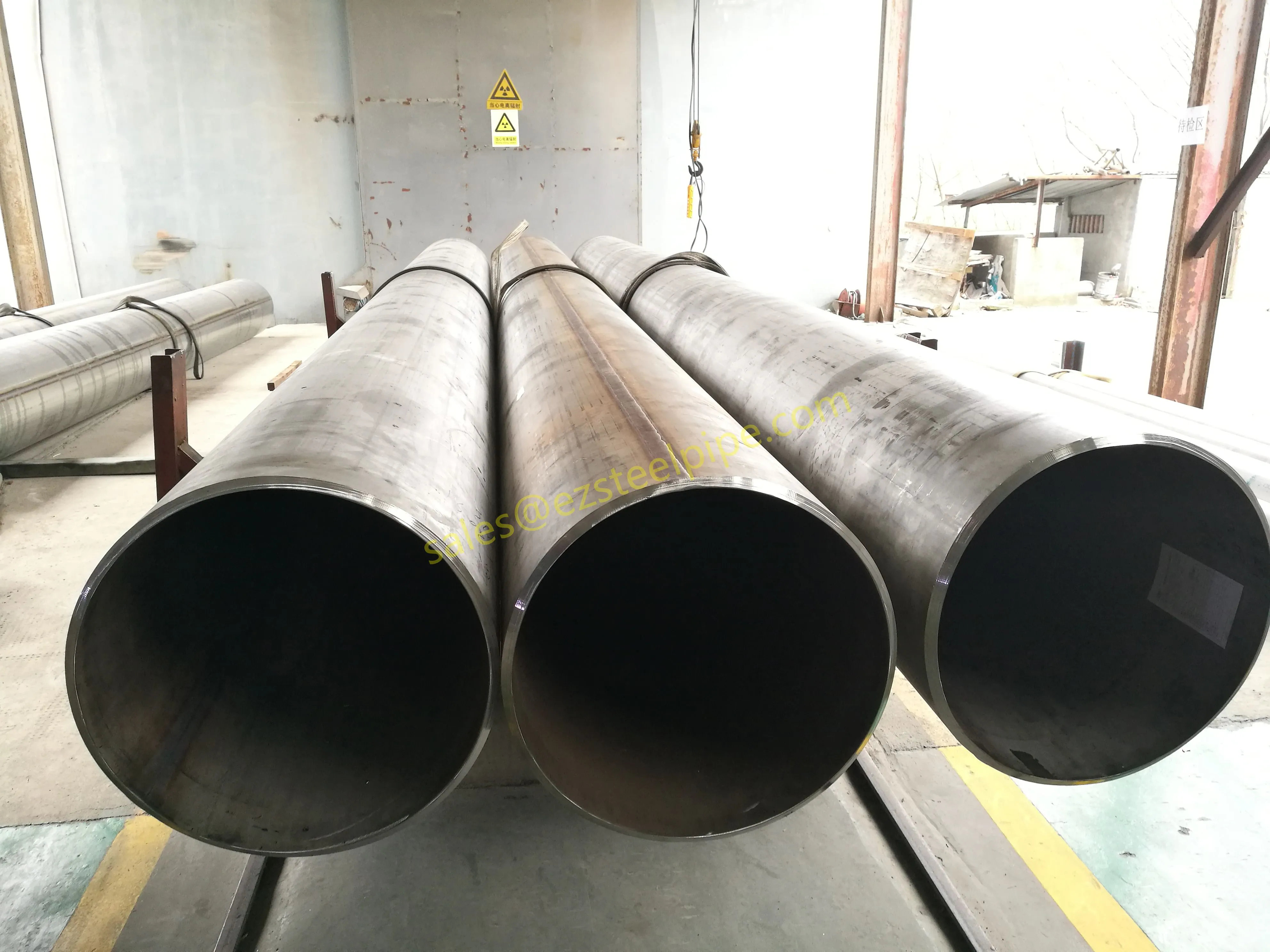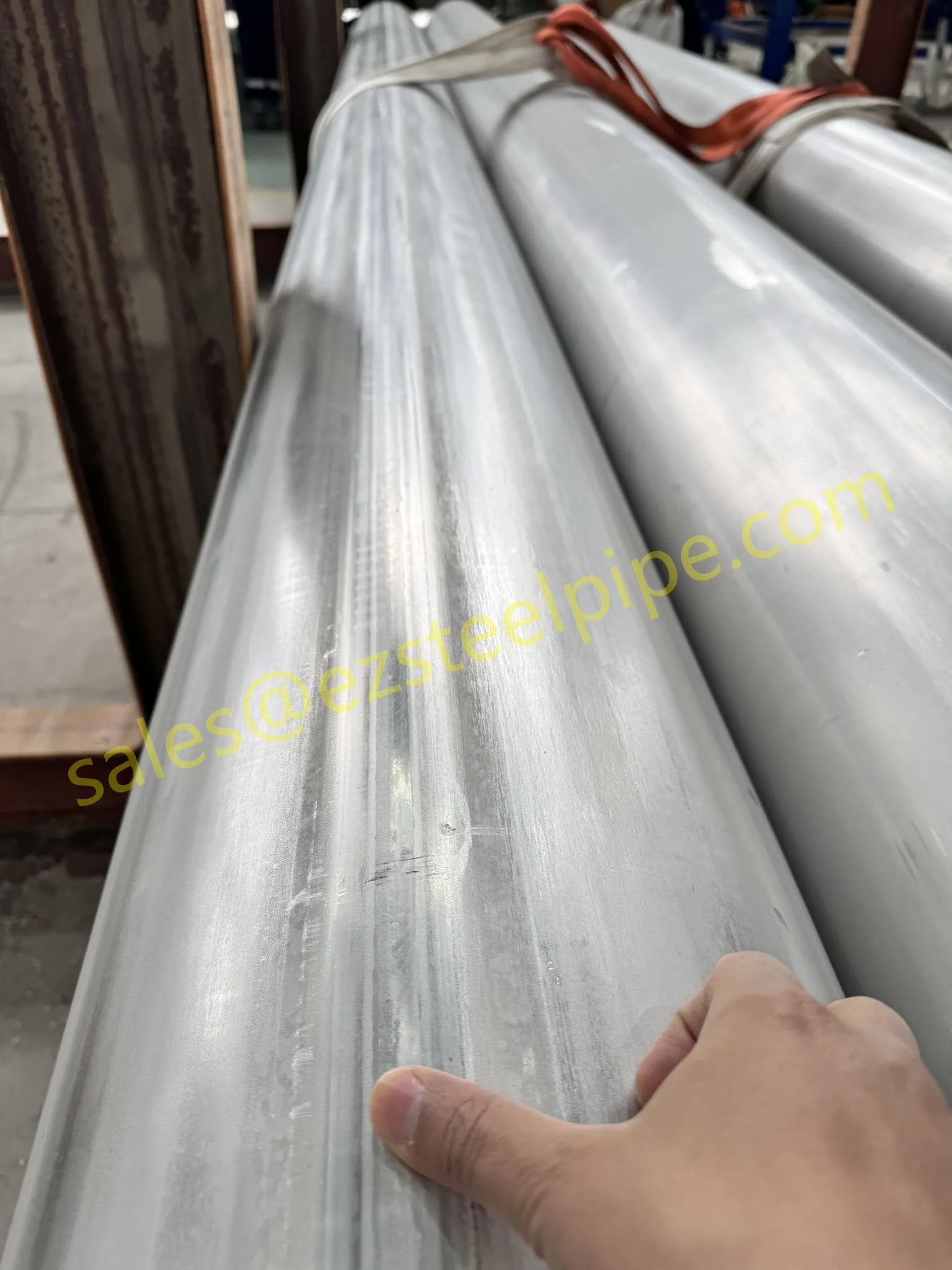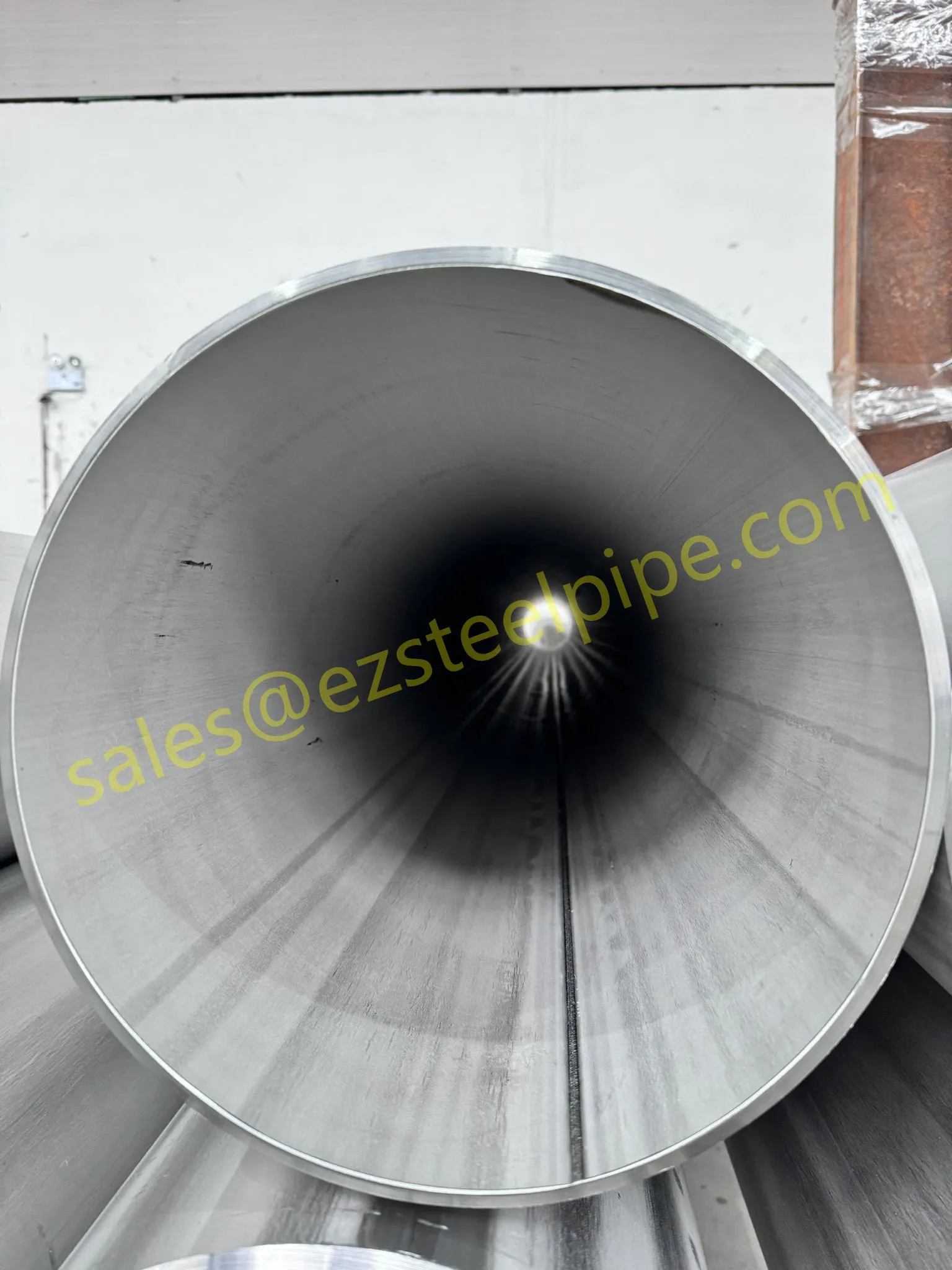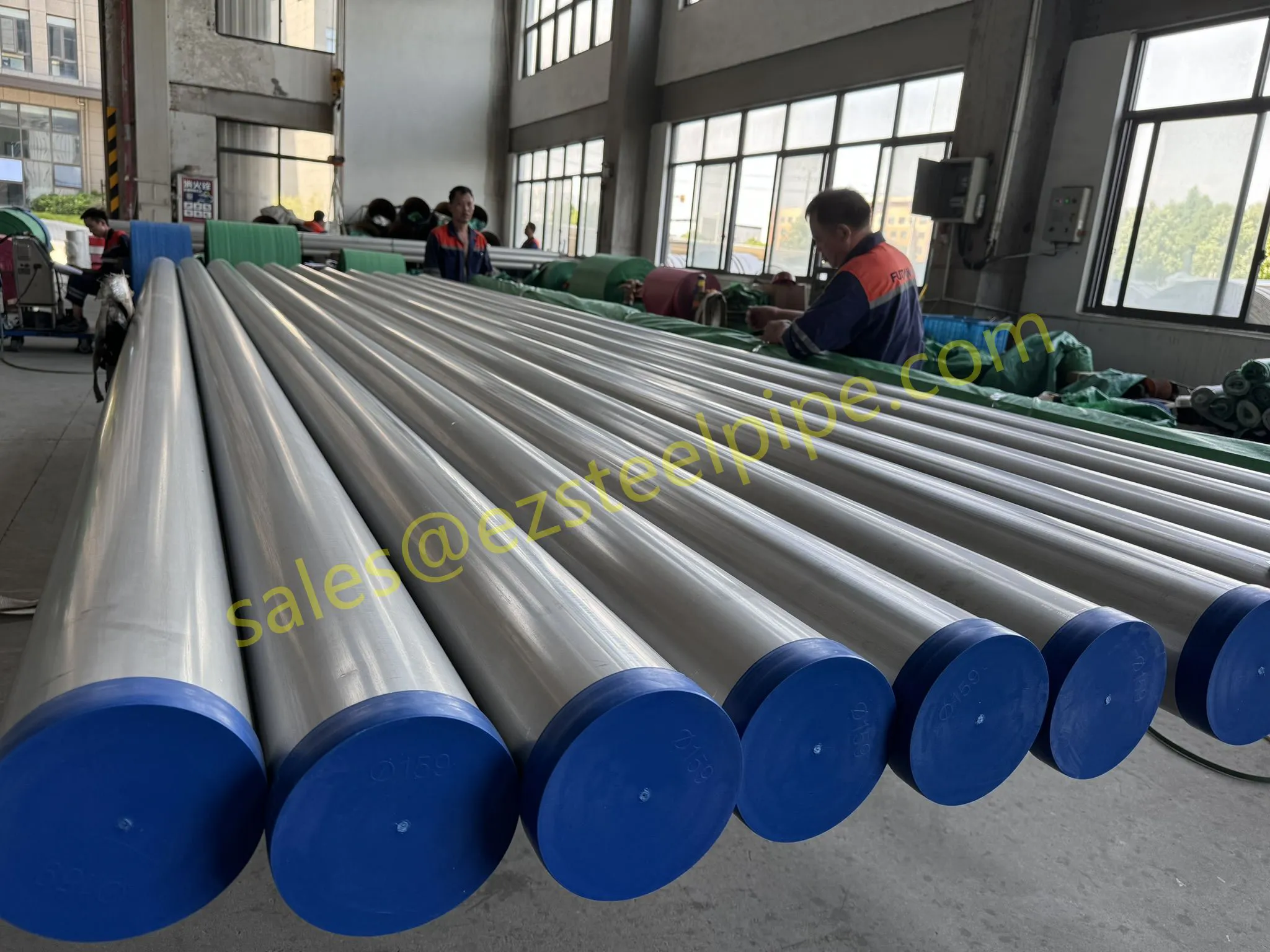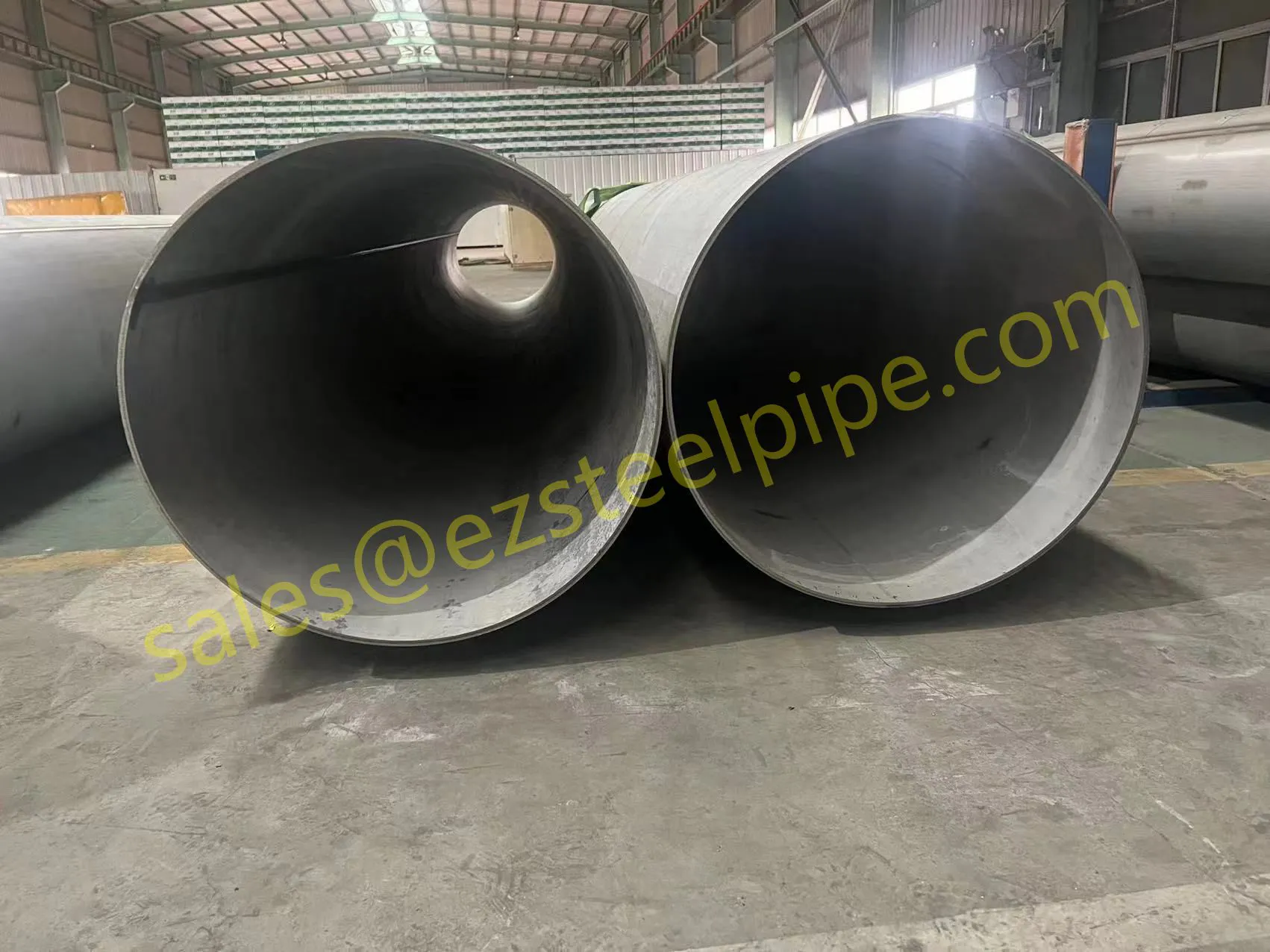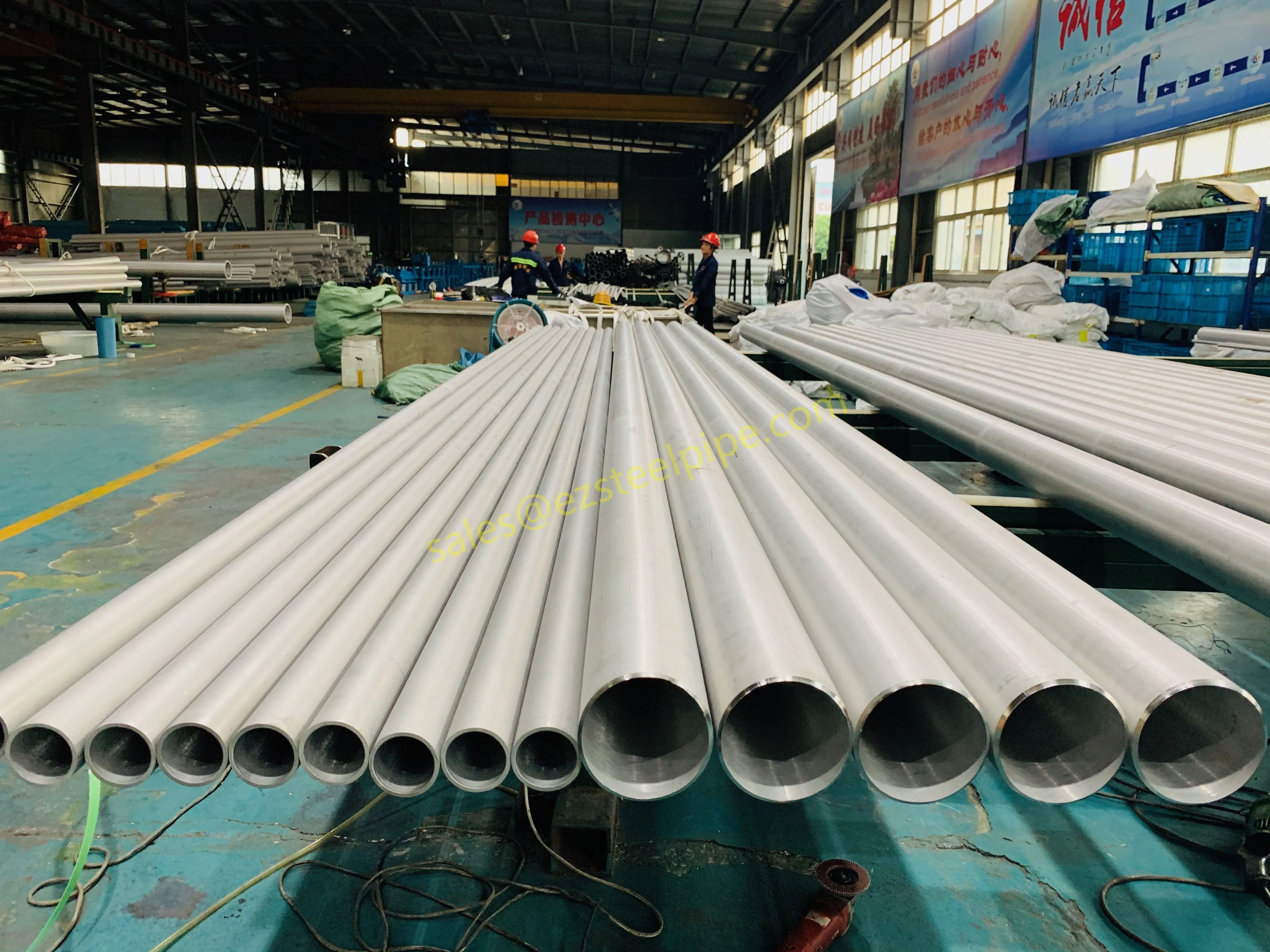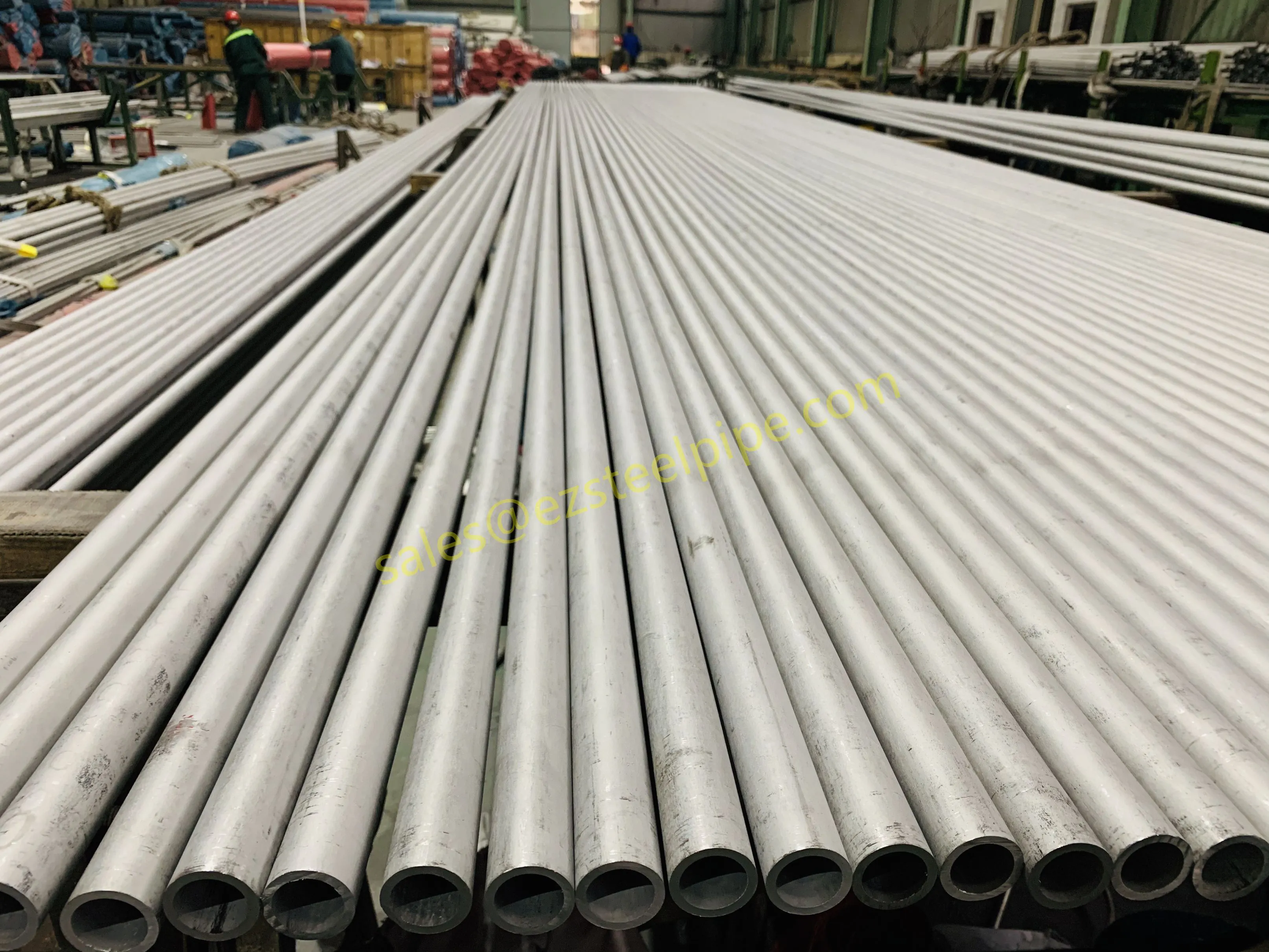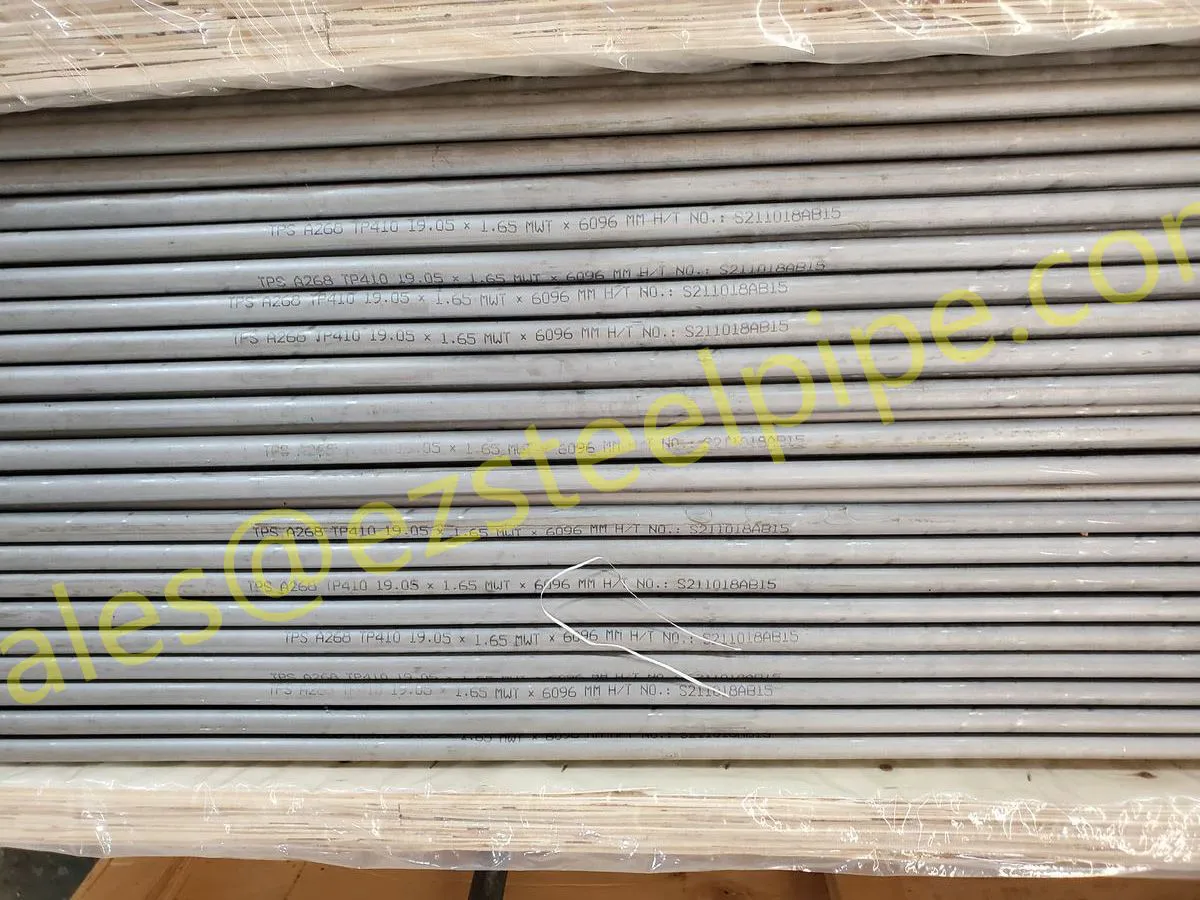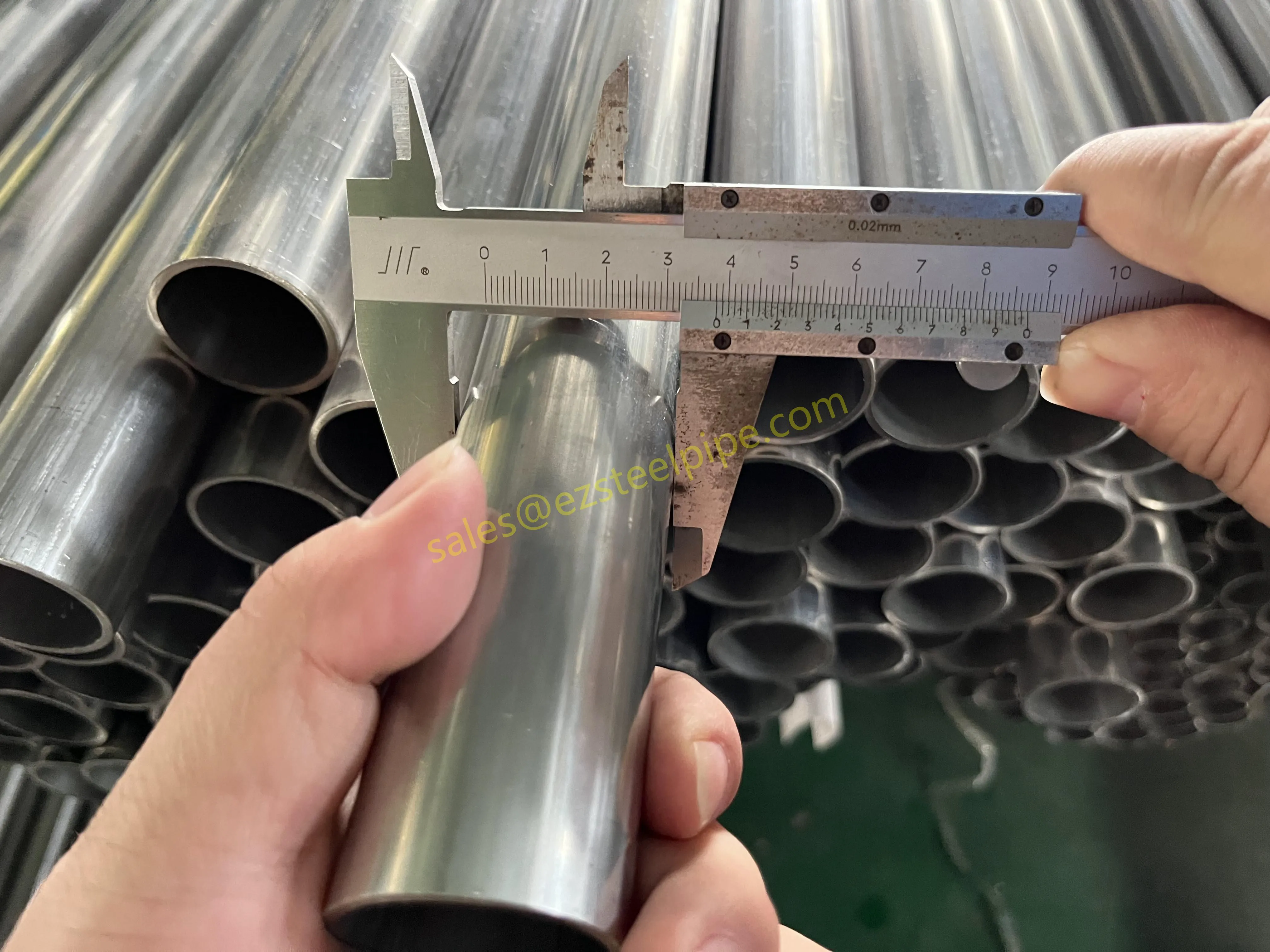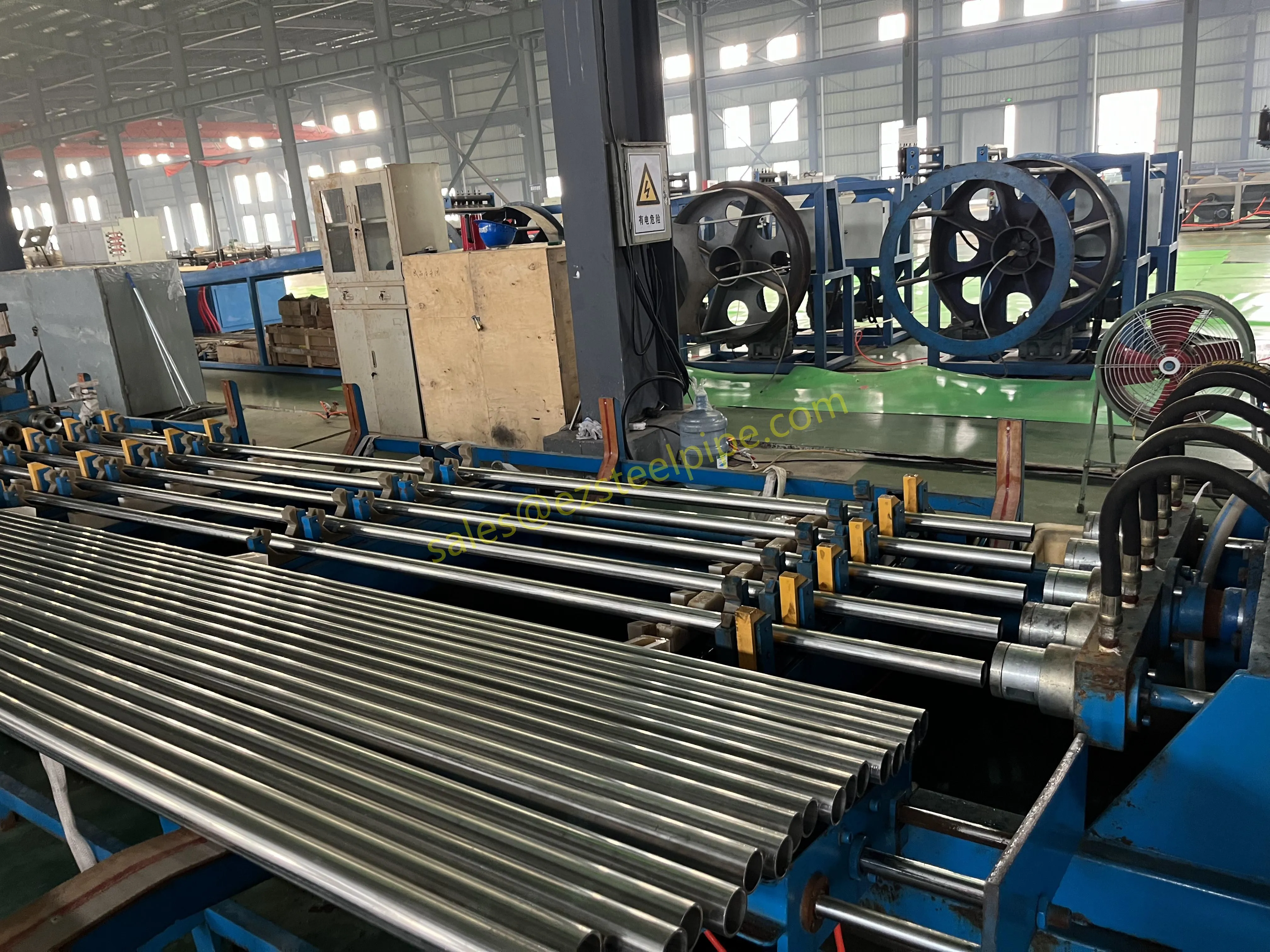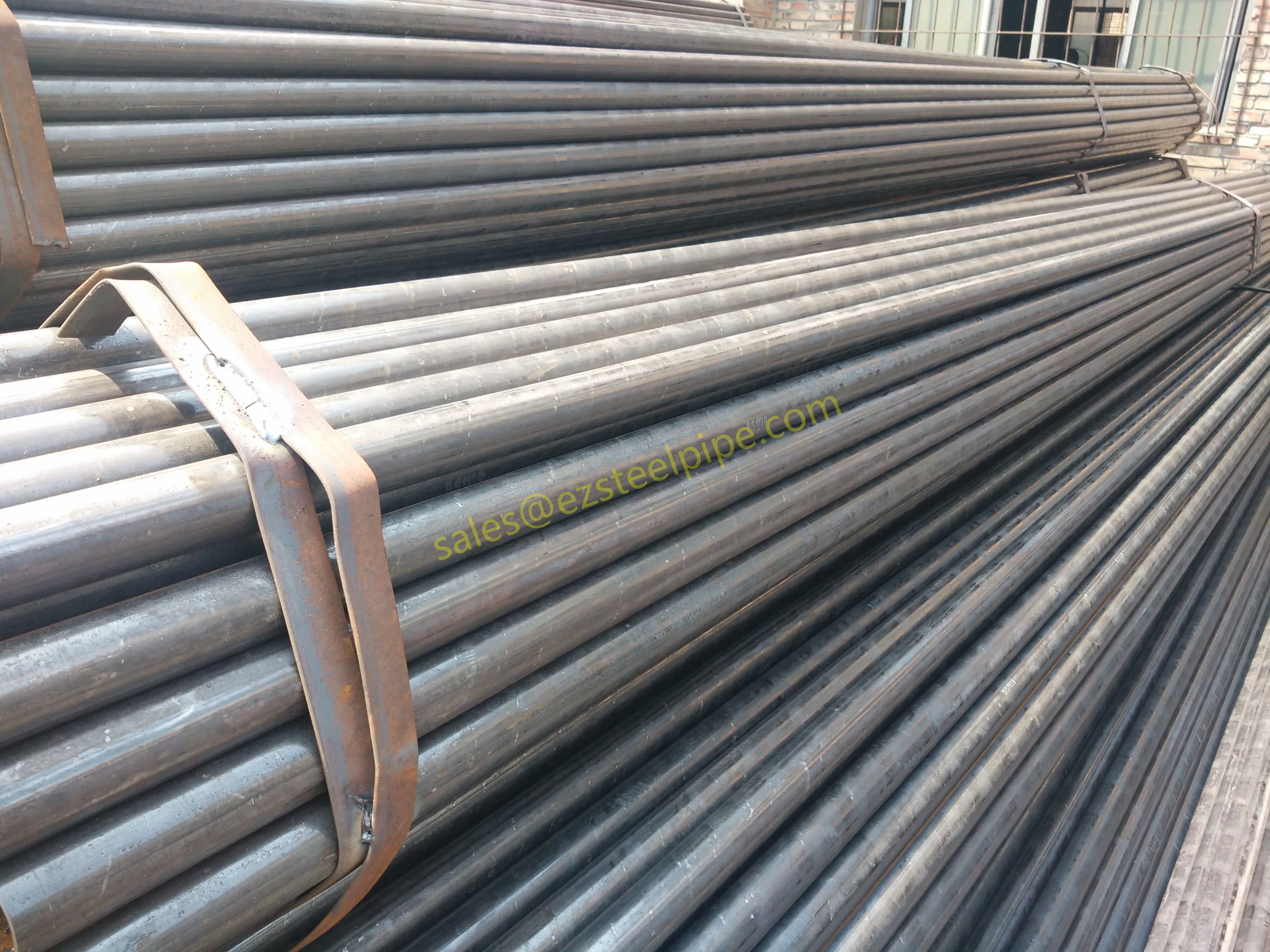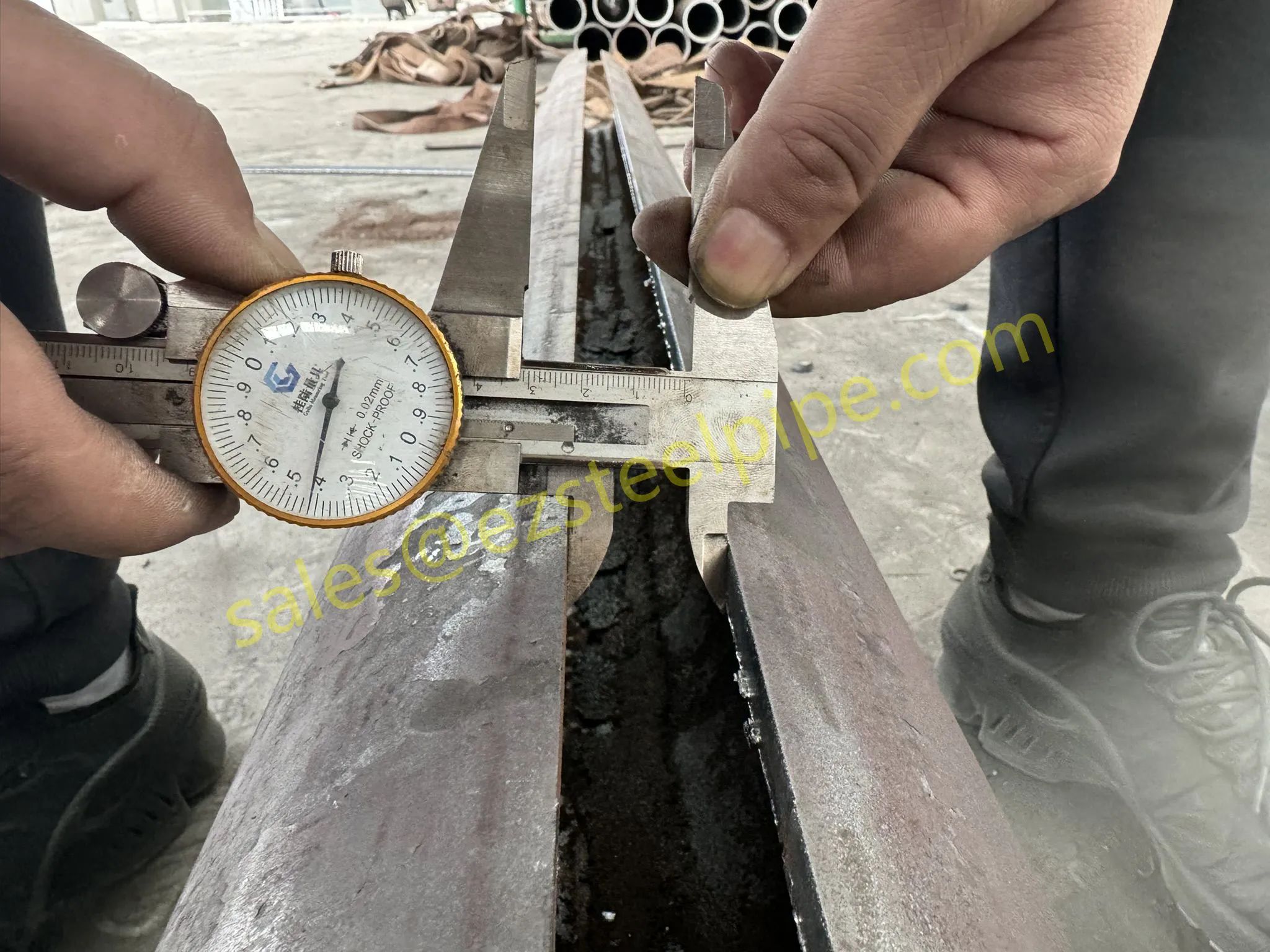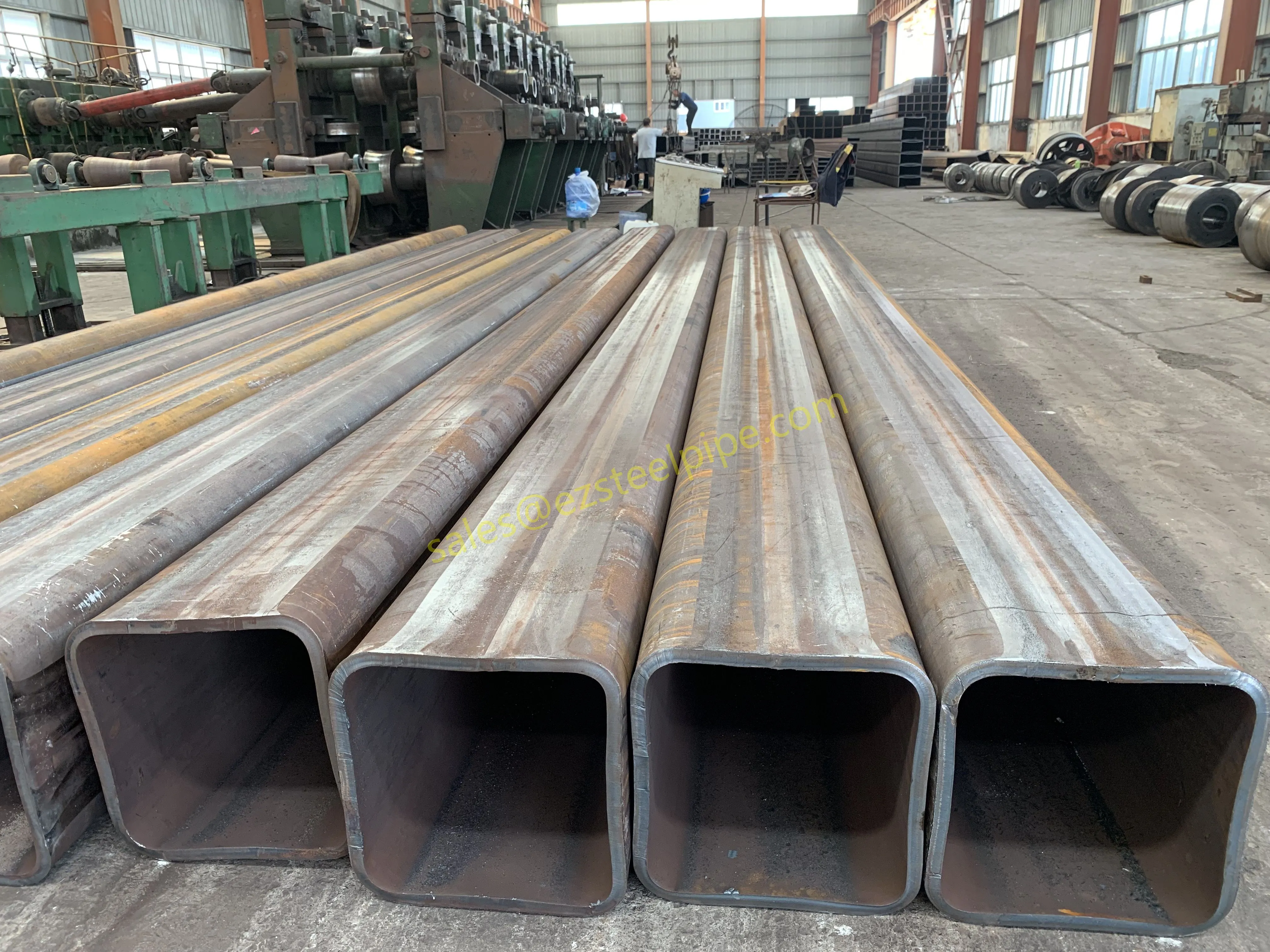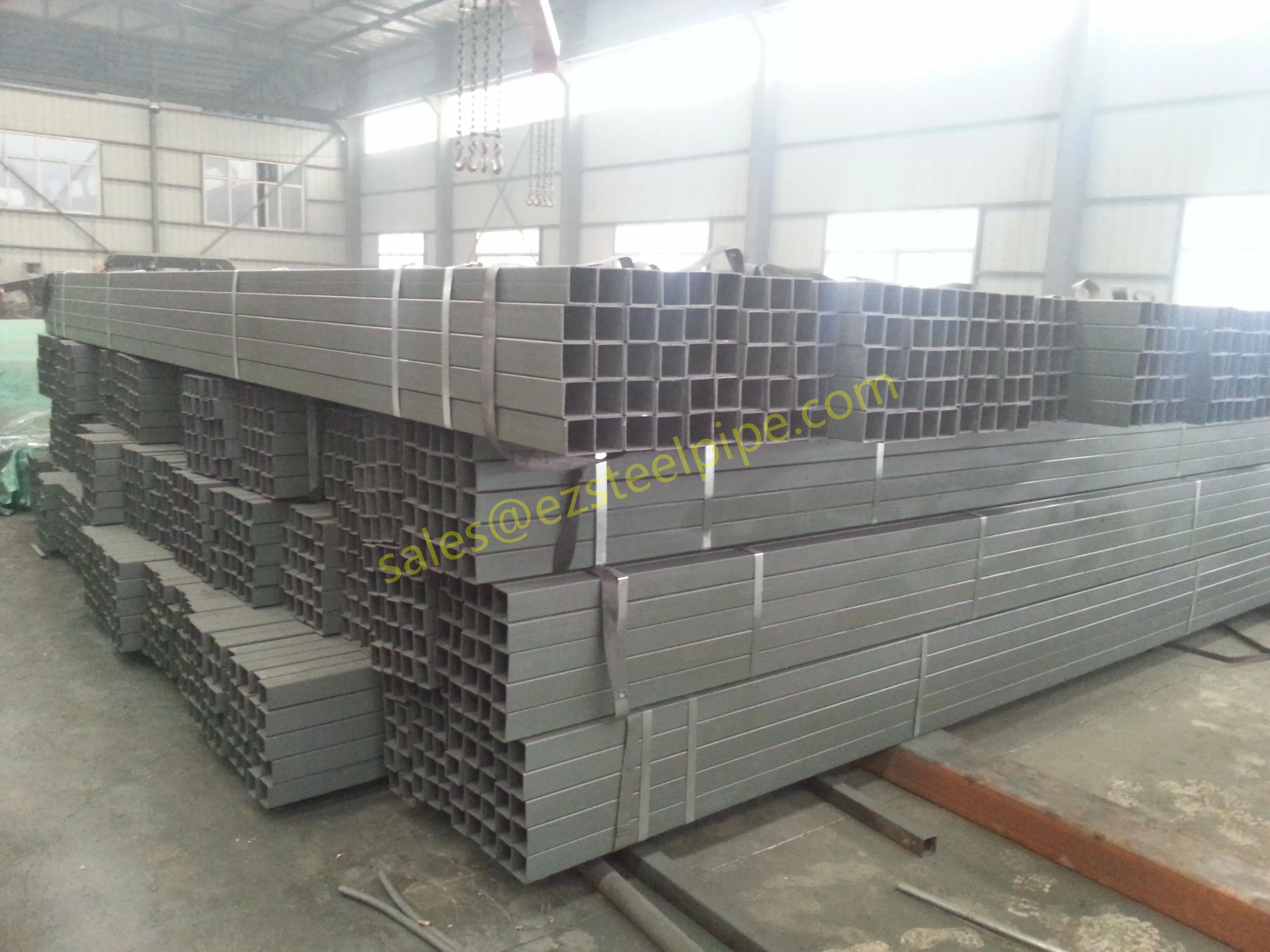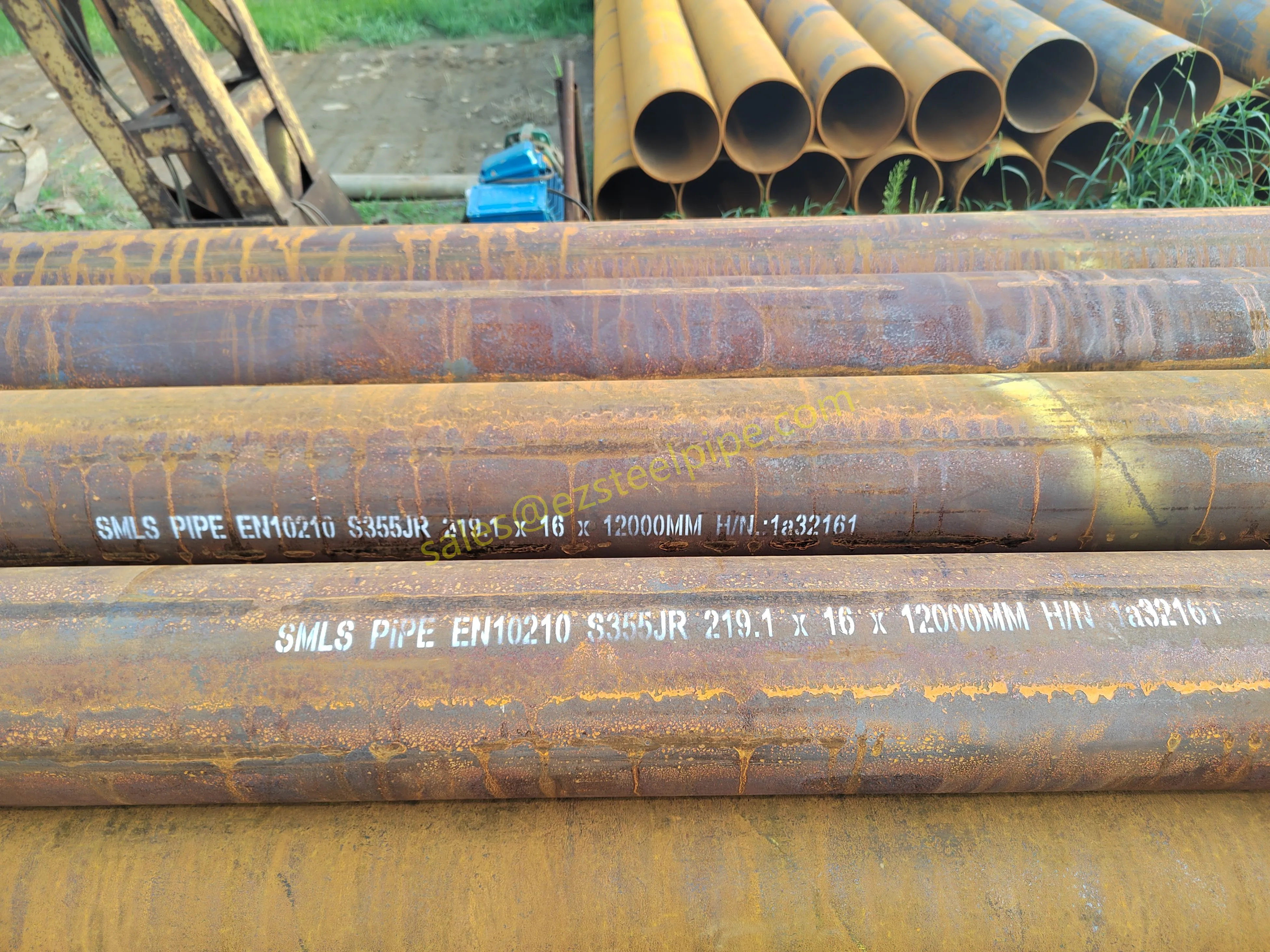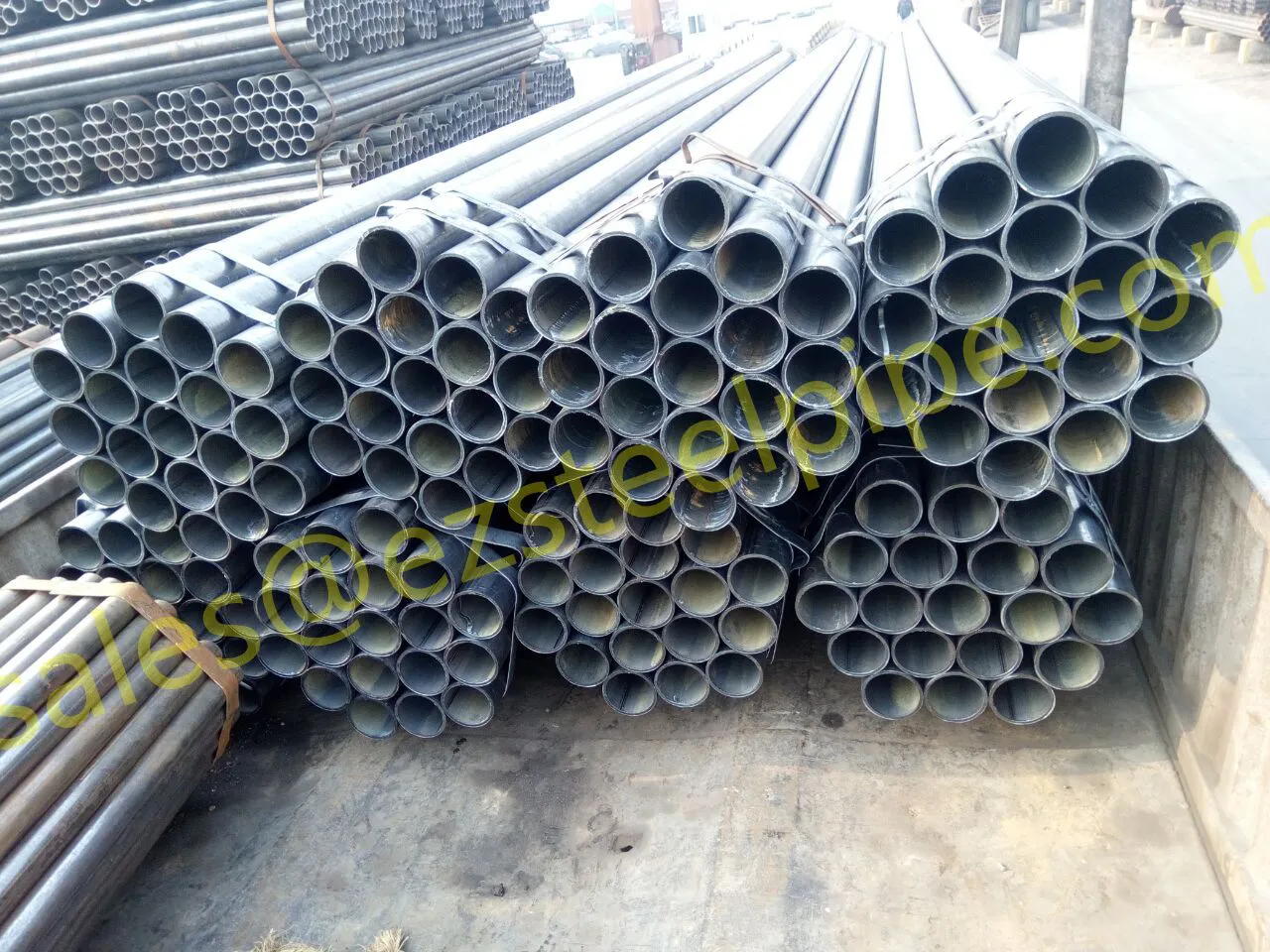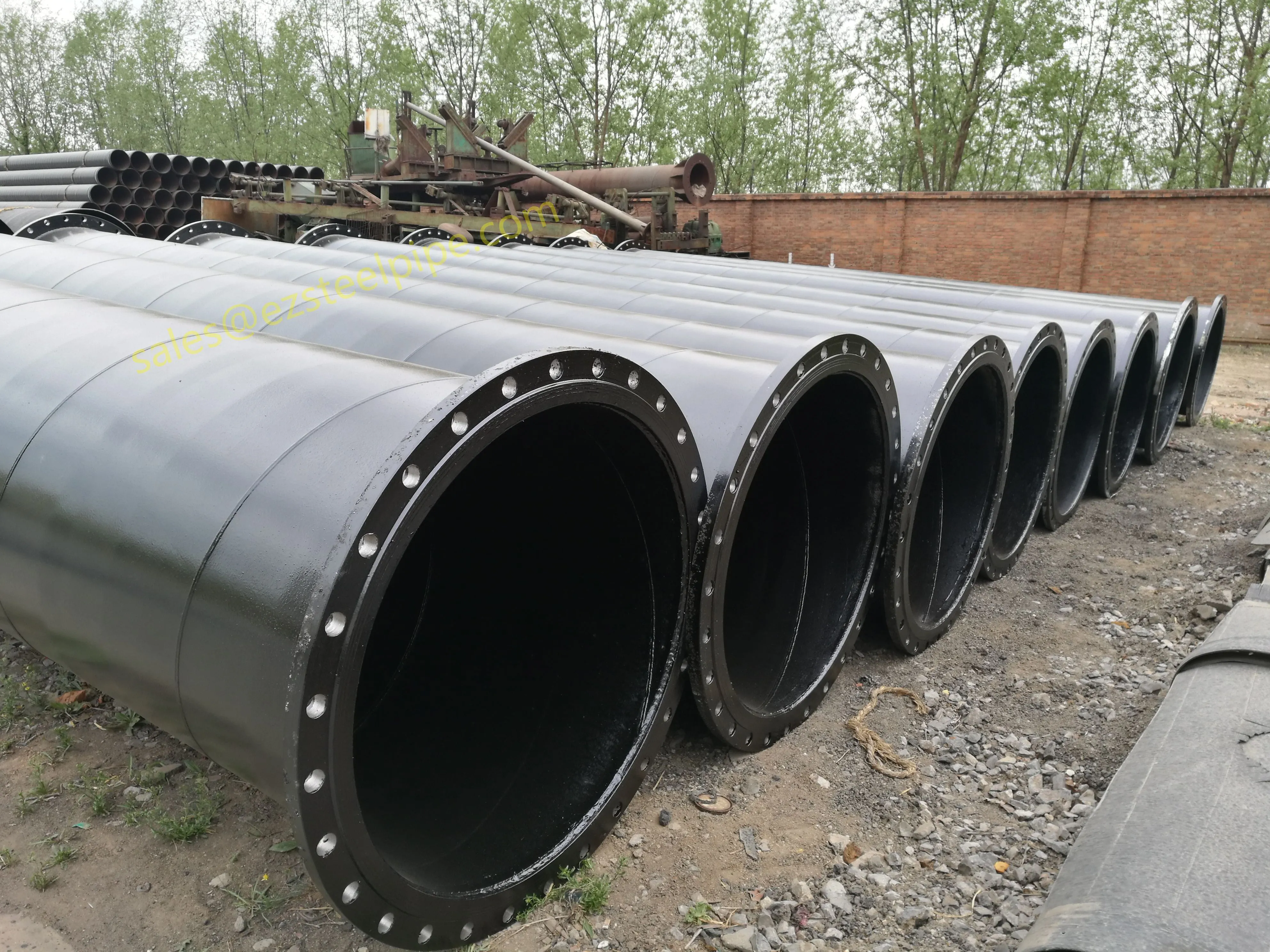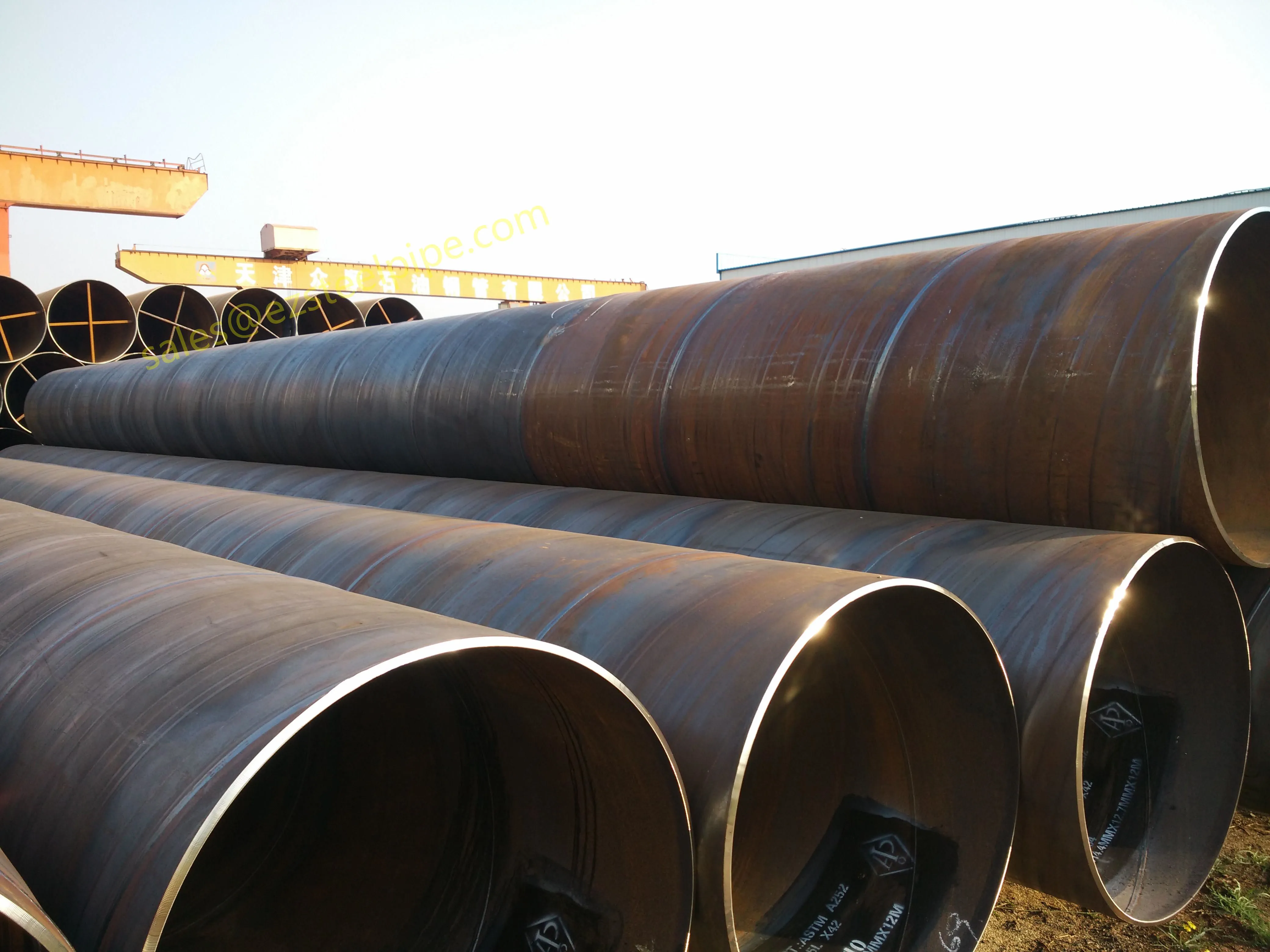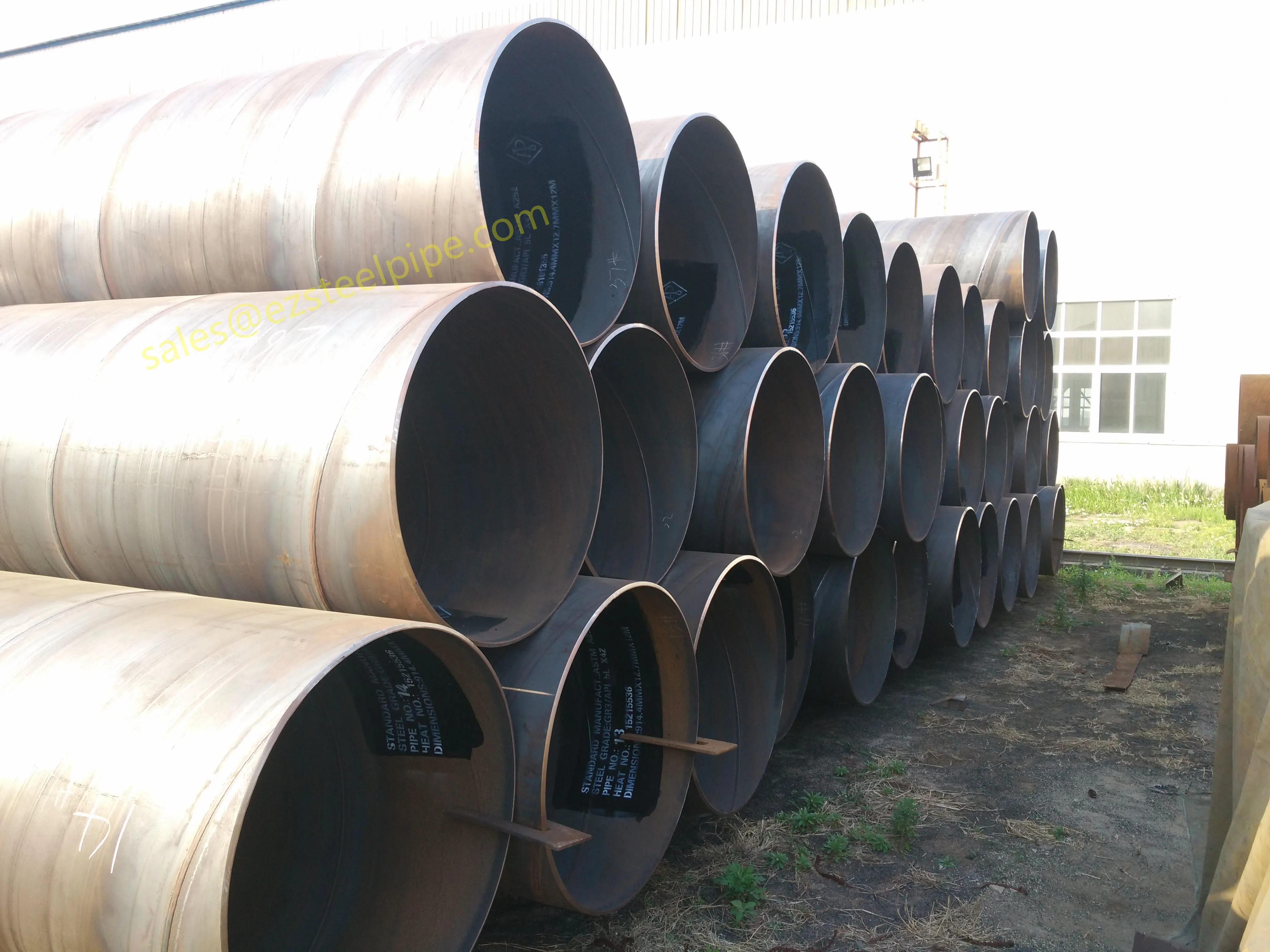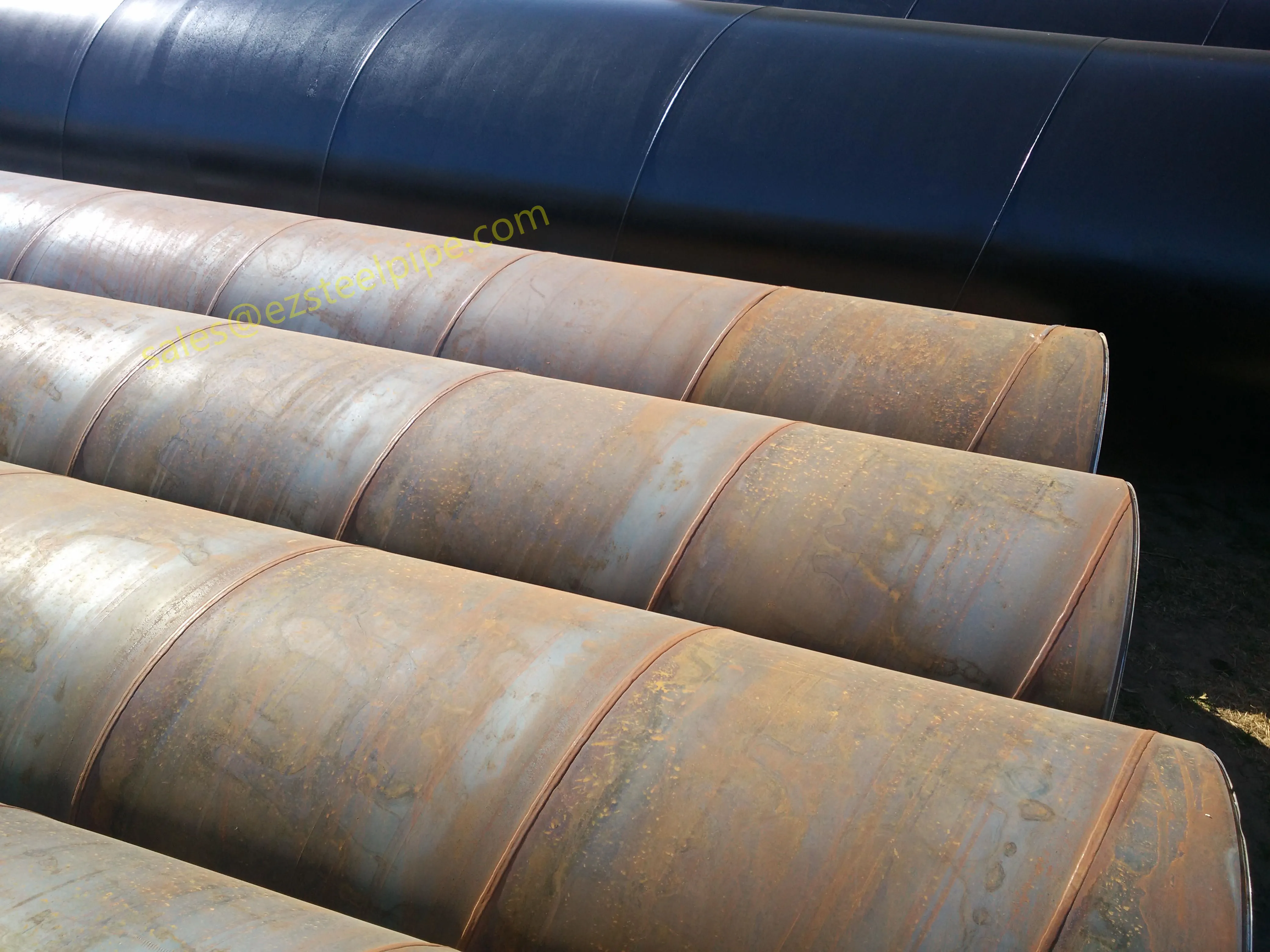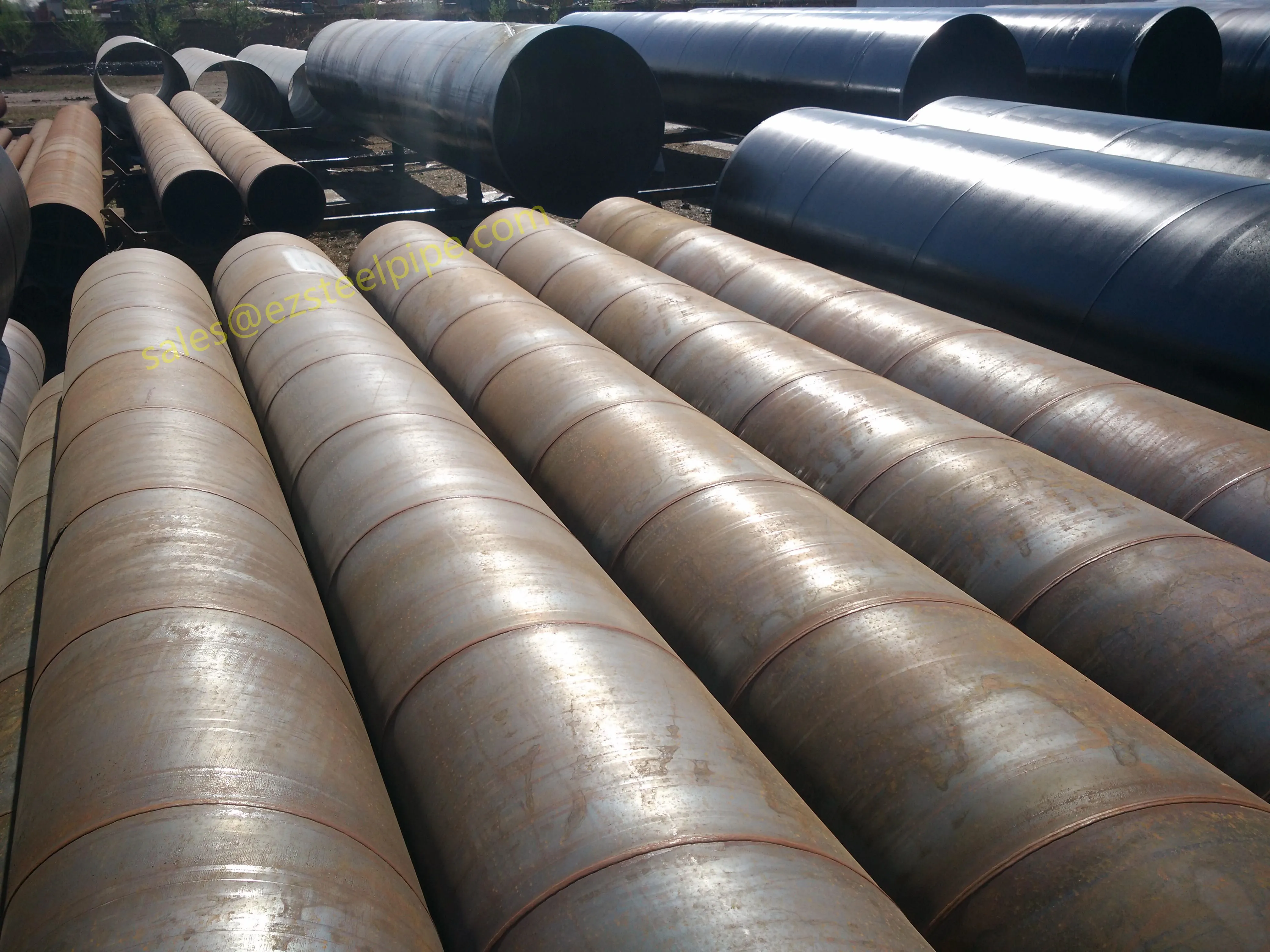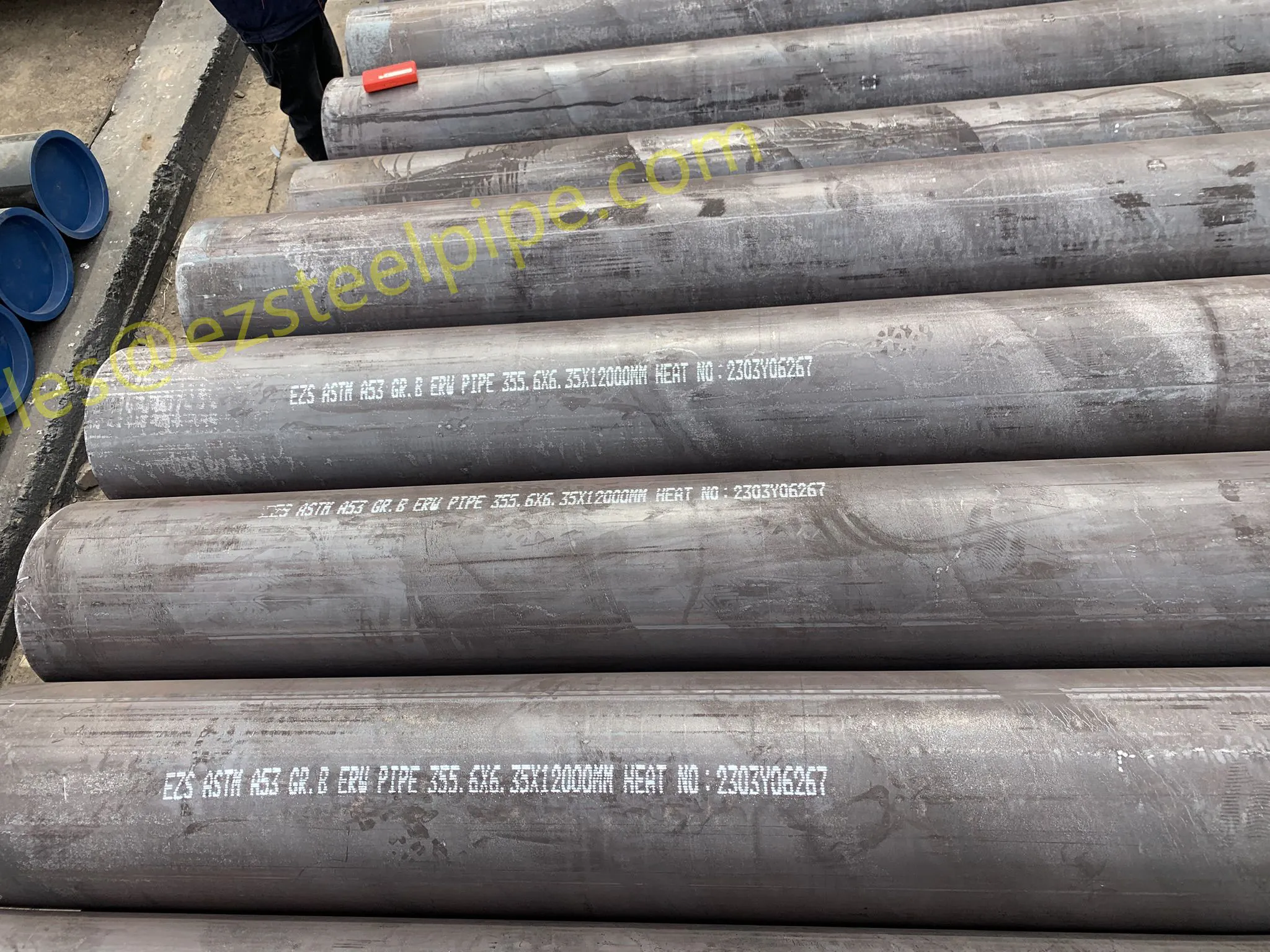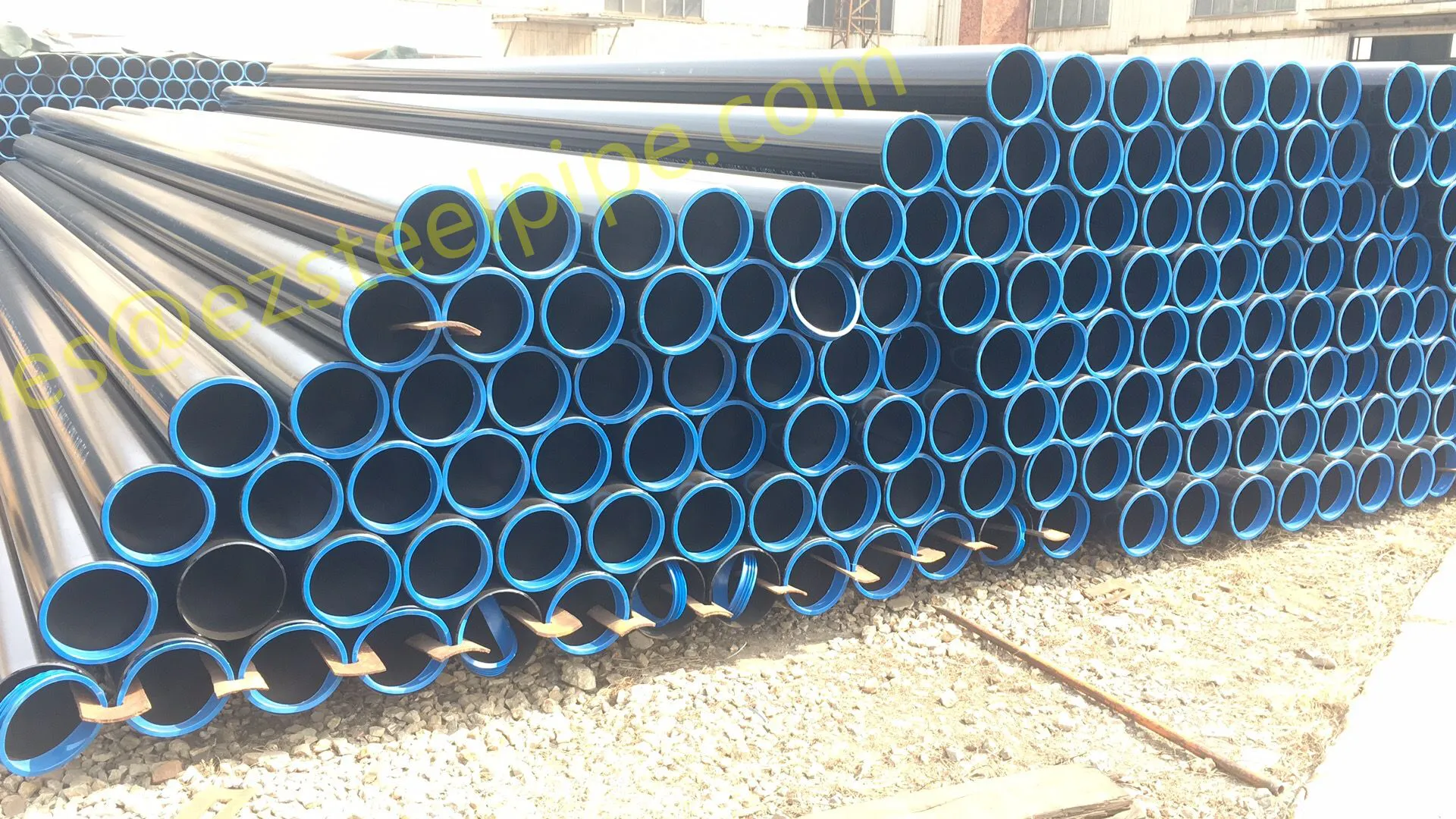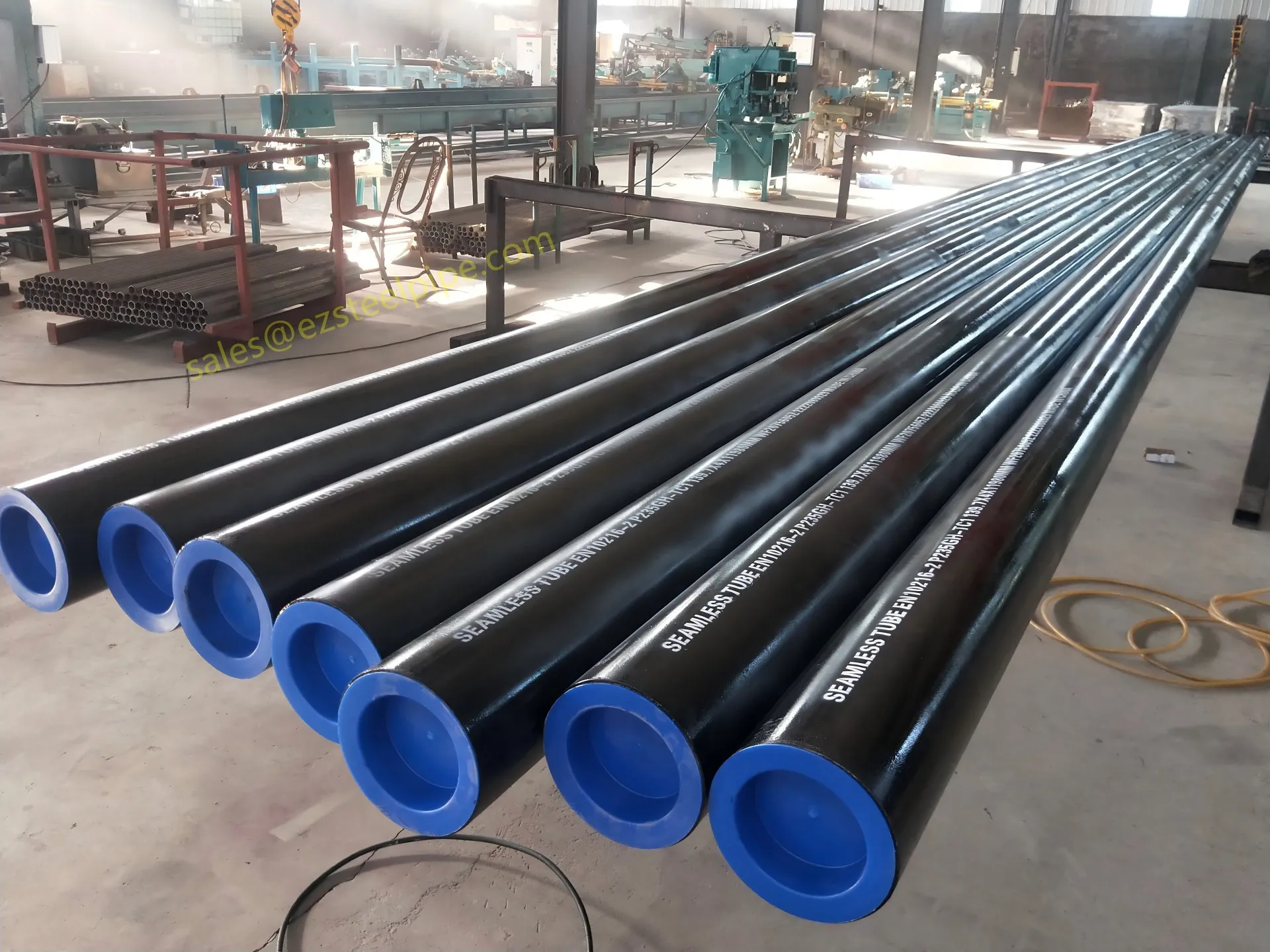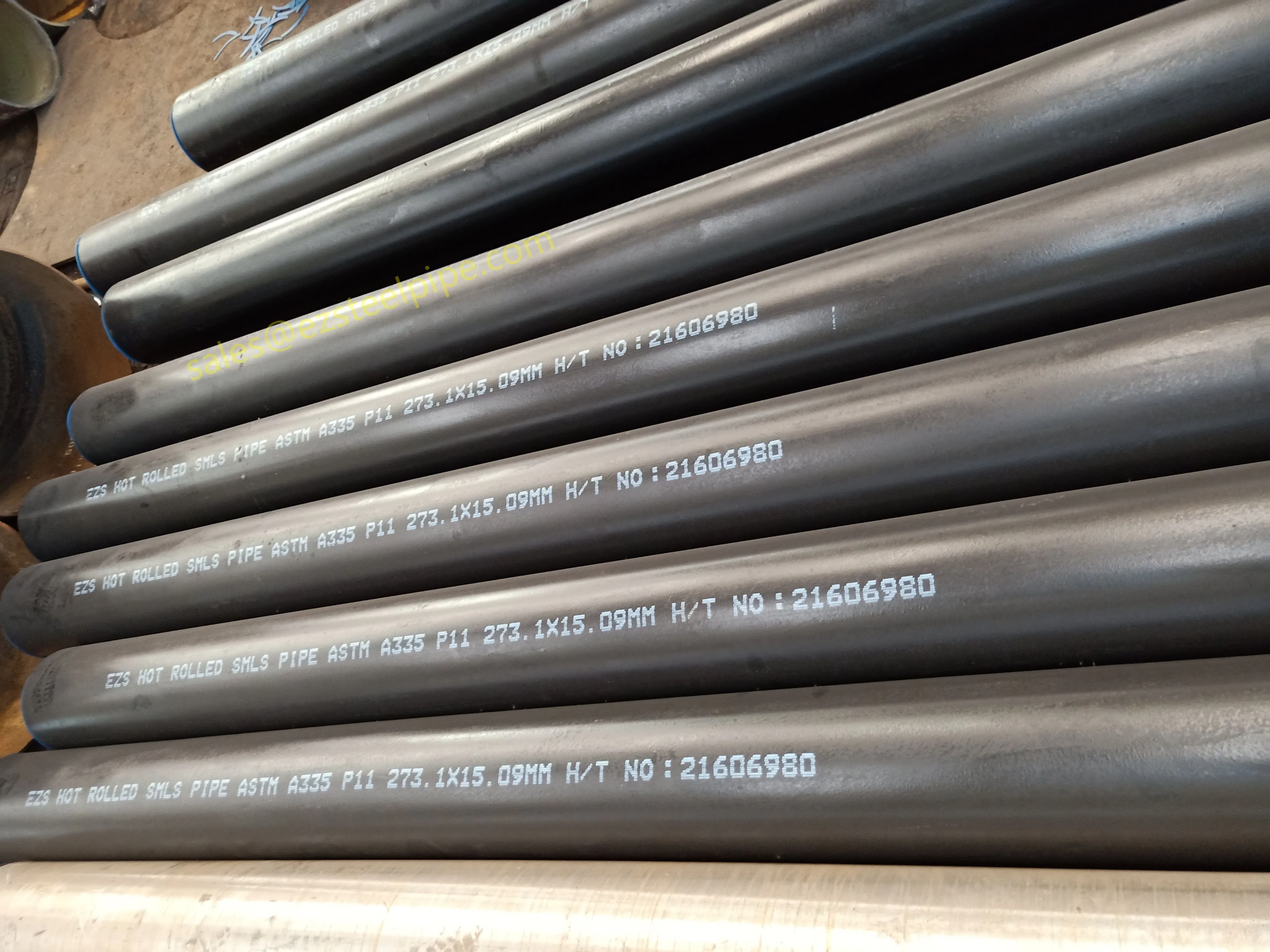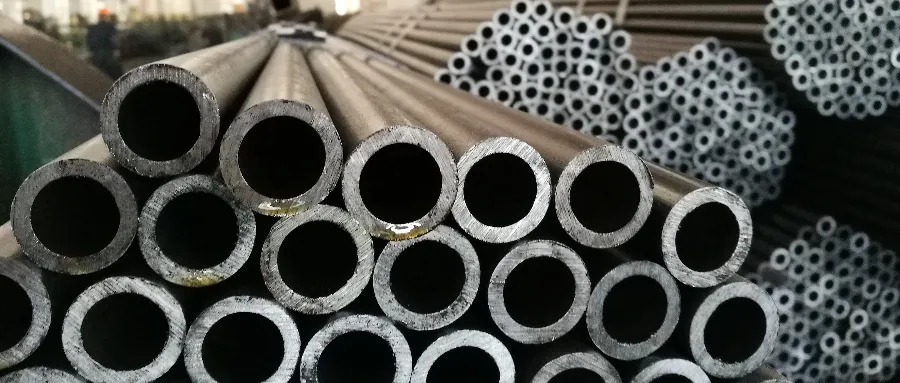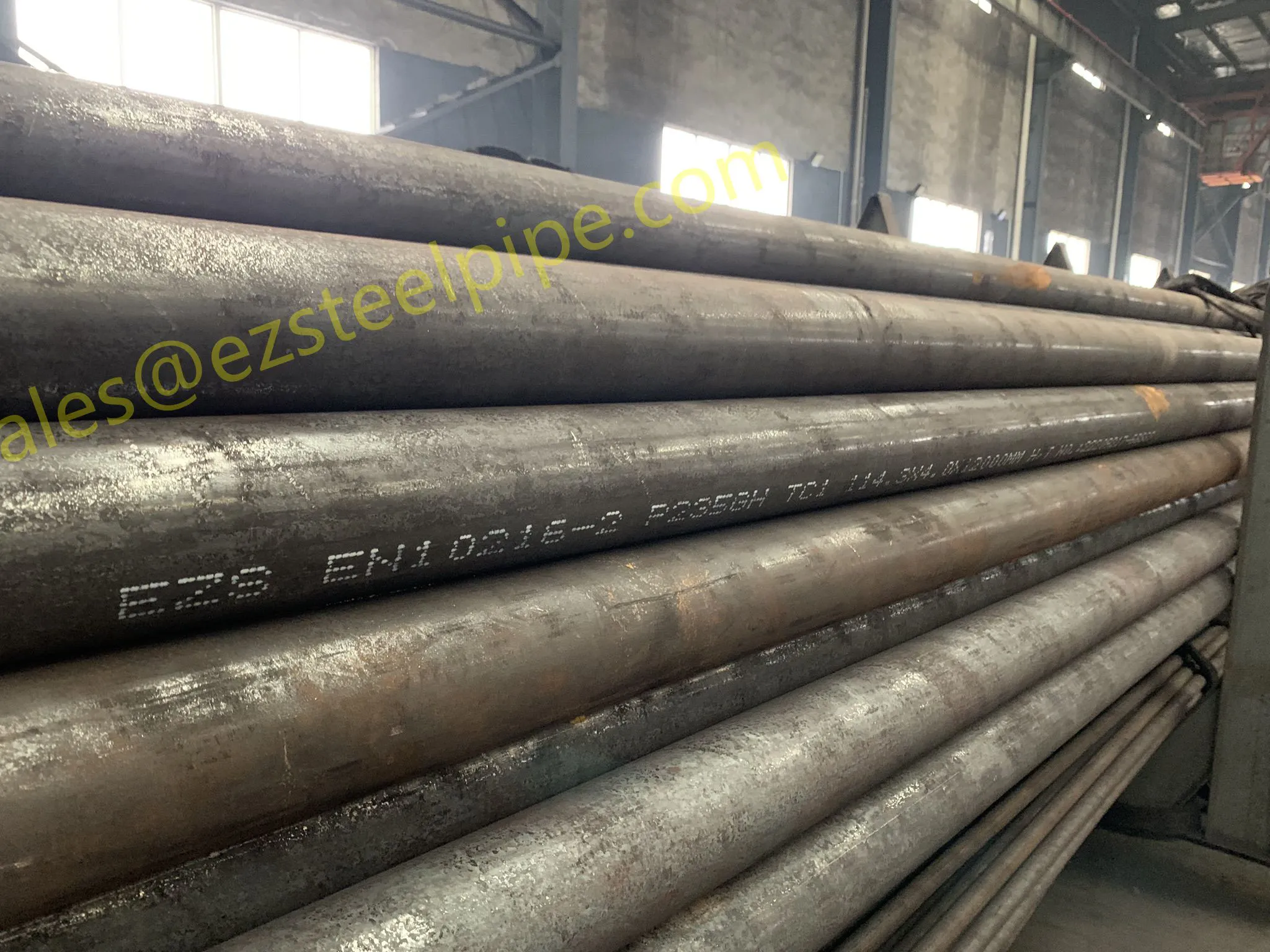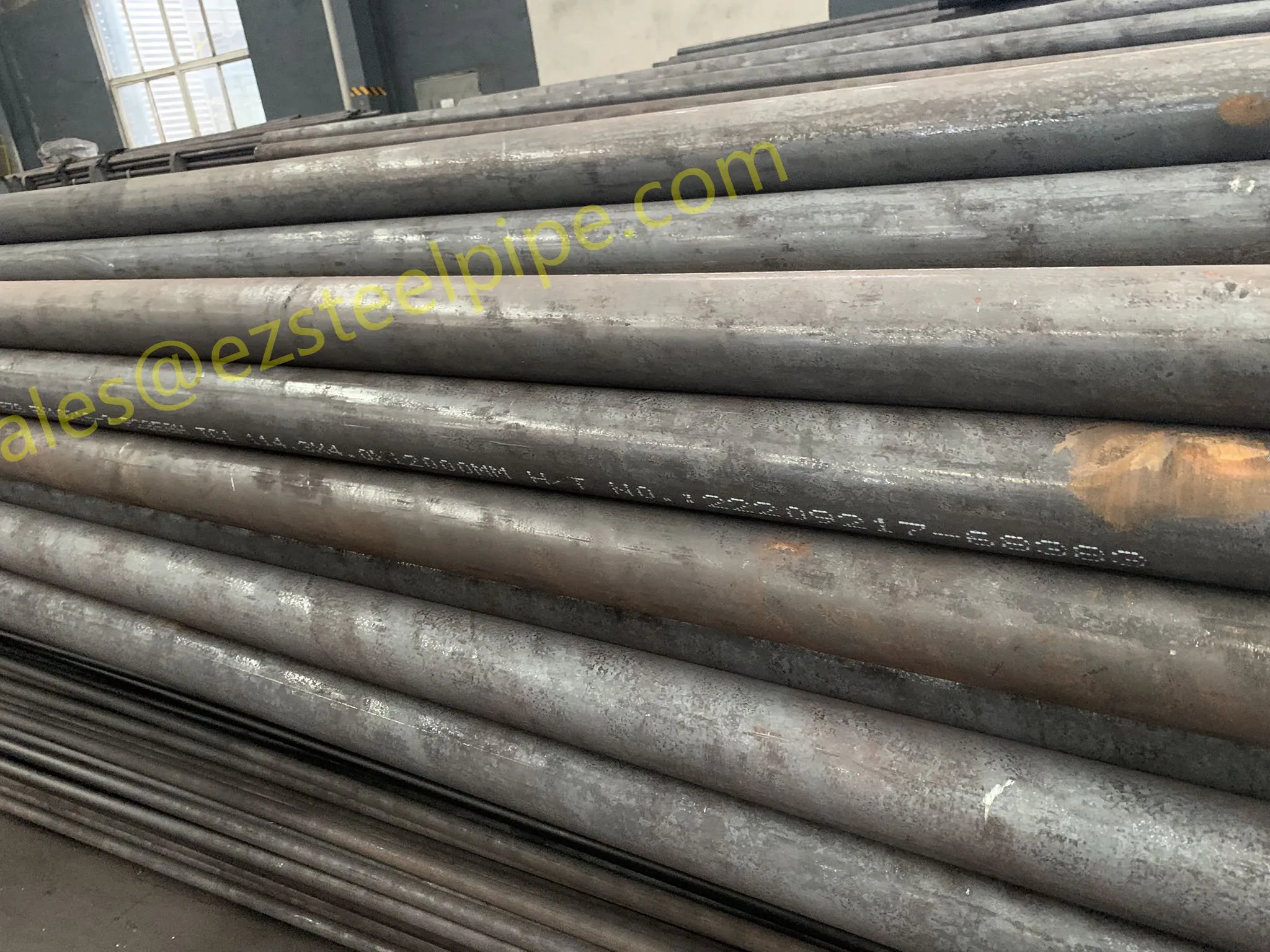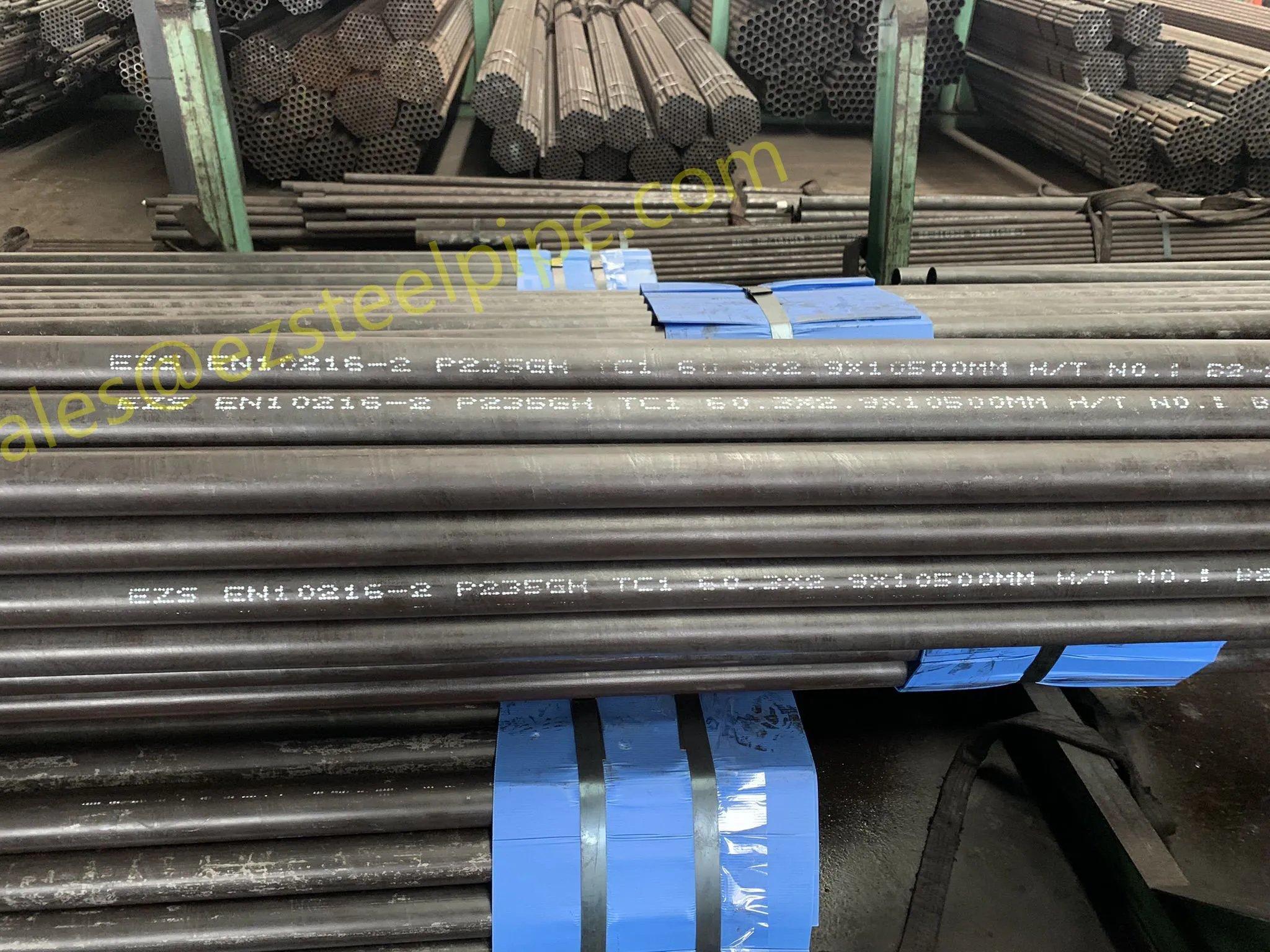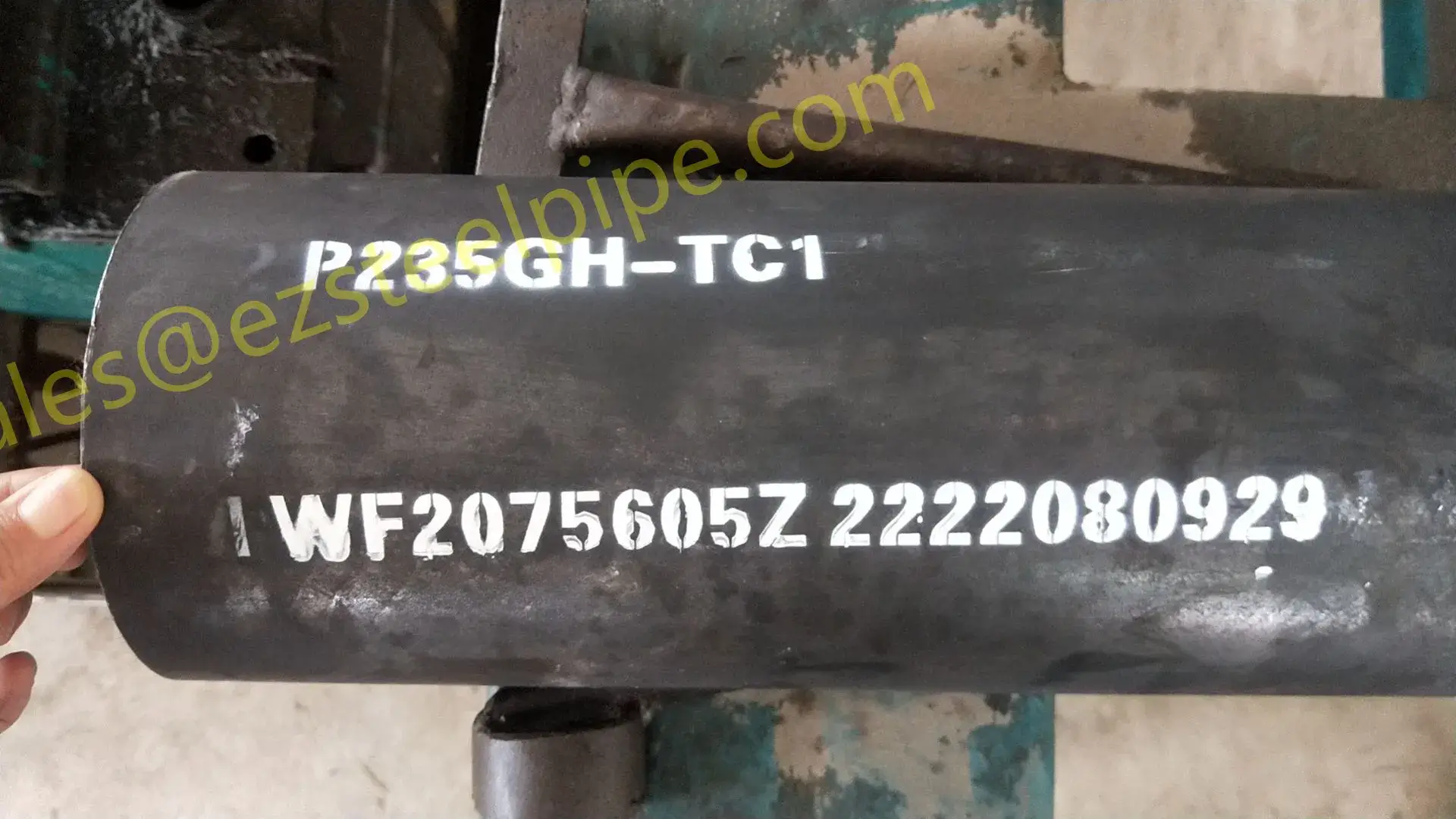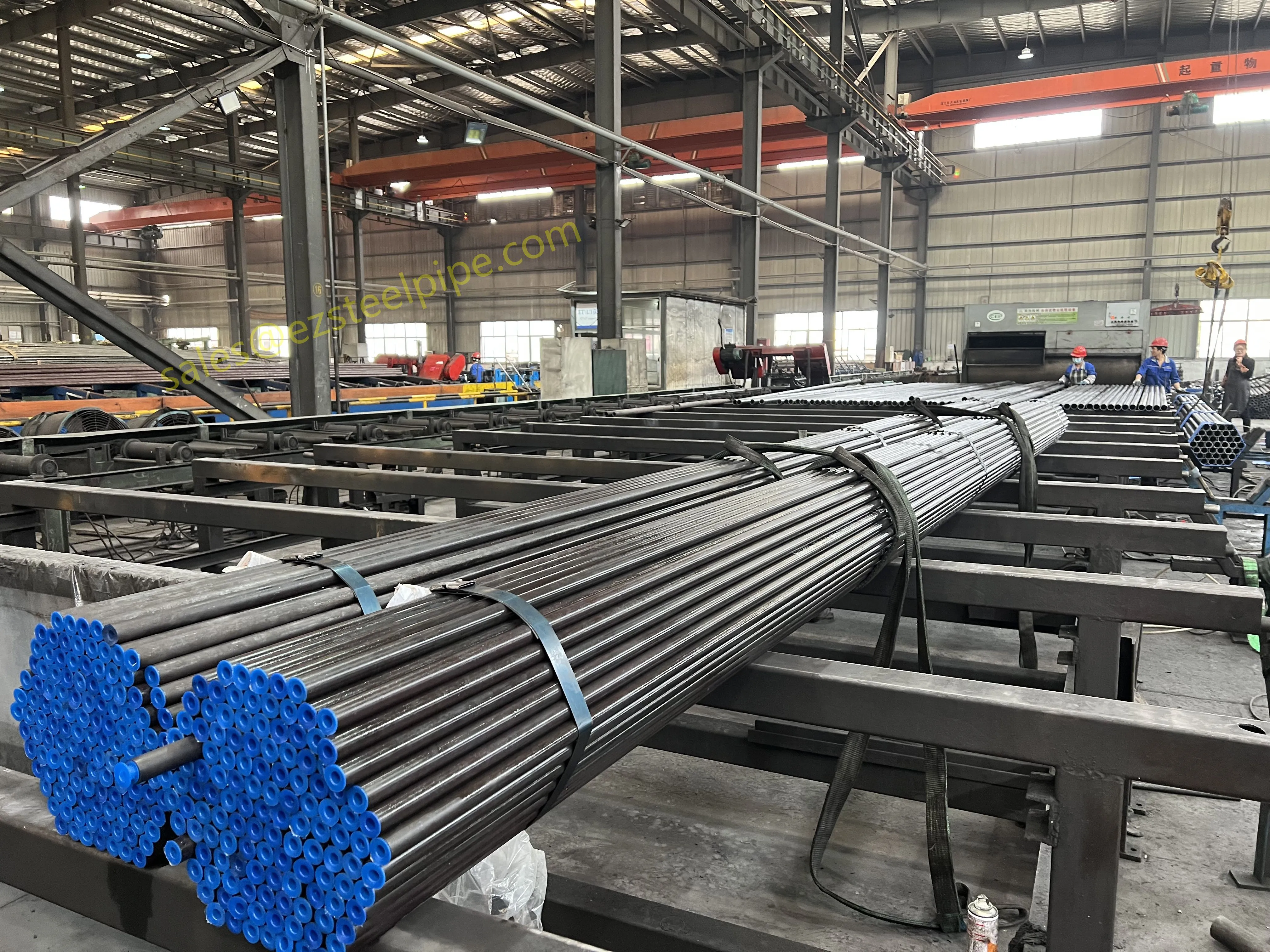From Iron to Innovation: The Early Days
The story of industrial tubes begins in the 19th century, a time when the world was waking up to the power of machinery. Back then, the need to transport water, gas, and steam—essential for factories, railways, and urban growth—drove the demand for durable piping. Early pipes were crude by today's standards: made of cast iron, they were heavy, prone to rust, and limited in their ability to handle high pressure or temperature. For example, the first steam locomotives relied on iron pipes that often leaked or burst, a risky flaw in an era without advanced materials science.
By the late 1800s, steel began to replace iron, offering greater strength and ductility. But even steel had its limits. In environments with moisture, chemicals, or saltwater, it corroded quickly, shortening lifespans and increasing maintenance costs. Industries like shipping and mining, which operated in harsh conditions, needed something better. That "something better" arrived in the early 20th century, and it would change everything: stainless steel.
The Stainless Steel Breakthrough: A Material Revolution
In 1913, a British metallurgist named Harry Brearley was tasked with developing a better rifle barrel—one that wouldn't rust. Experimenting with different steel alloys, he added chromium to the mix, creating a metal that resisted corrosion when exposed to air and moisture. Though initially dismissed as a curiosity, this "rustless steel" (later renamed stainless steel) soon found its calling in industrial applications. By the 1920s, the first stainless steel tubes were being produced, and their impact was immediate.
Unlike traditional steel, stainless steel tube could withstand exposure to water, acids, and salt, making it ideal for industries like food processing, where hygiene and corrosion resistance mattered. But its true potential would be unlocked in heavier industries. As factories, power plants, and refineries grew in scale, they needed tubes that could handle higher pressures, hotter temperatures, and more aggressive fluids. Stainless steel delivered, becoming the backbone of systems that simply couldn't exist with older materials.
Specialized Tubes: Meeting the Demands of a Modern World
As the 20th century progressed, industry didn't just need stronger tubes—it needed smarter ones. Take boiler tubing, for example. Early boilers used simple steel pipes, but as power plants shifted from coal to steam turbines (and later nuclear energy), the demands on these tubes skyrocketed. They now had to contain steam at temperatures exceeding 500°C and pressures over 300 bar, all while resisting the corrosive effects of impurities in the water. To meet this, manufacturers developed specialized boiler tubing with thicker walls, heat-resistant alloys, and seamless construction (eliminating weak welds that could fail under stress).
Meanwhile, the rise of chemical processing and refrigeration created a need for heat exchanger tube. These tubes, designed to transfer heat between two fluids without mixing them, became critical for everything from cooling industrial machinery to preserving food. Early heat exchangers used basic copper tubes, but as processes grew more complex—think refining oil or manufacturing pharmaceuticals—stainless steel heat exchanger tubes took over. Their ability to handle both high and low temperatures, along with resistance to chemicals, made them indispensable. By the 1970s, innovations like finned tubes (which increase surface area for better heat transfer) and U-bend tubes (allowing for compact, efficient designs) further pushed the boundaries of what heat exchangers could do.
 export@ezsteelpipe.com
export@ezsteelpipe.com +86 731 8870 6116
+86 731 8870 6116






 Related Products
Related Products

